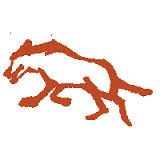In Finland and Lapland the people might have heard the song about Halti’s Wedding, which tells the sad story of a wedding celebration with a catastrophic end in the northernmost of Finland, in the Halti area. Halti is the highest fell in Finland, 1,324 m high, situated on the border between Finland and Norway.
The authors Asko Kaikusalo and Yrjö Metsälä have written a book named “Tarujen tunturit”, translated topic: The Tales of the Fells. In this book they reveal the background to the catastrophic wedding.
This is how the story goes:
“The icy wind sweeps in from the north. It retrieves its icy breeze from the shores of Ruija (Ruija is the northern part of Norway facing the Arctic Ocean). The icy wind gathers more strength from the wide Arctic expanse, and finally swooshes along the slopes of Saana. In the village behind Saana a whining sound is heard and people tell Saana fell is crying again… Saana is a fell in Enontekiö municipality in the “arm” of Finland.

At the time of this story this was the land of big trees and a lot of snow and here lived only giants. The giants lived in different villages. Each one lead their own tribe, they went fishing in the Arctic Ocean and made enormous campfires. Today the forests have disappeared, fallen into the lakes and turned into waterlogged skeletons at the bottom of the lakes, but the flames from the bonfires remain. The bonfires of the giants rose into the sky and they still nowadays can be seen as northern lights in the nights.

In the fells of the “arm” of Lapland, that is, the tribe of Halti, the Halti äijä (=old man) was in charge. The village was located near Porojärvi, a sea in the northernmost of Lapland, but the “Haltians” often made adventures war expeditions against the Ruijians and other tribes in Lapland.
The Saana fell was one of the giants of the “arm”. He was tame and grumpy but a very handsome young man. He fell in love with his neighbor Malla, an incomparable maiden. After the romance had started, the young couple thought they’d better get married. The wedding was planned and organized to take place in Porojärvi Church. An old vice man/giant from Norway, Paras, was asked to be the consecrator, and people from all over Lapland were invited as guests. You can see the “arm” of Lapland here. Porojärvi is situated east from Kilpisjärvi in the wilderness of the fells.
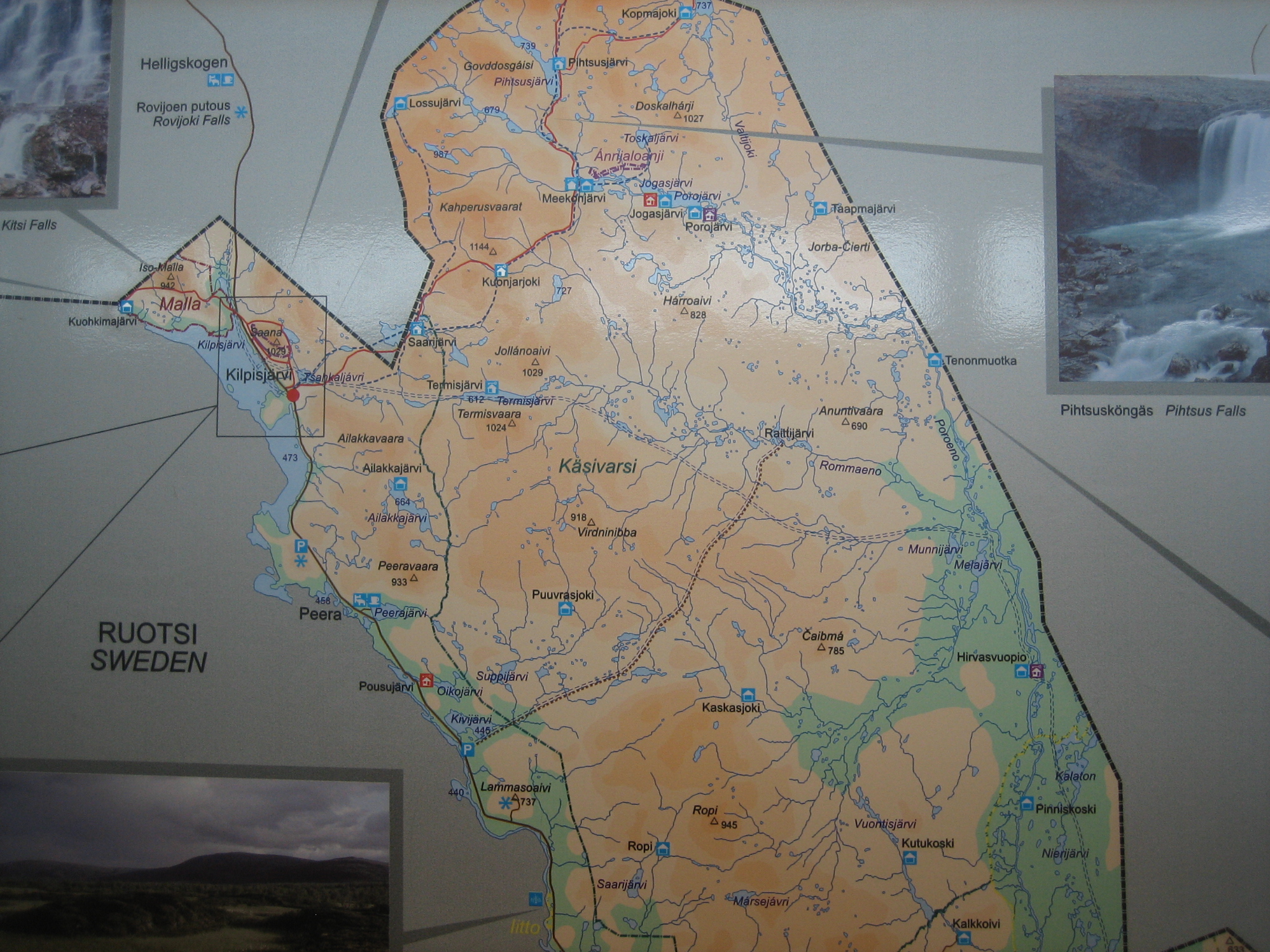
However, there was one crowd that could not be invited: The enemies included the voluptuous Pältsa of Sweden, who had also struck his eye at the beautiful maiden Malla. His allies were the vicious old maids; “pohjanakat”, some wizards of the Arctic Ocean. Together, these decided to do everything they could to prevent the wedding.
The guests filled the church in Porojärvi. The wedding was going to start and suddenly everyone was chocked: Pältsa stepped through the door and screamed: “I wasn’t invited, but I came to see it anyway, because I don’t think everything will go as planned.” At that moment, the north wind began to blow real hard.
Paras, the norwegian consecrator, asked Malla and Saana to approach. But as the couple approached the altar, the storm reached top speed . The wind howled in the church tower and the whole building started to shake. An immense mass of ice began to roll from the north towards Porovuoma and Porojärvi. In panic, the church people escaped the church. Not everyone was able to reach their homes before they were covered under an ice sheet. The bride to be, Malla, fell to the floor, but Saana lifted her up in his arms and rushed towards the shore of Lake Kilpisjärvi; a small lake in the west. There they both froze side by side; Saana even stiffer, and Malla near her mother, all facing south. From the tears of the mother and daughter, the clear-water Lake Kilpisjärvi grew to its present size.
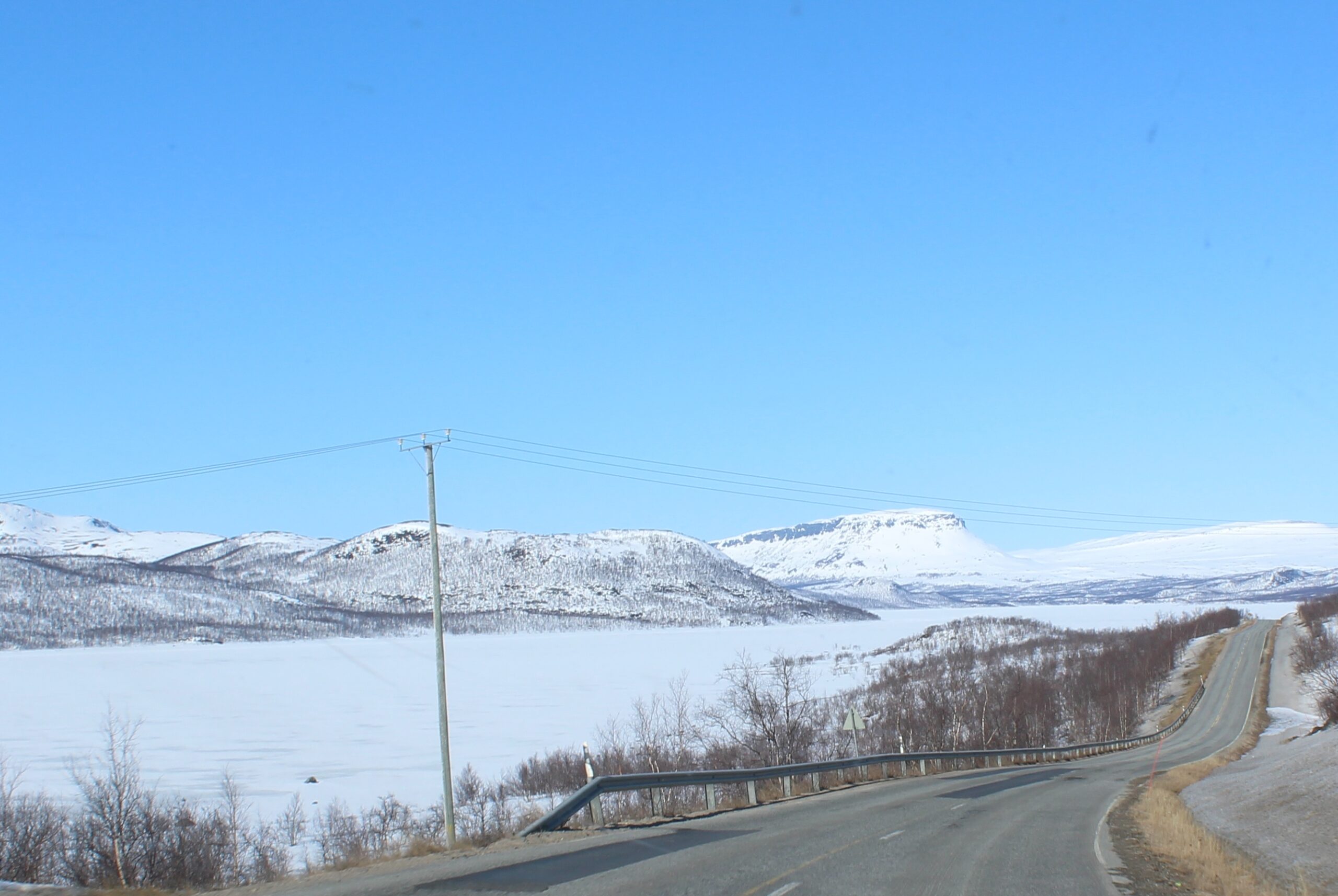
Pältsa also ran back to his own country Sweden. His allies, the furious maids “pohjanakat” could not any longer control their actions, and so Pältsa also was covered up until his ears by the ice. Only the crown remained visible.
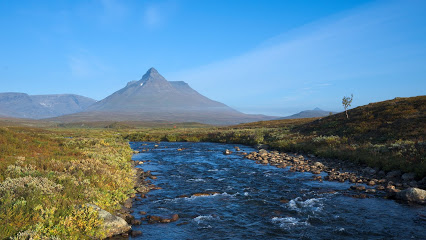 (picture from Wikipedia)
(picture from Wikipedia)
This was the beginning of the Ice Age
Thousands of years later, these ice masses melted, and the giants were revealed. They could no longer move. But memories of those weddings are still to be seen in Lapland. As the Lapland people escaped in panic from the church of Porojärvi all over Lapland, their colorful clothes were torn in the wind and spread all over the slopes of the fells, expanses and over the valleys. Every autumn, the same splendor of color floods the fell in the form of colors during the vibrant autumnal period; “ruska”, in Lapland.”
If you ever walk the fells of the “Arm of Lapland”, you will encounter these giants, the gloomy Saana and the enchanting Malla.
In this picture you see Malla fell behind me. It is nowadays the Malla National Park.

Here is a picture of me in Norway with all the high fells in the background. That is the area where Paras/Barras and Pältsa can be seen.

Far to the Swedish side you can see the grizzled Pältsa and next to him on the Norwegian side the sharp-witted consecrator, Paras/Barras. 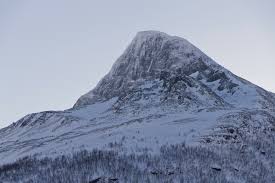
On this picture I have marked Pältsa. Paras/Barras fell is just north of Pältsa behind the border to Norway.

Even after the ice age, these fells – like fells everywhere – have experienced countless events, both fabulous and true. And if you go there with the right, compassionate receptive mind, you may get a glimpse of something of the fairytale-like innermost of the fells.

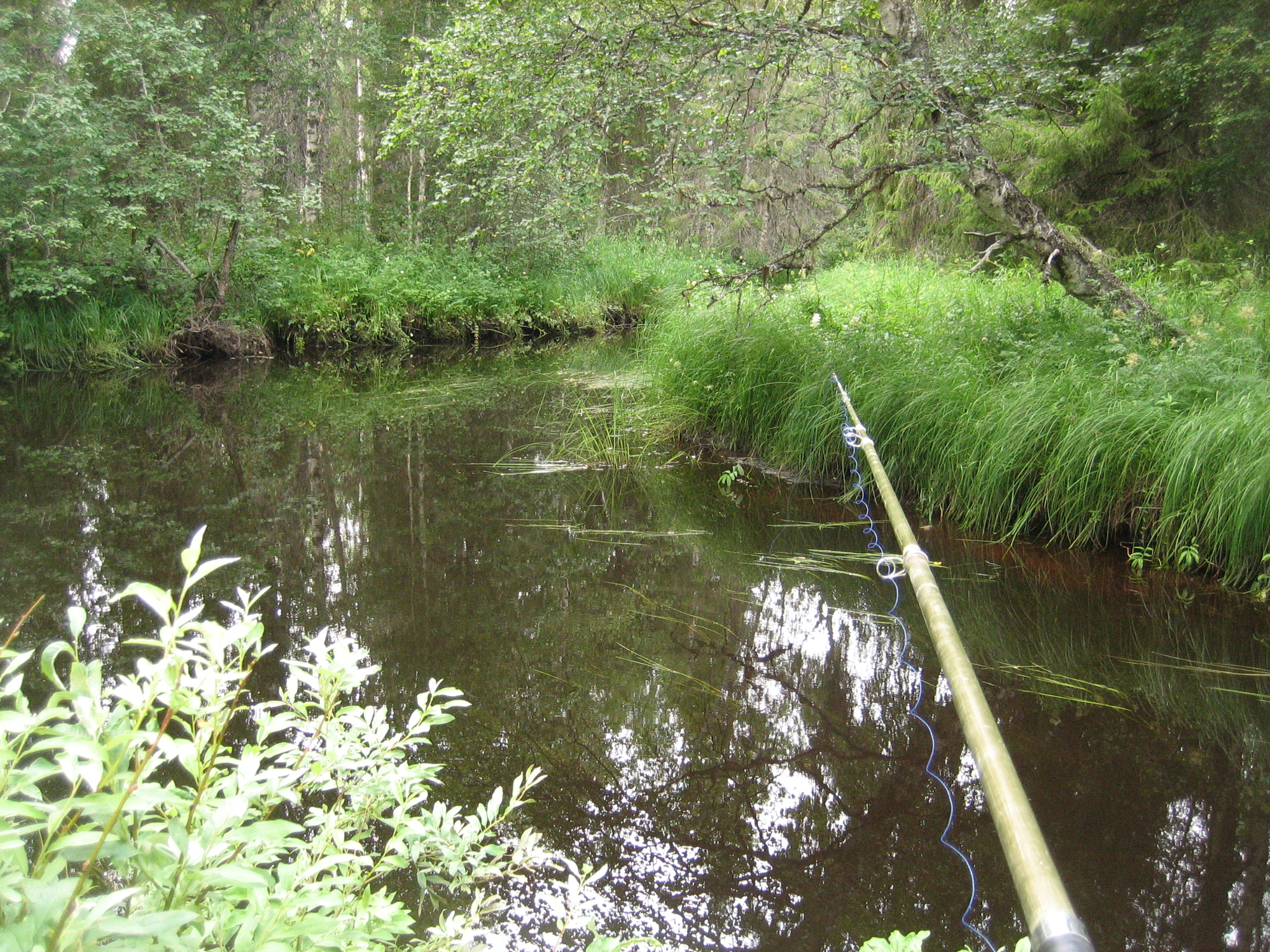


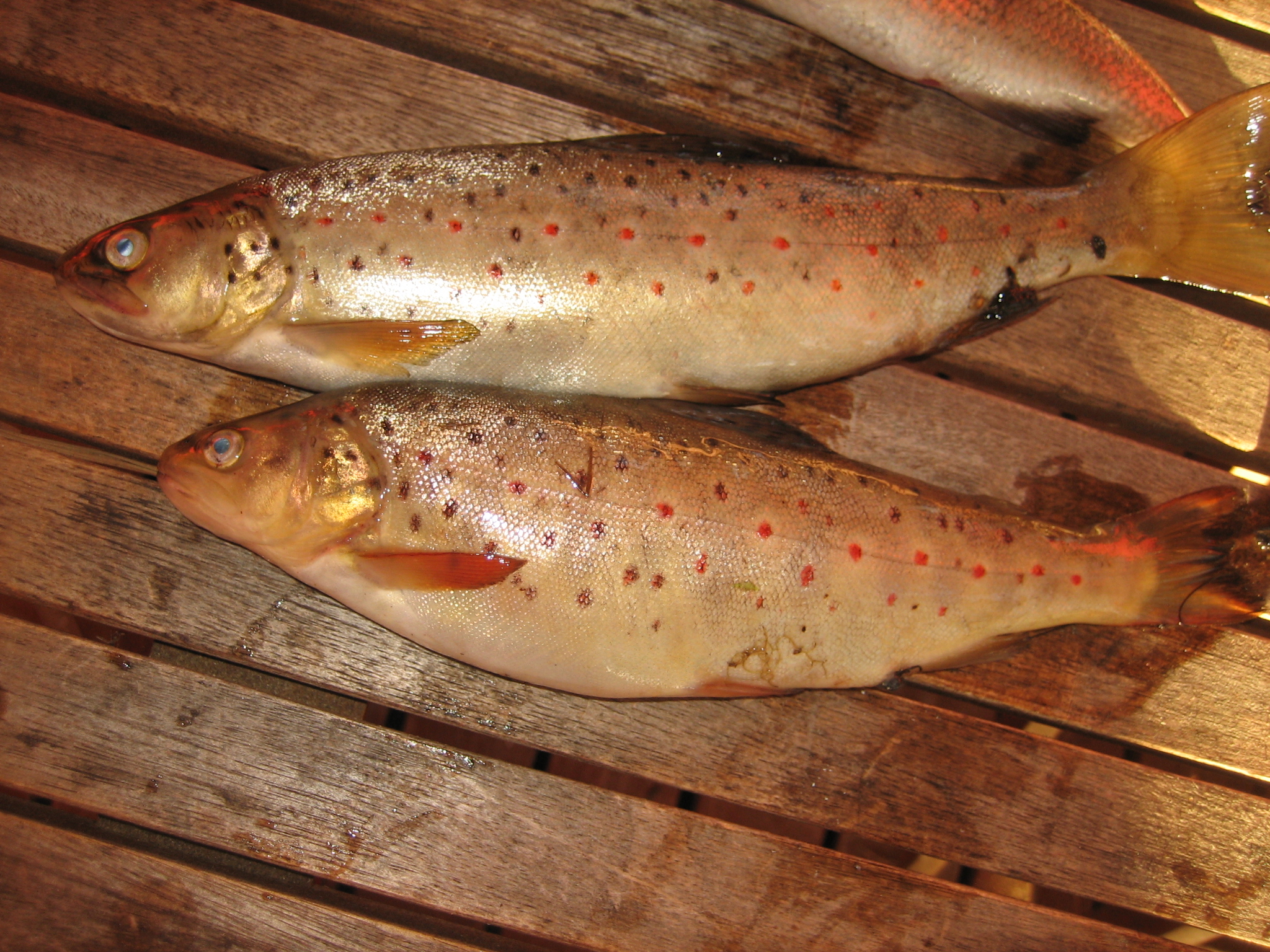

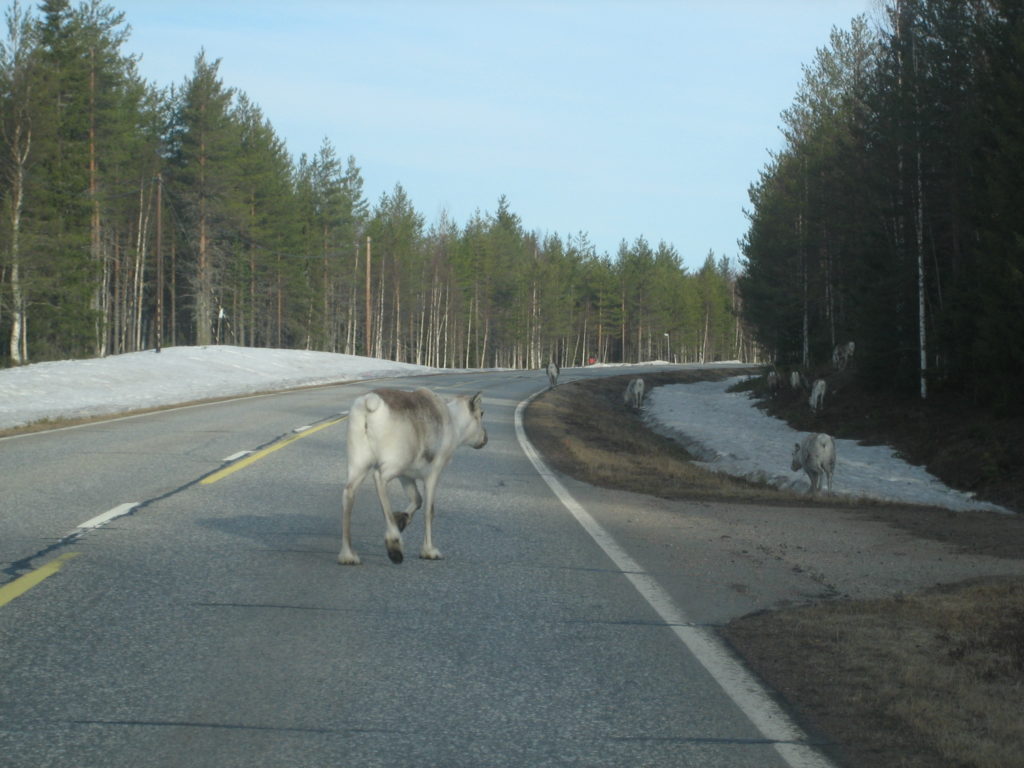
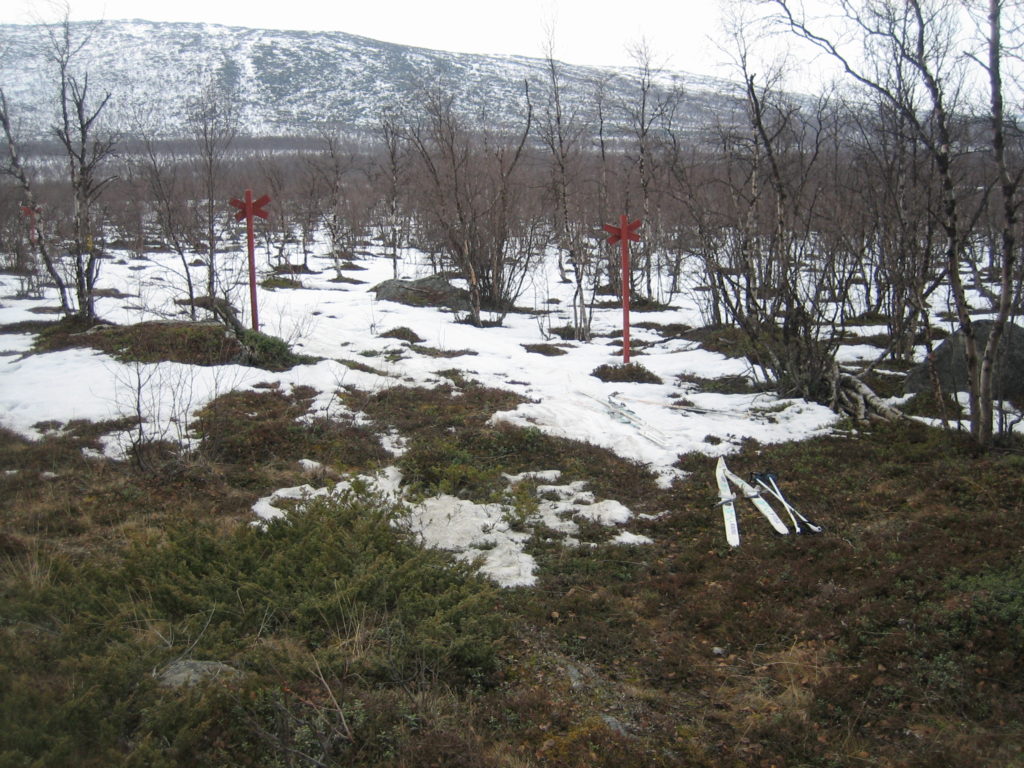
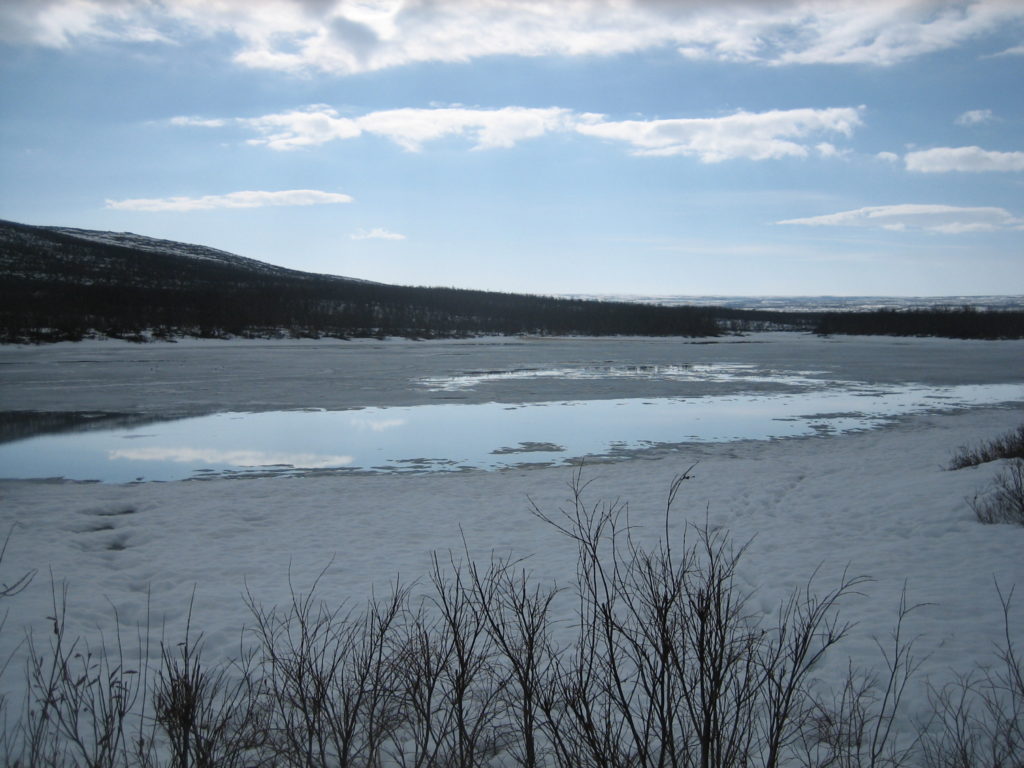
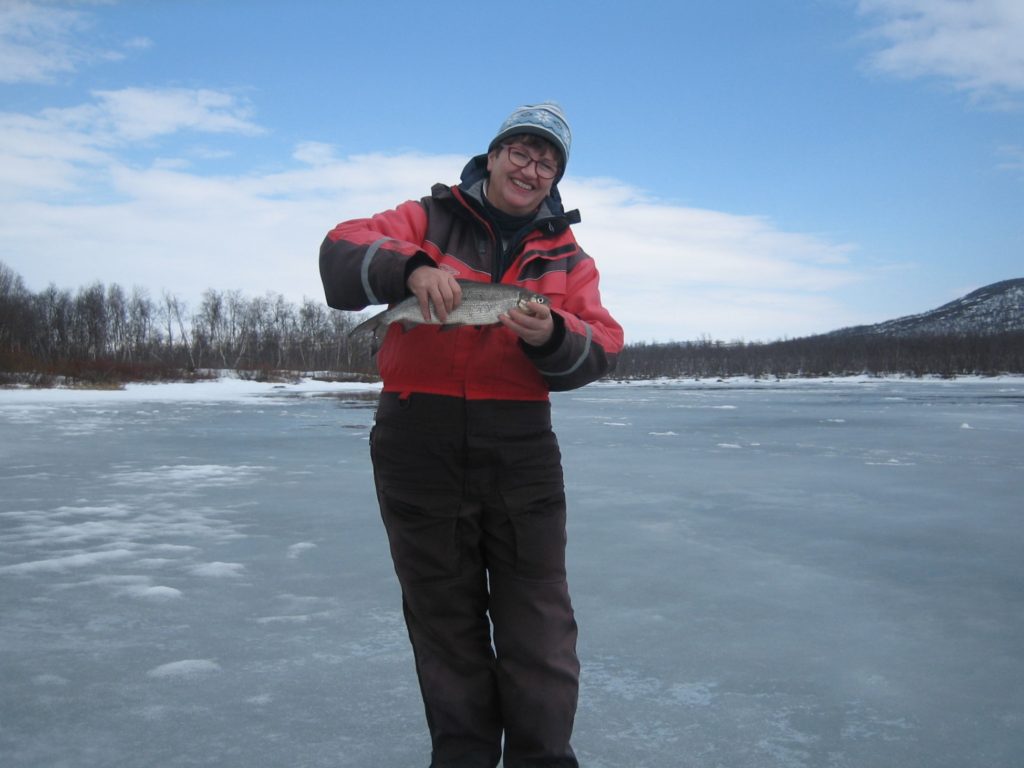
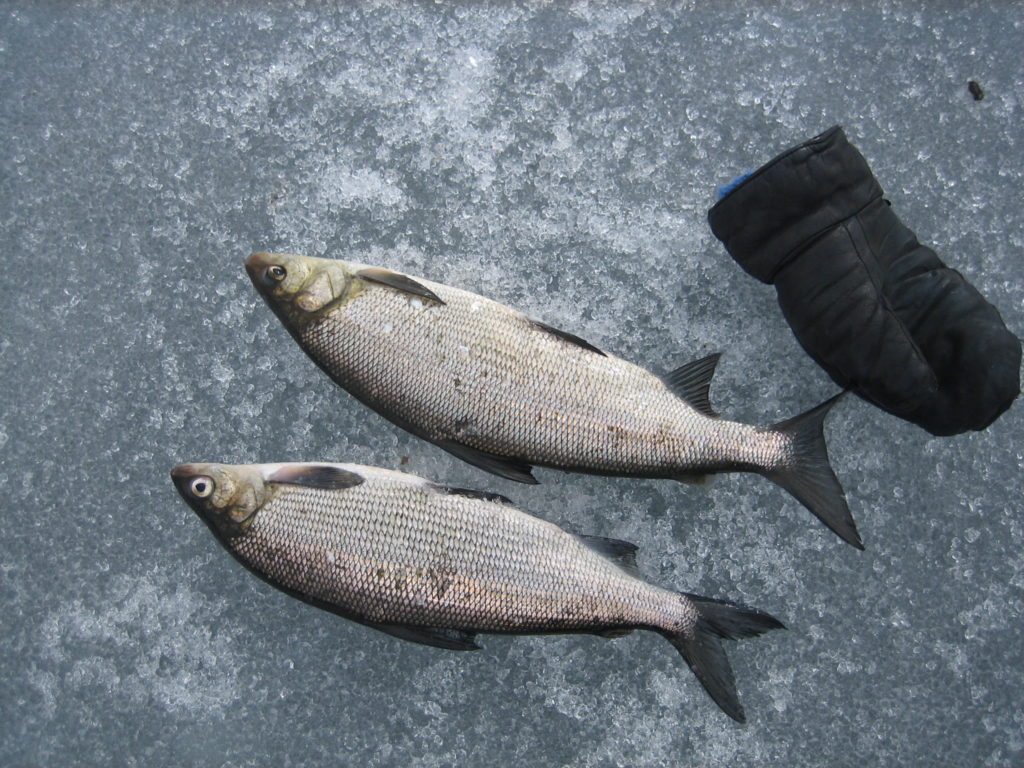
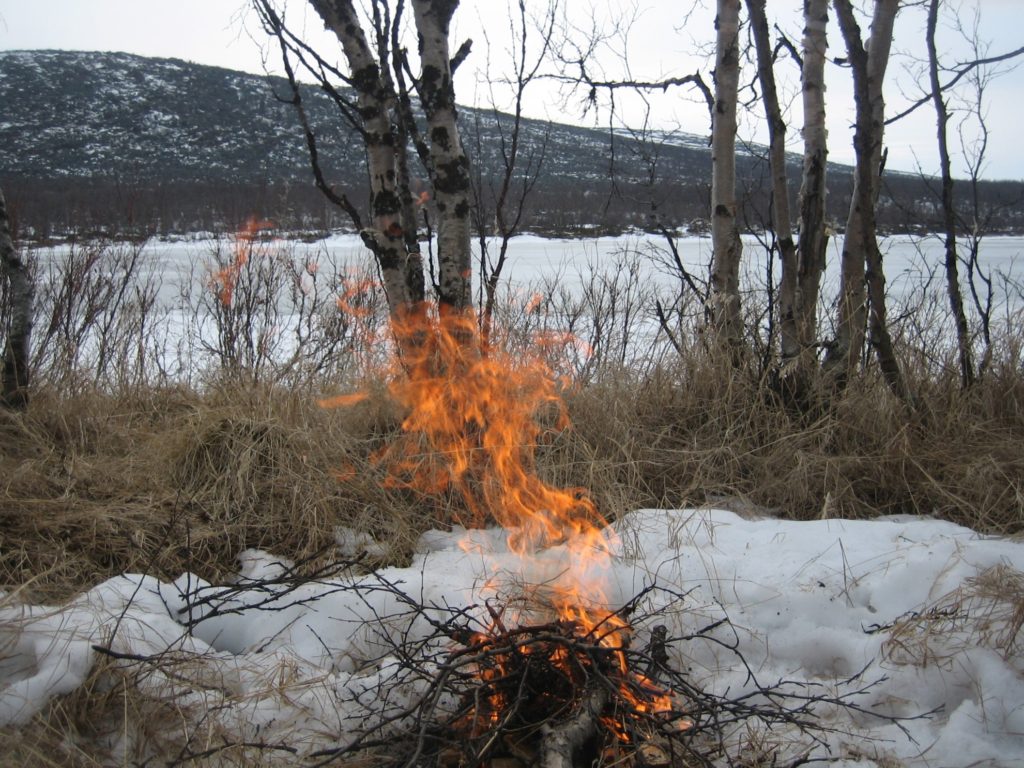
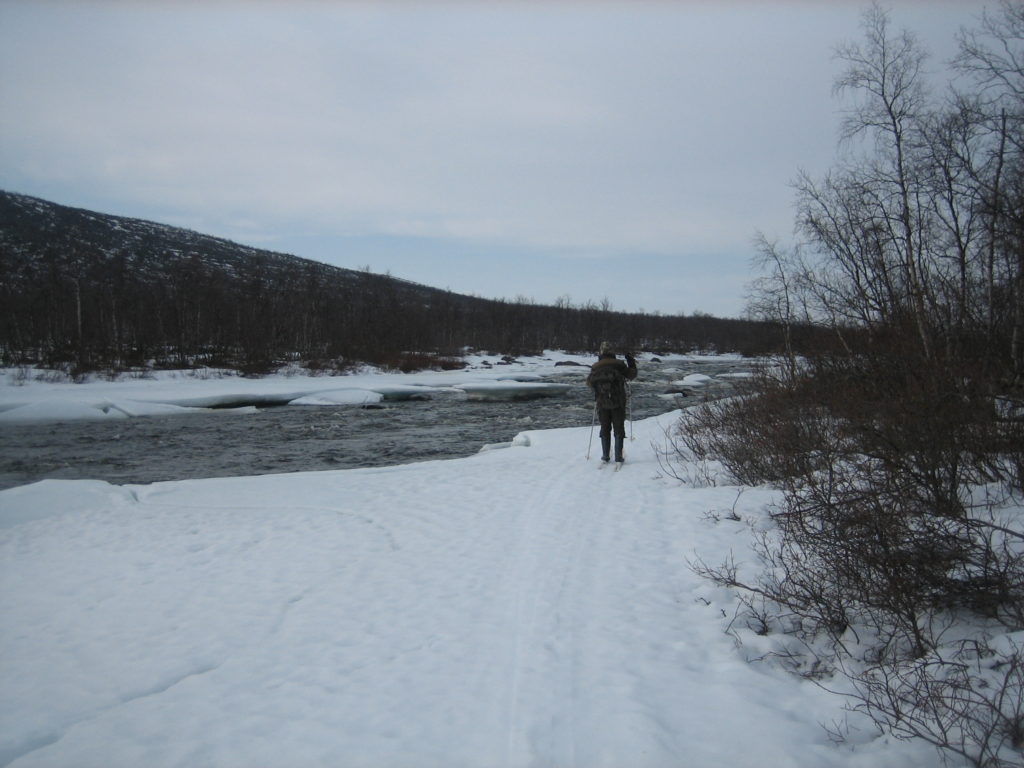

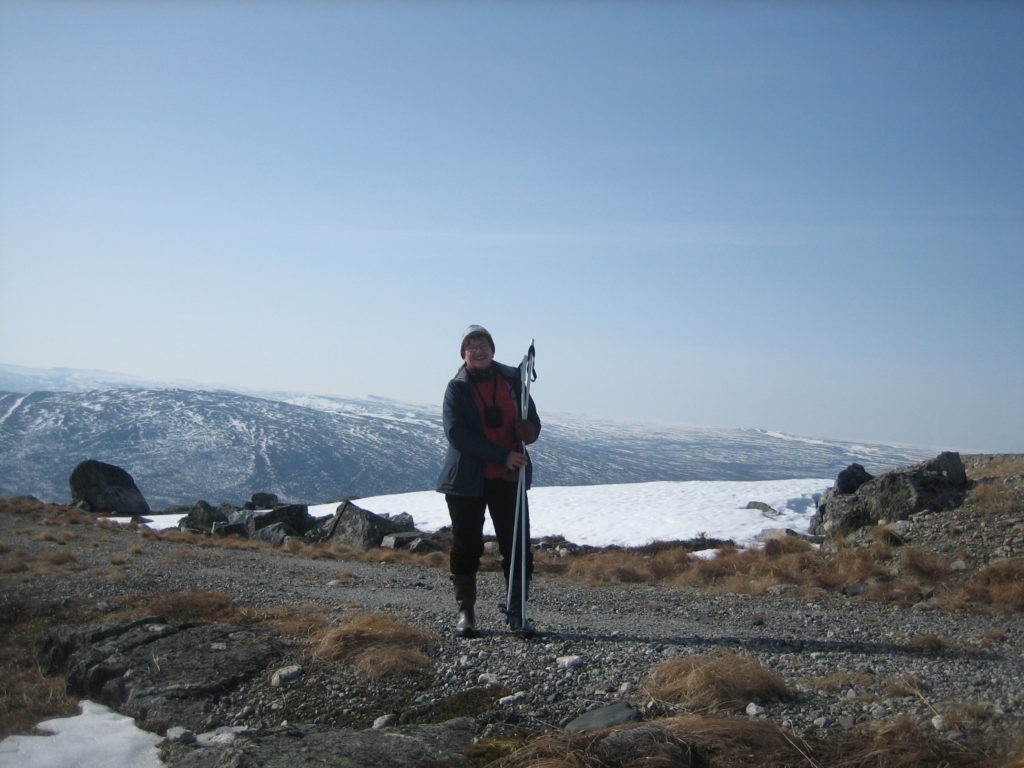
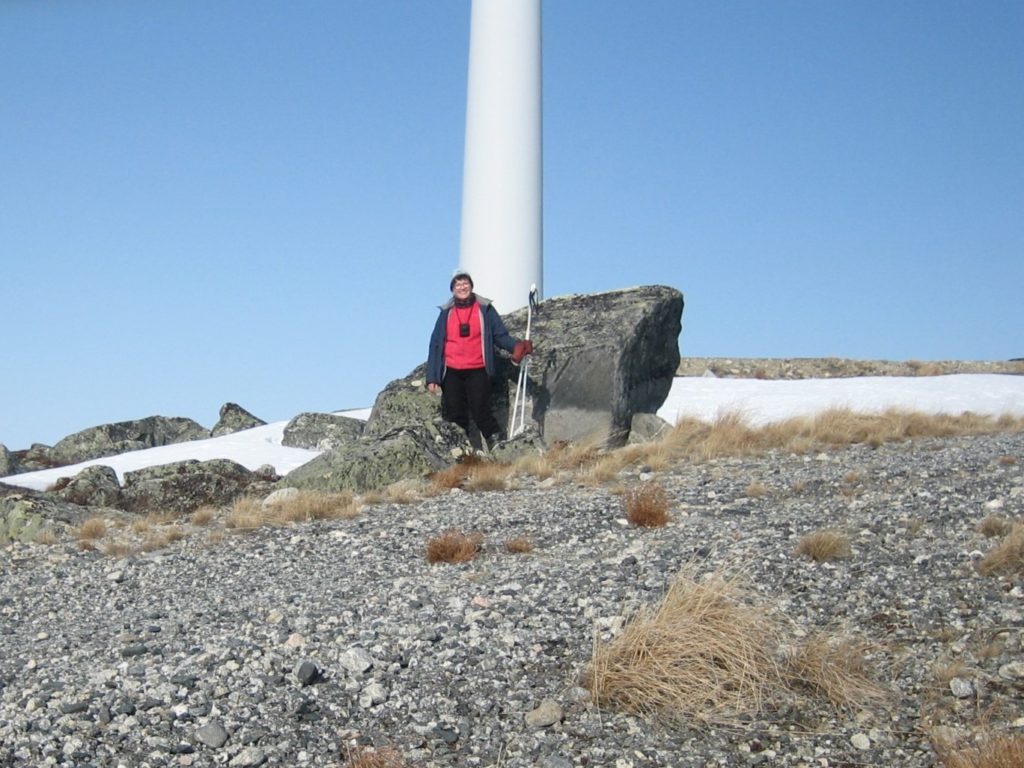
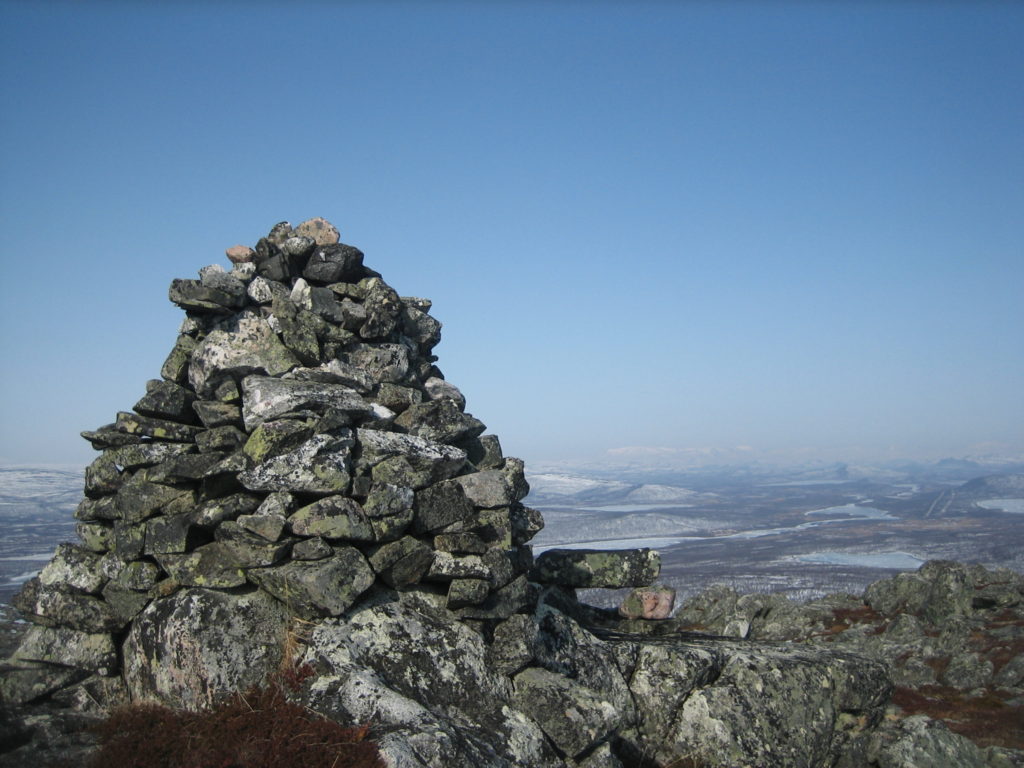
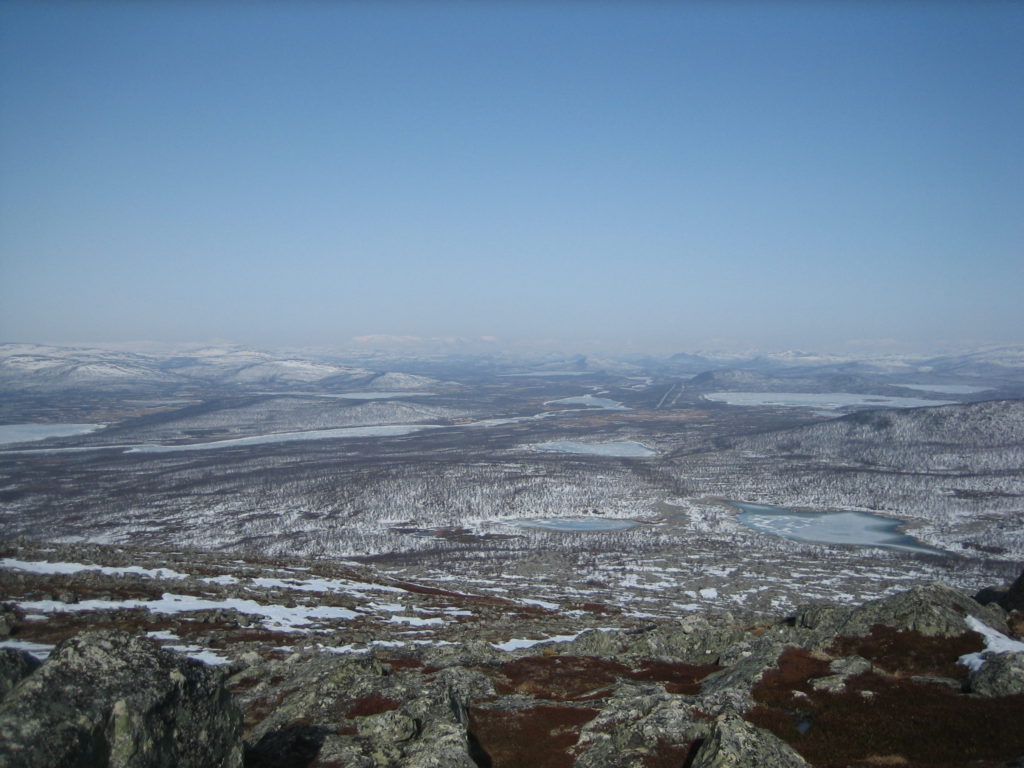
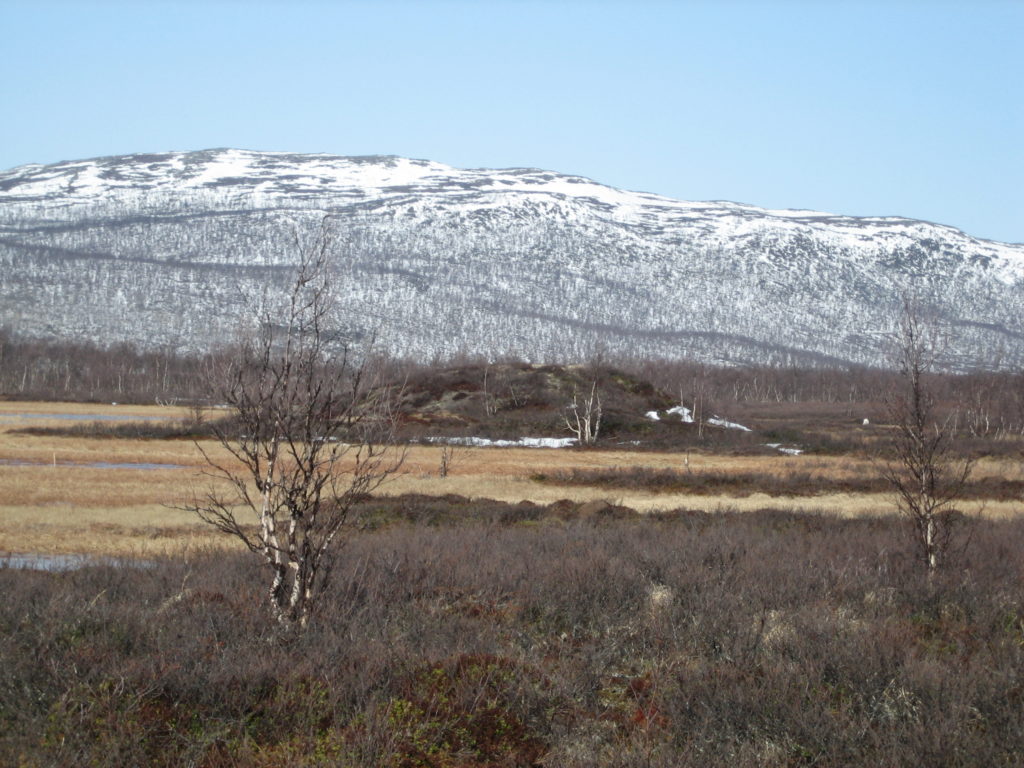
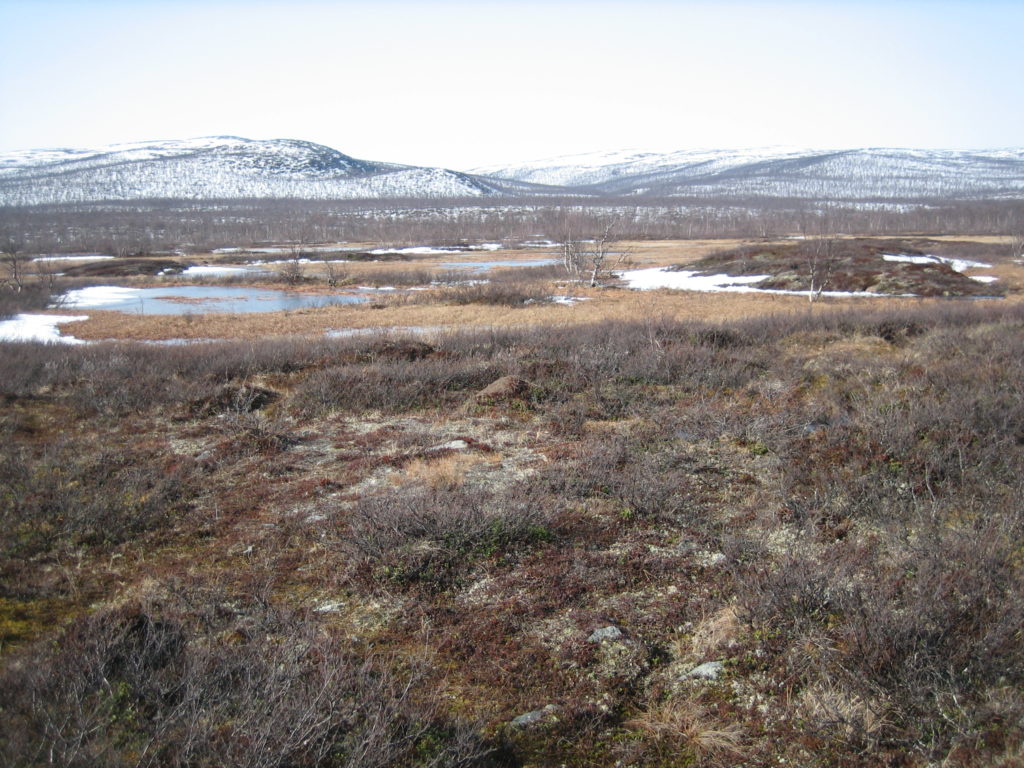
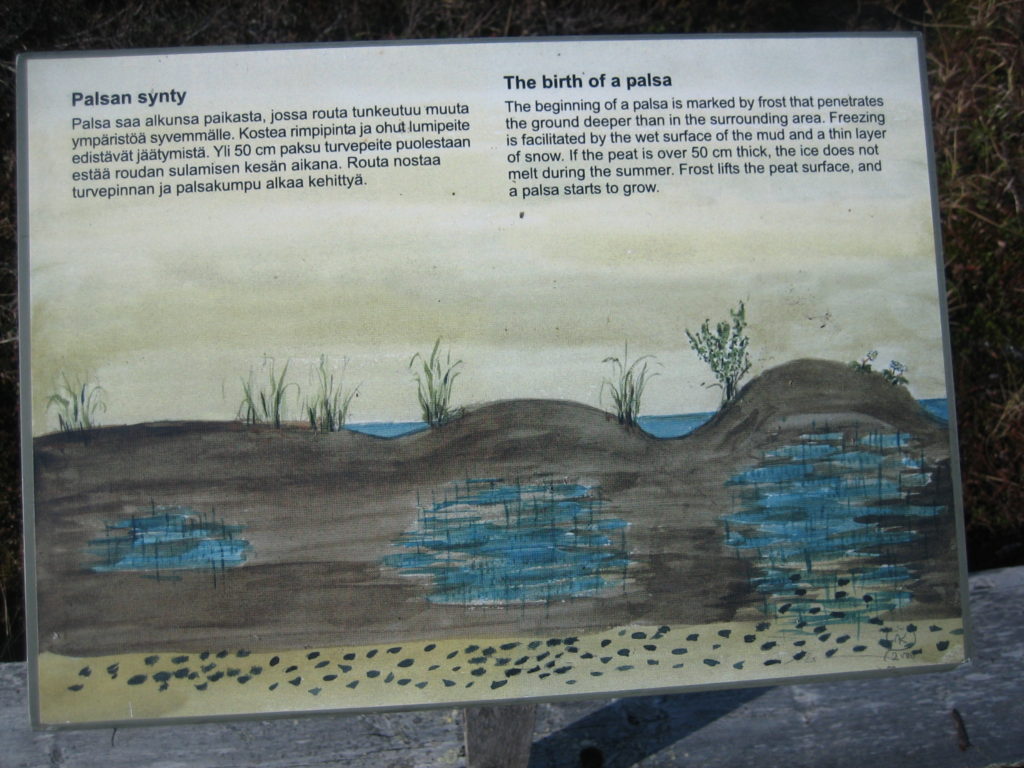
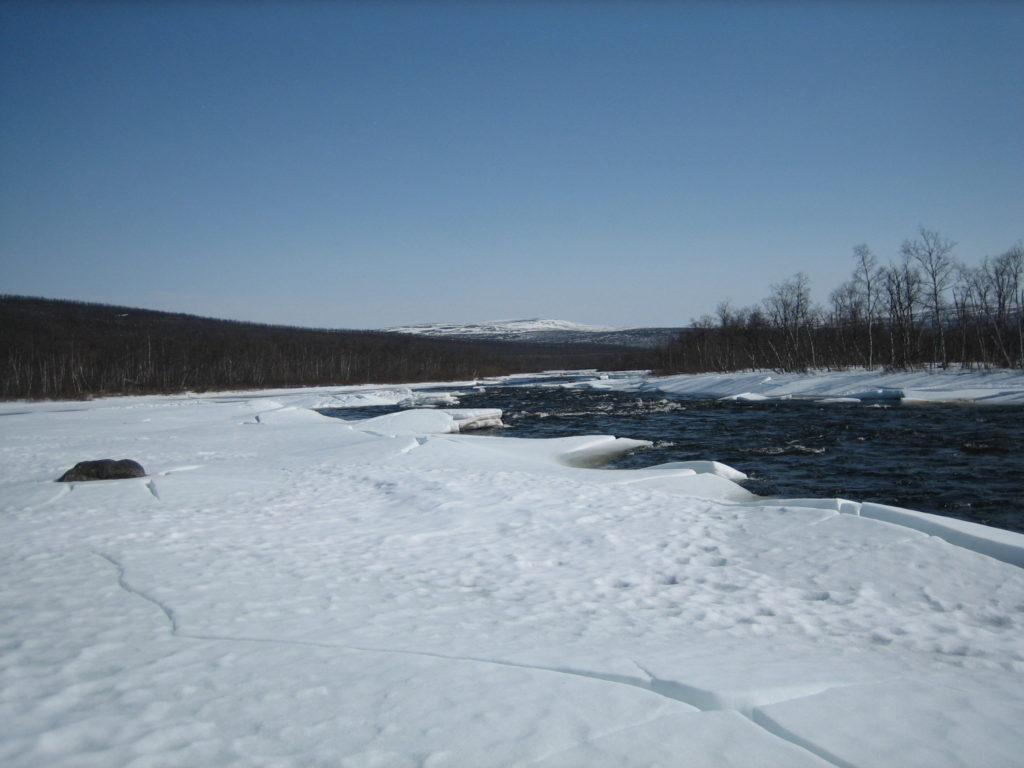
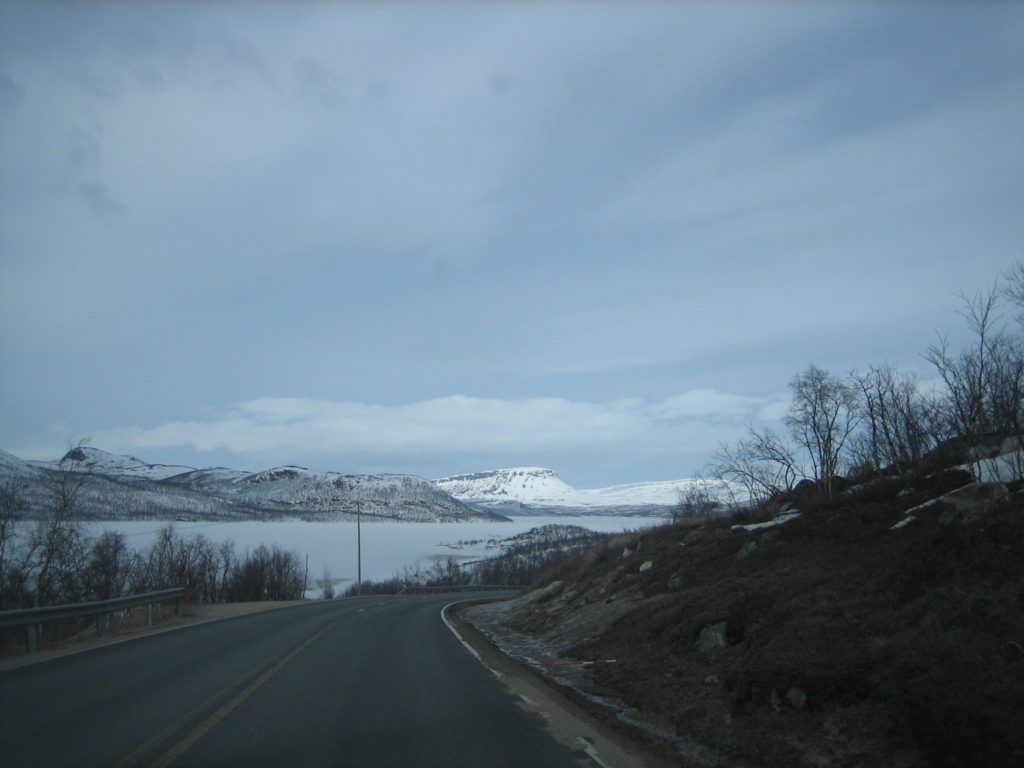

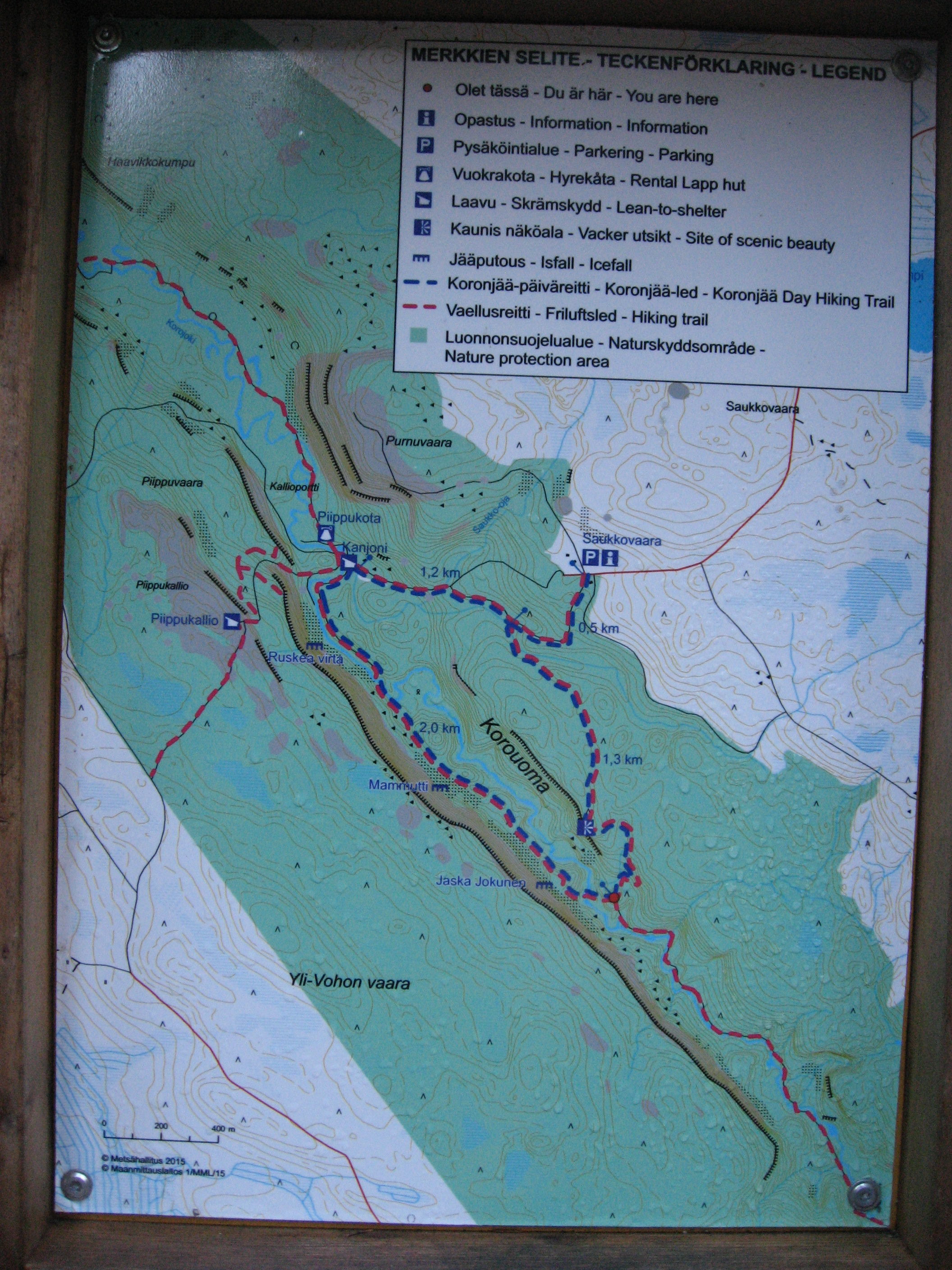
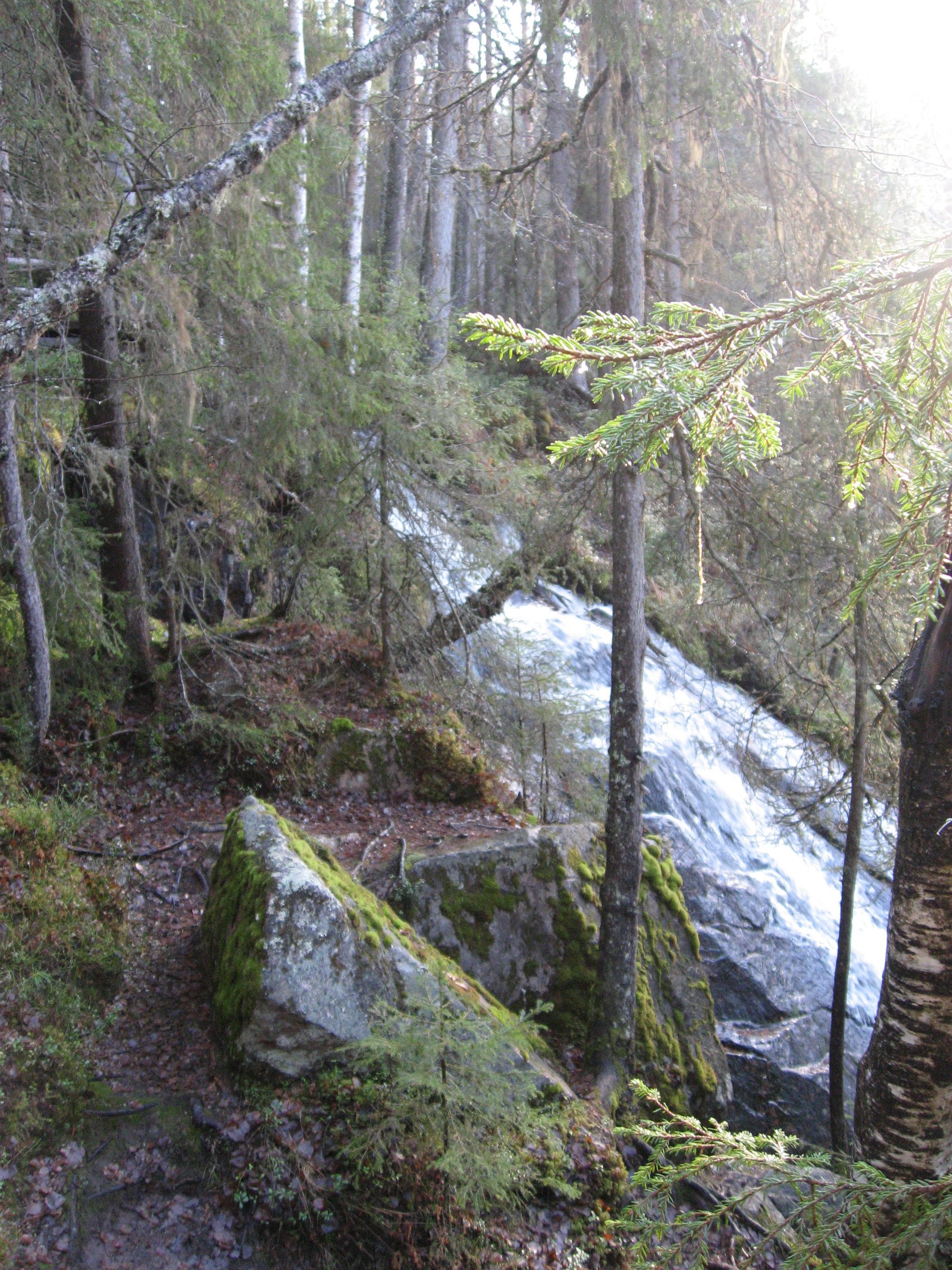

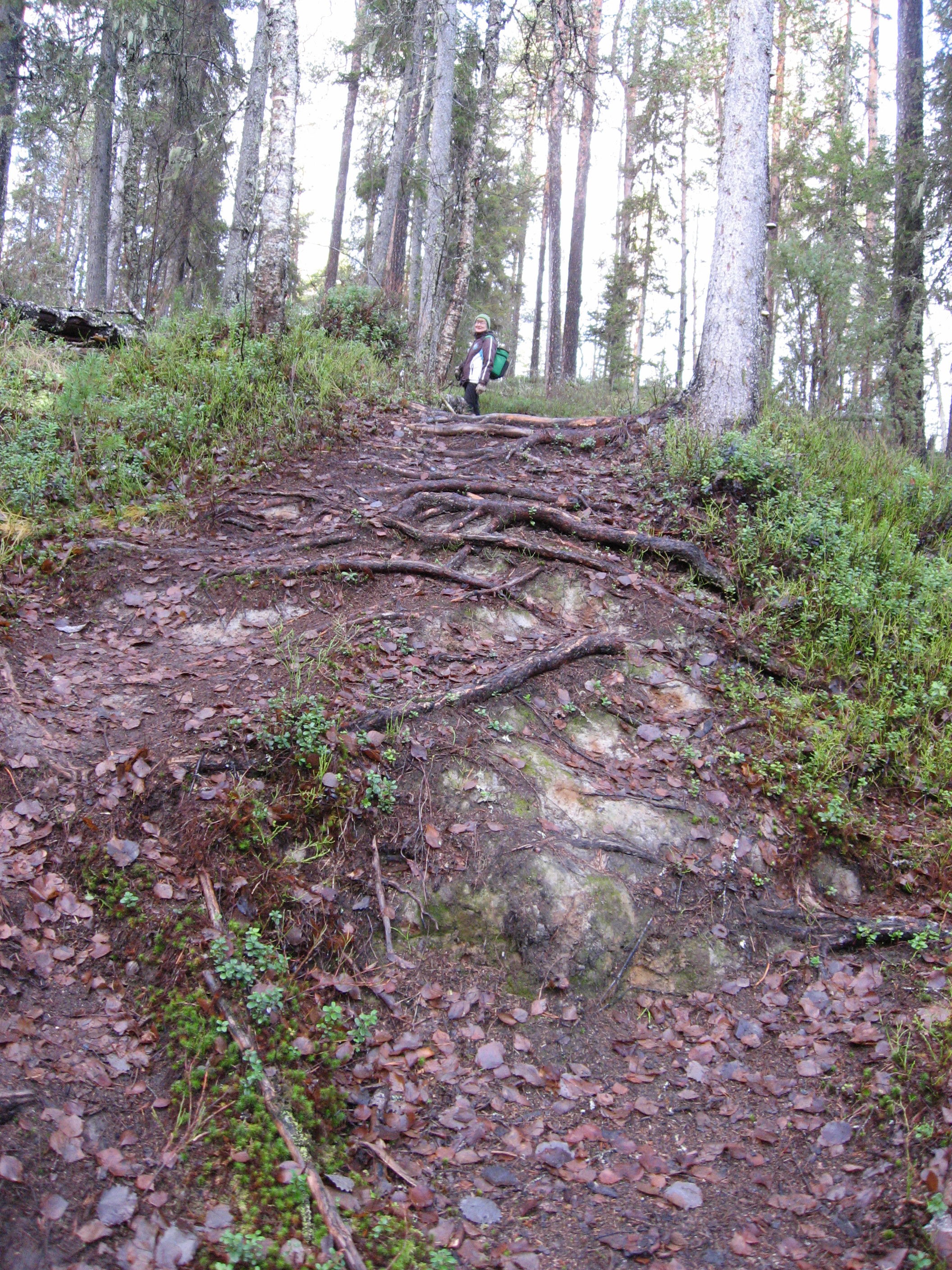
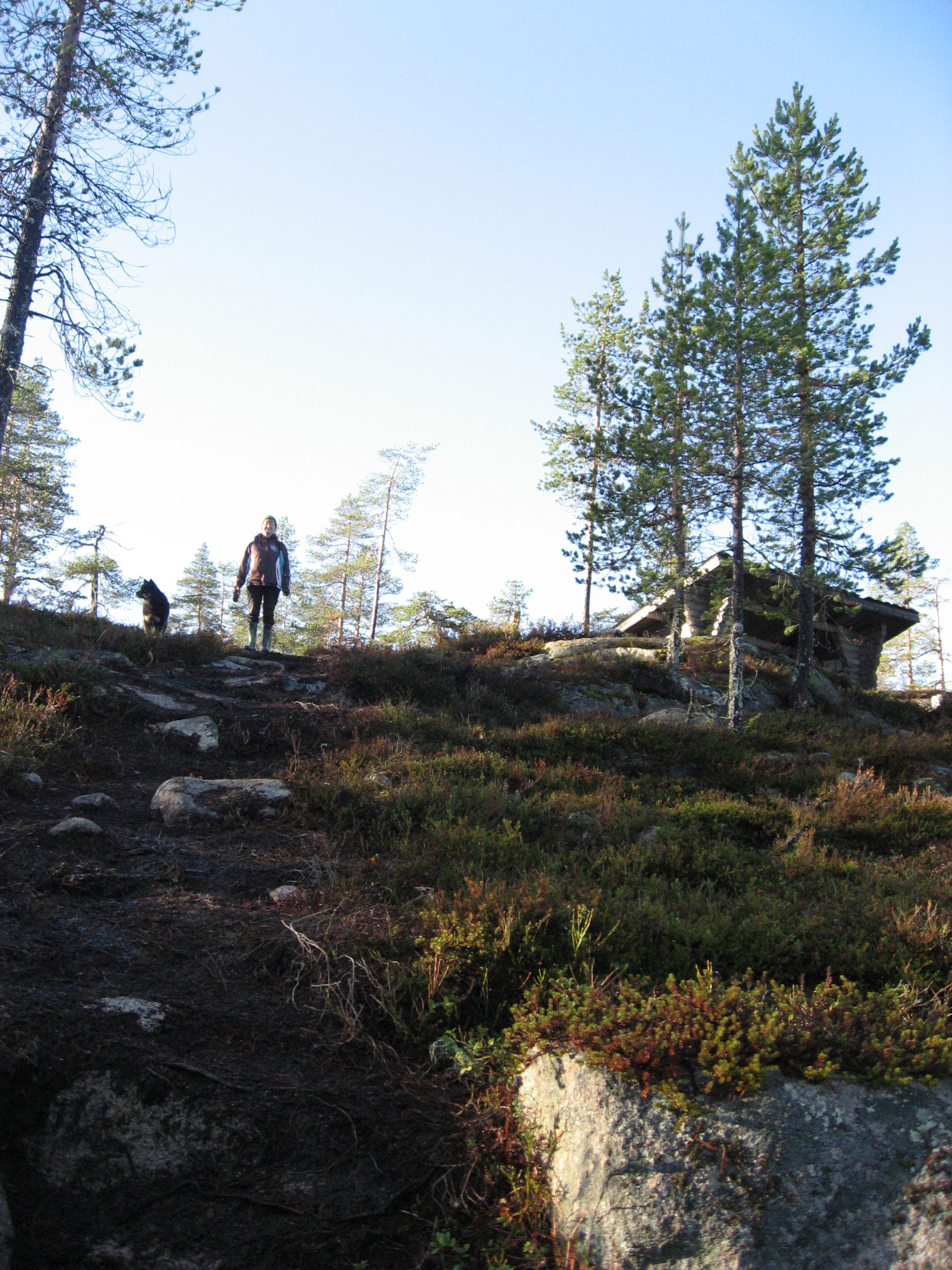

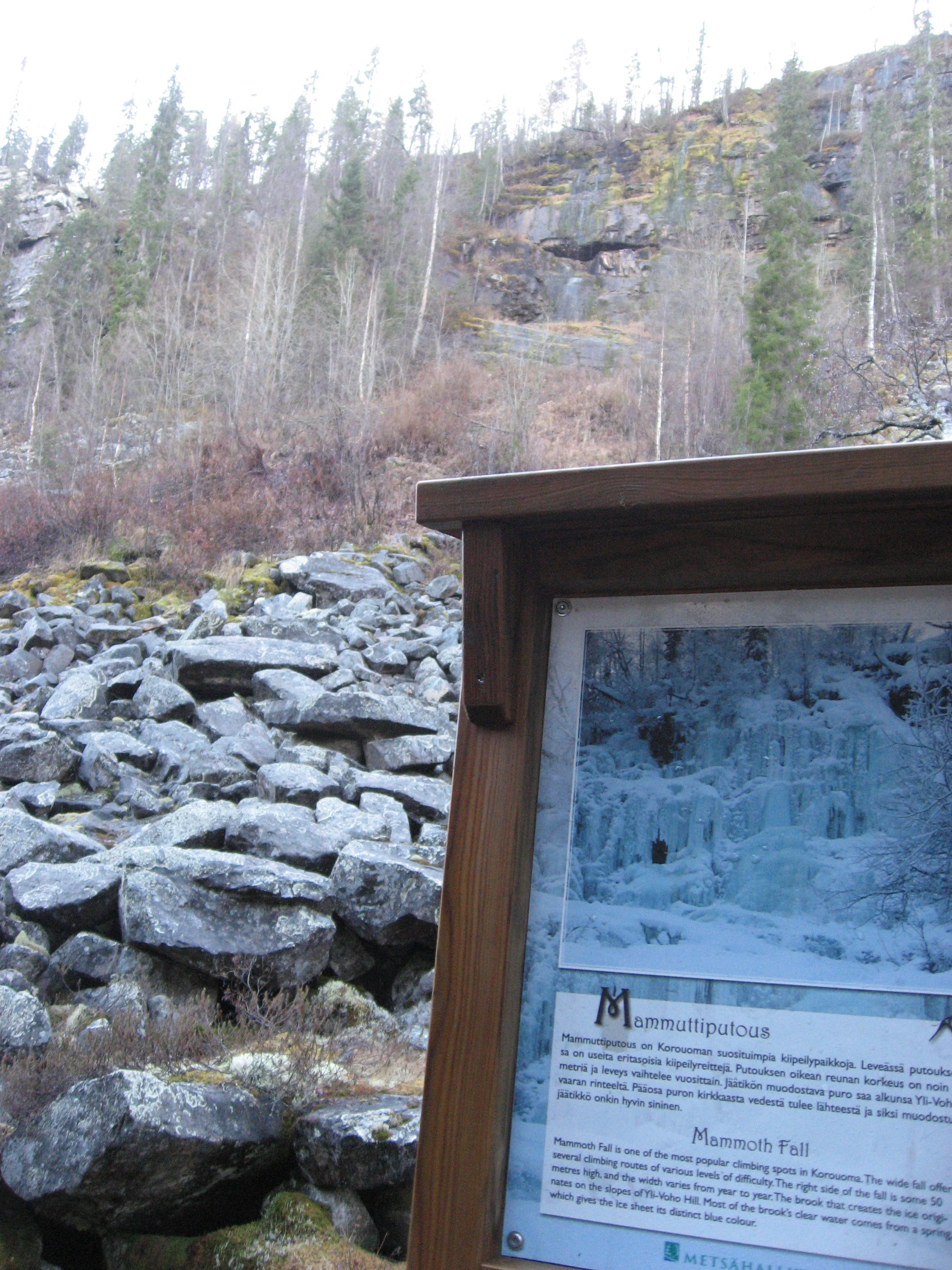
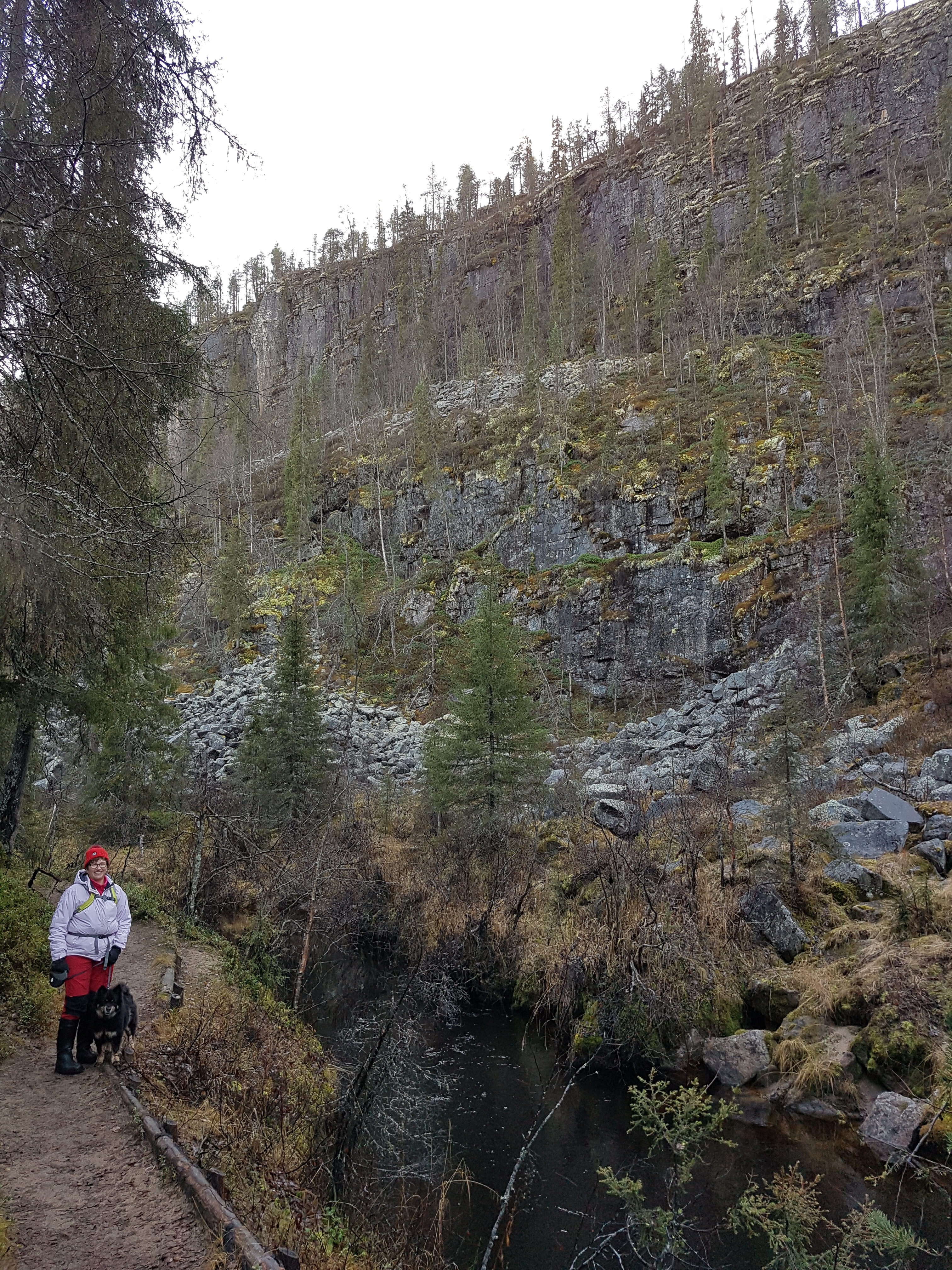
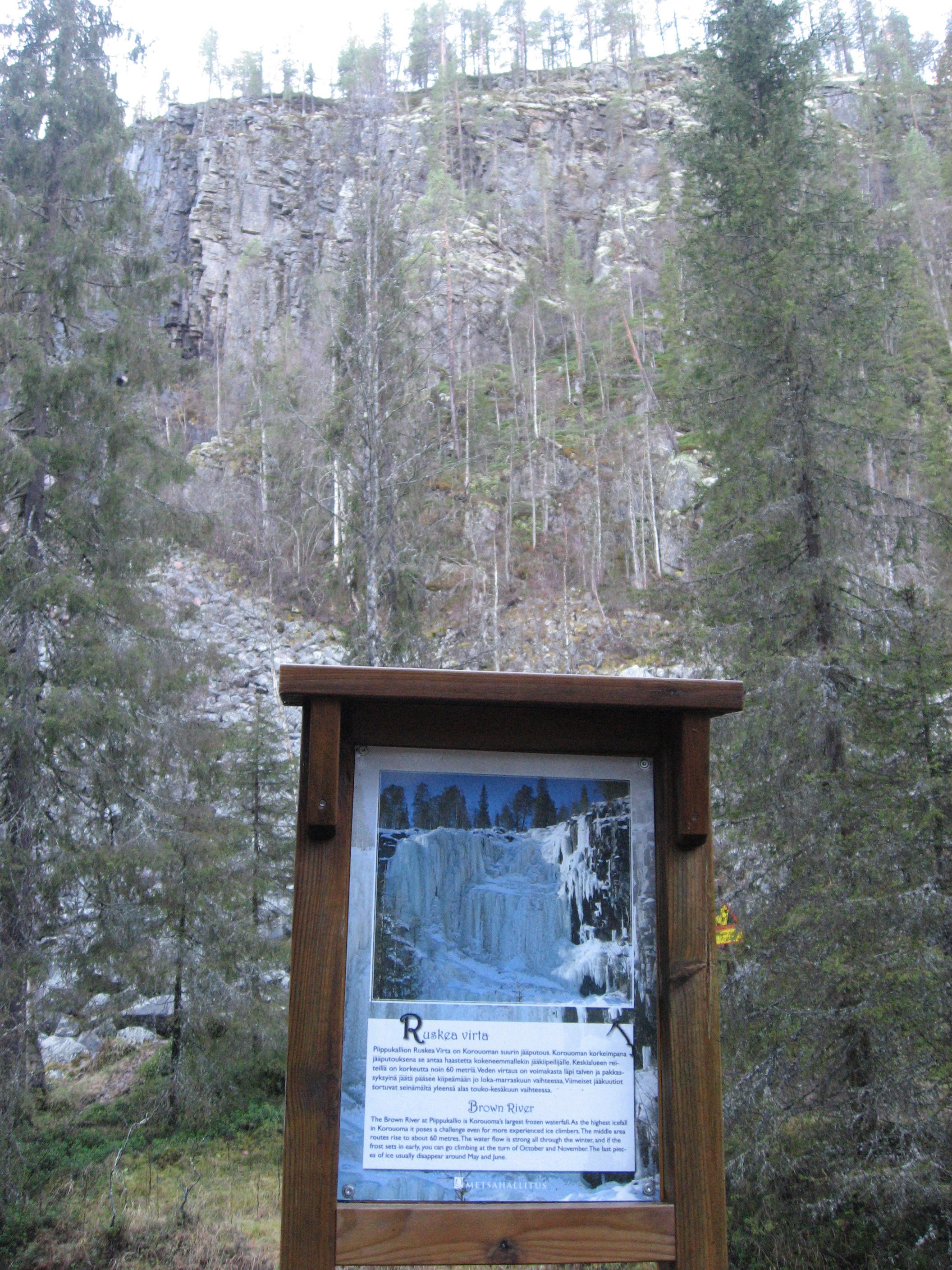
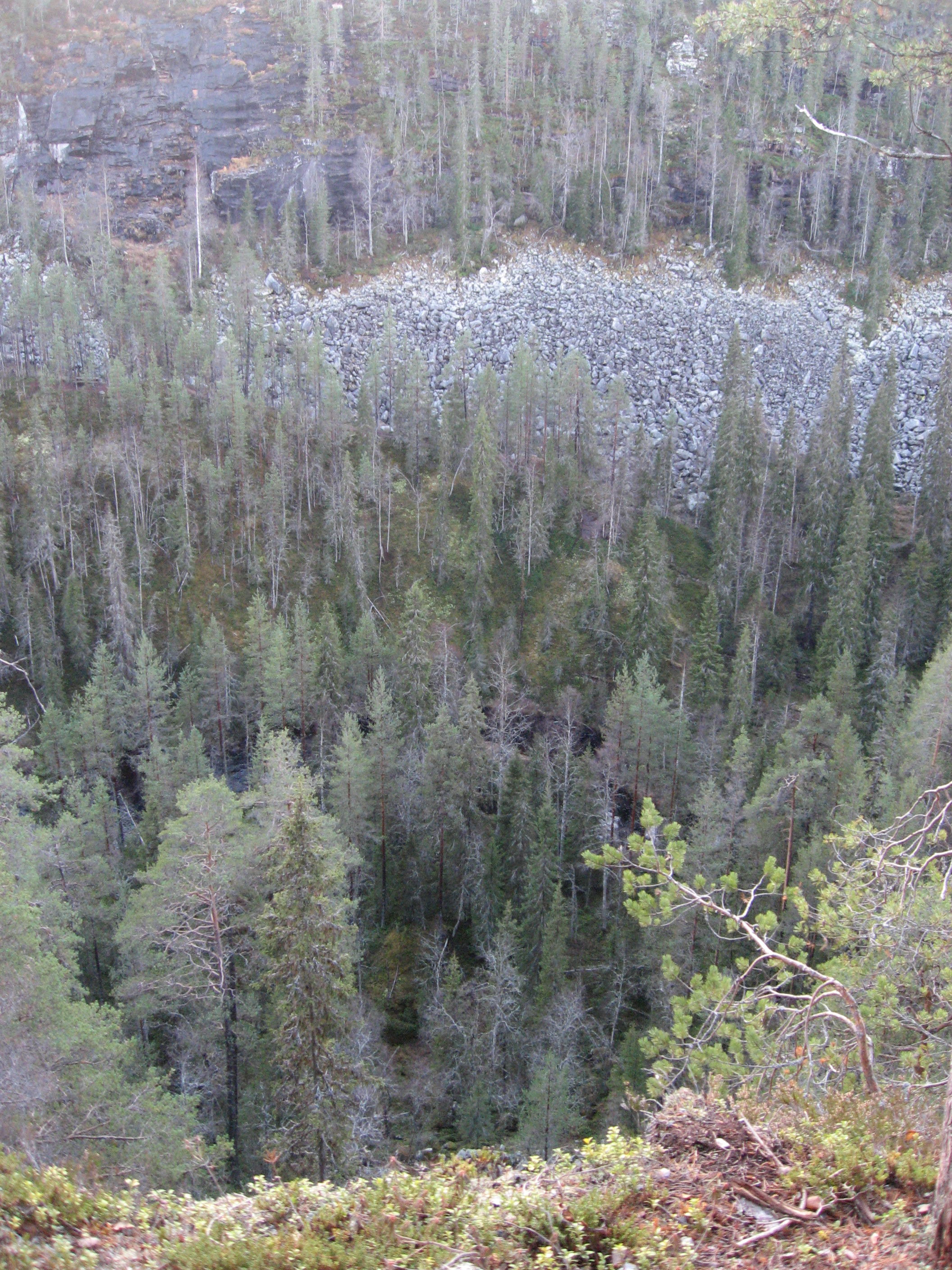
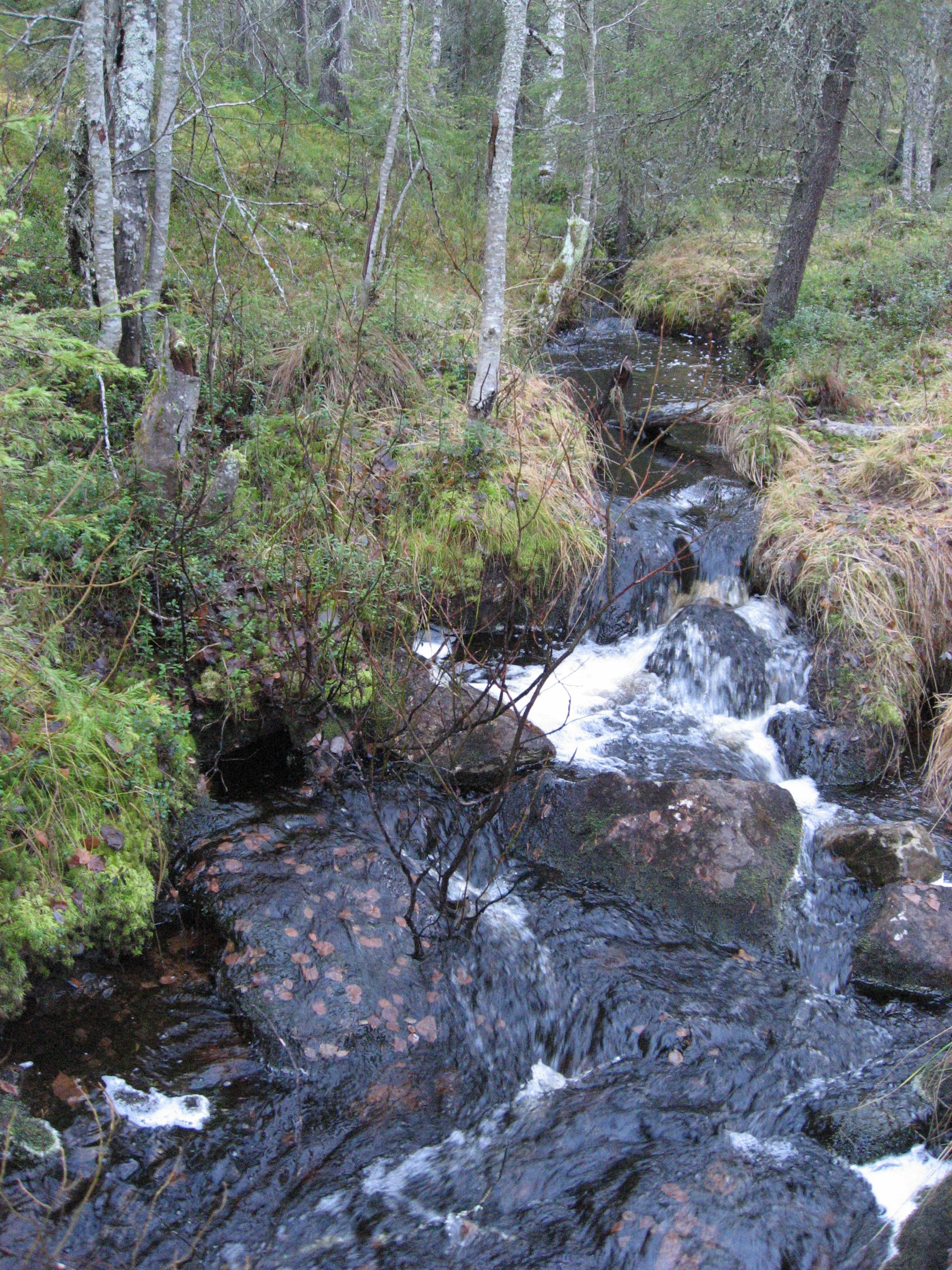
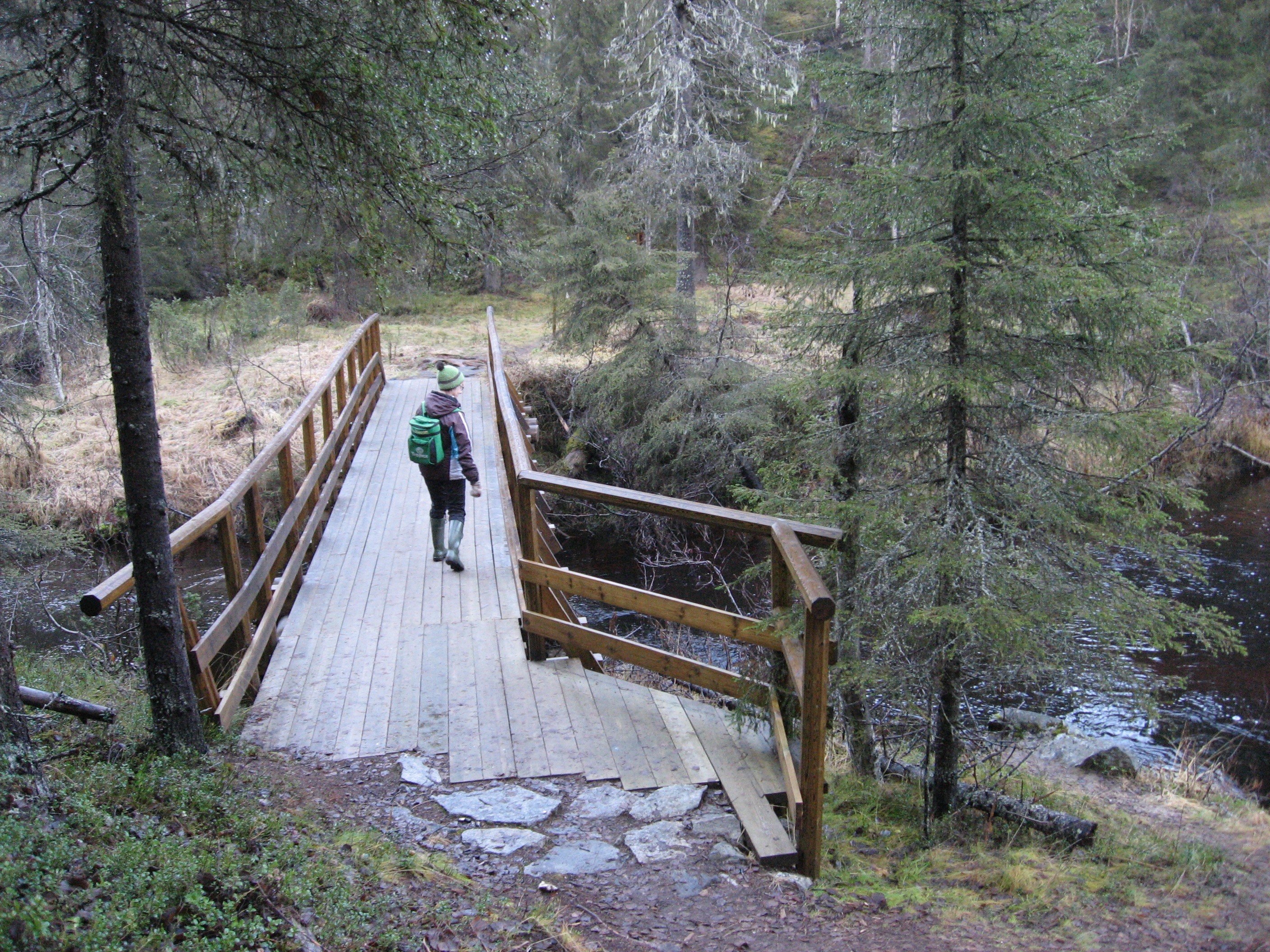
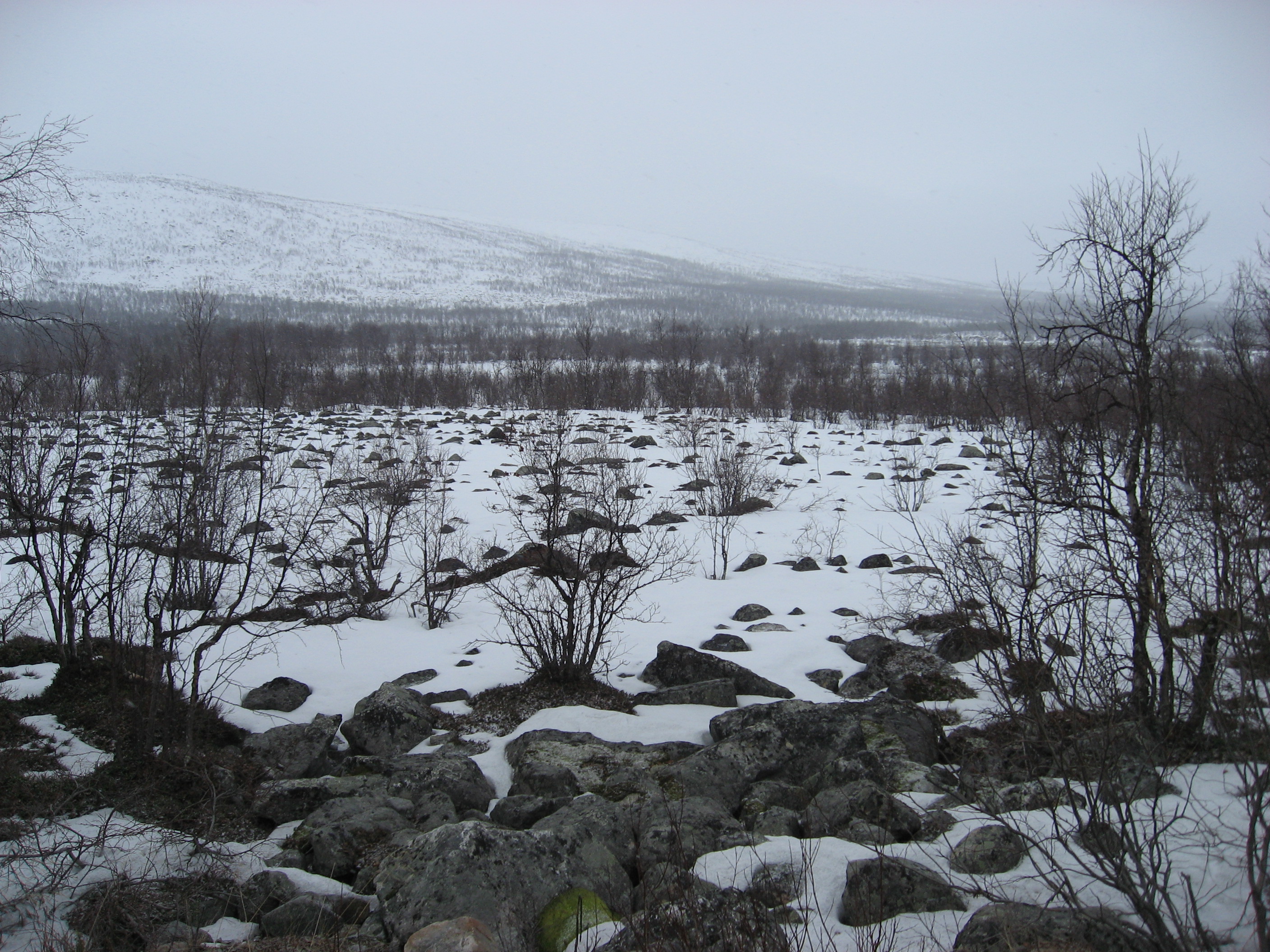
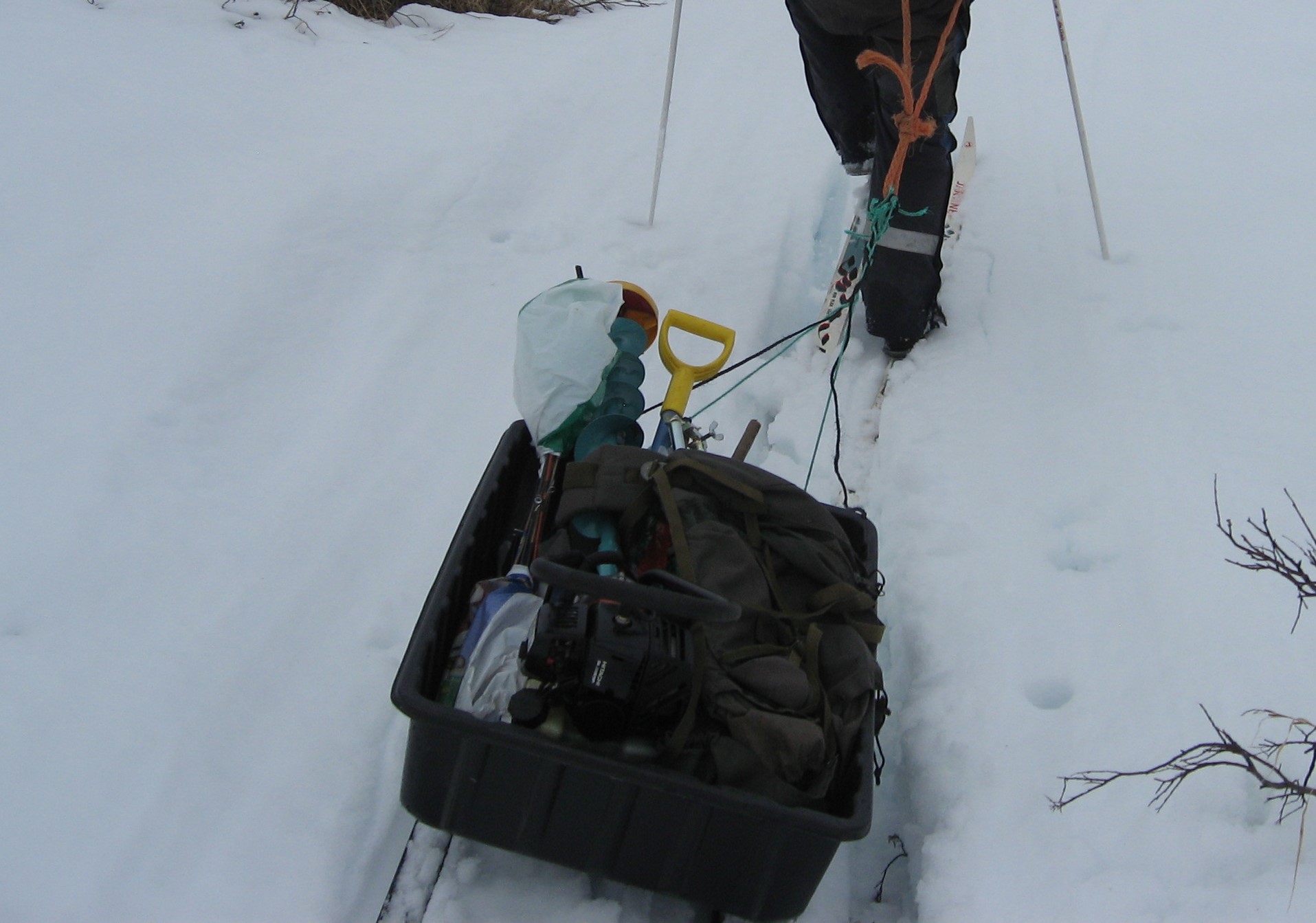




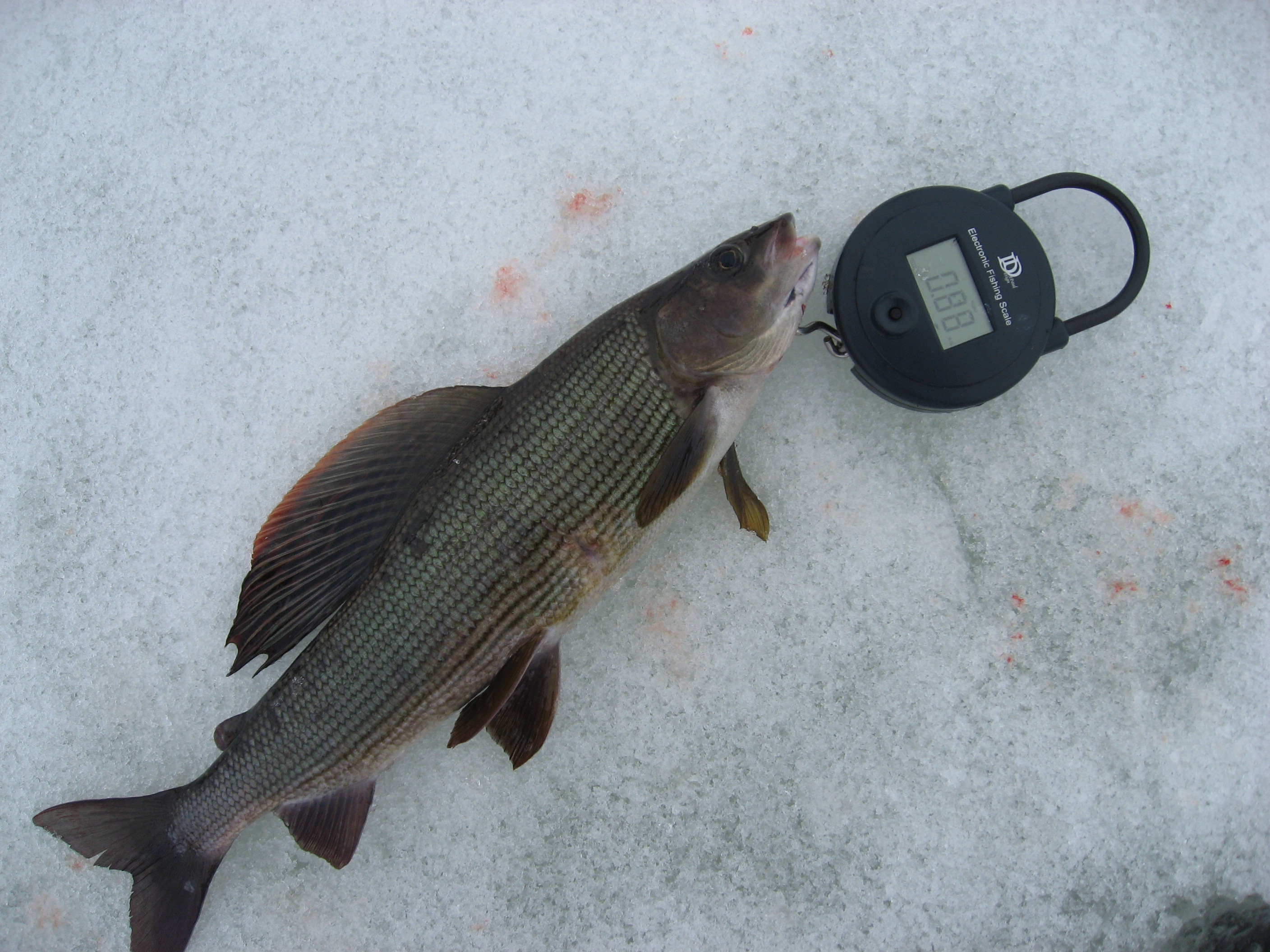


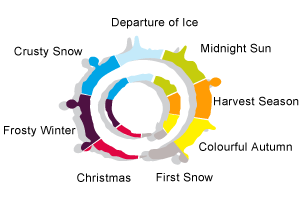
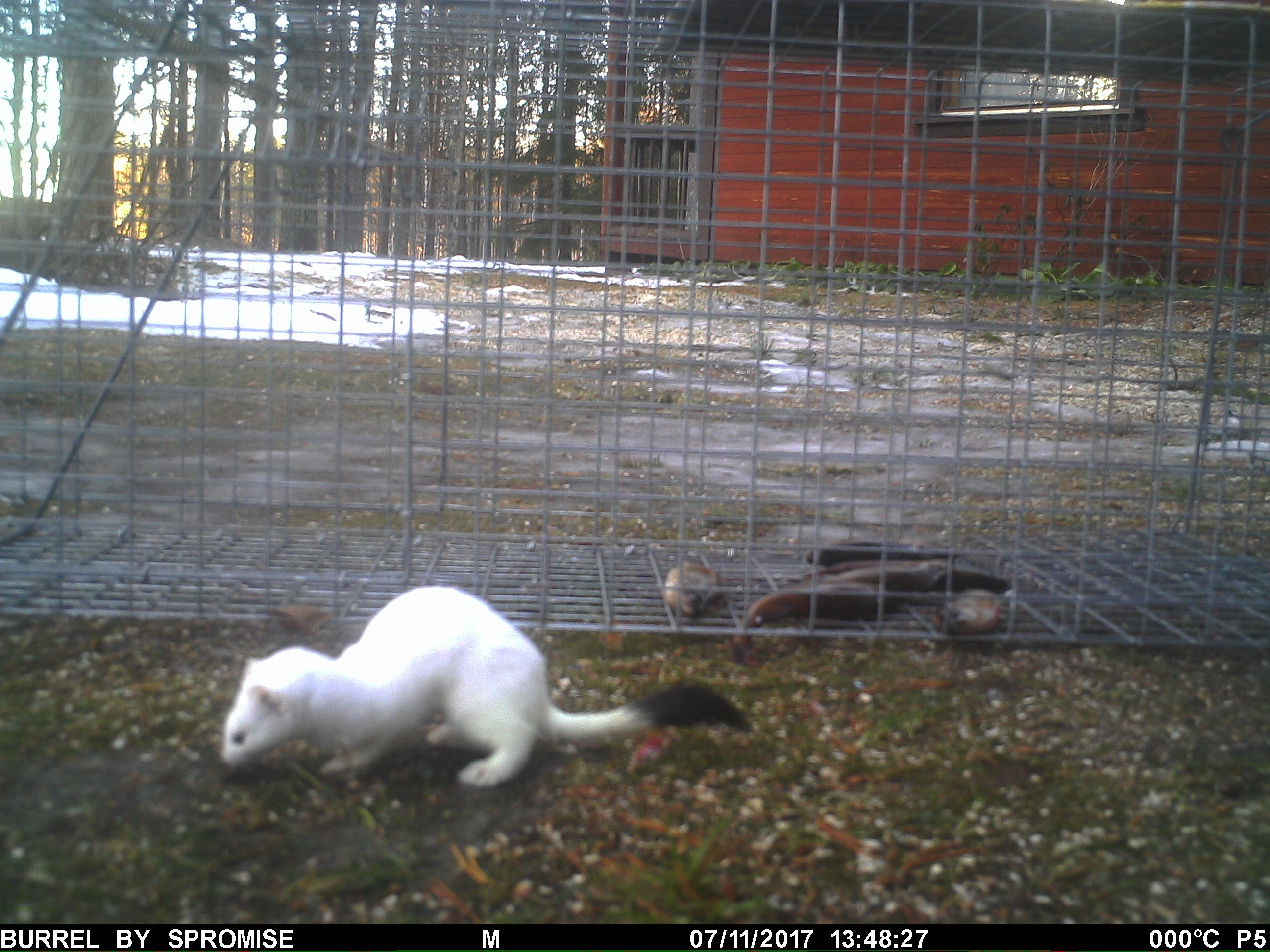
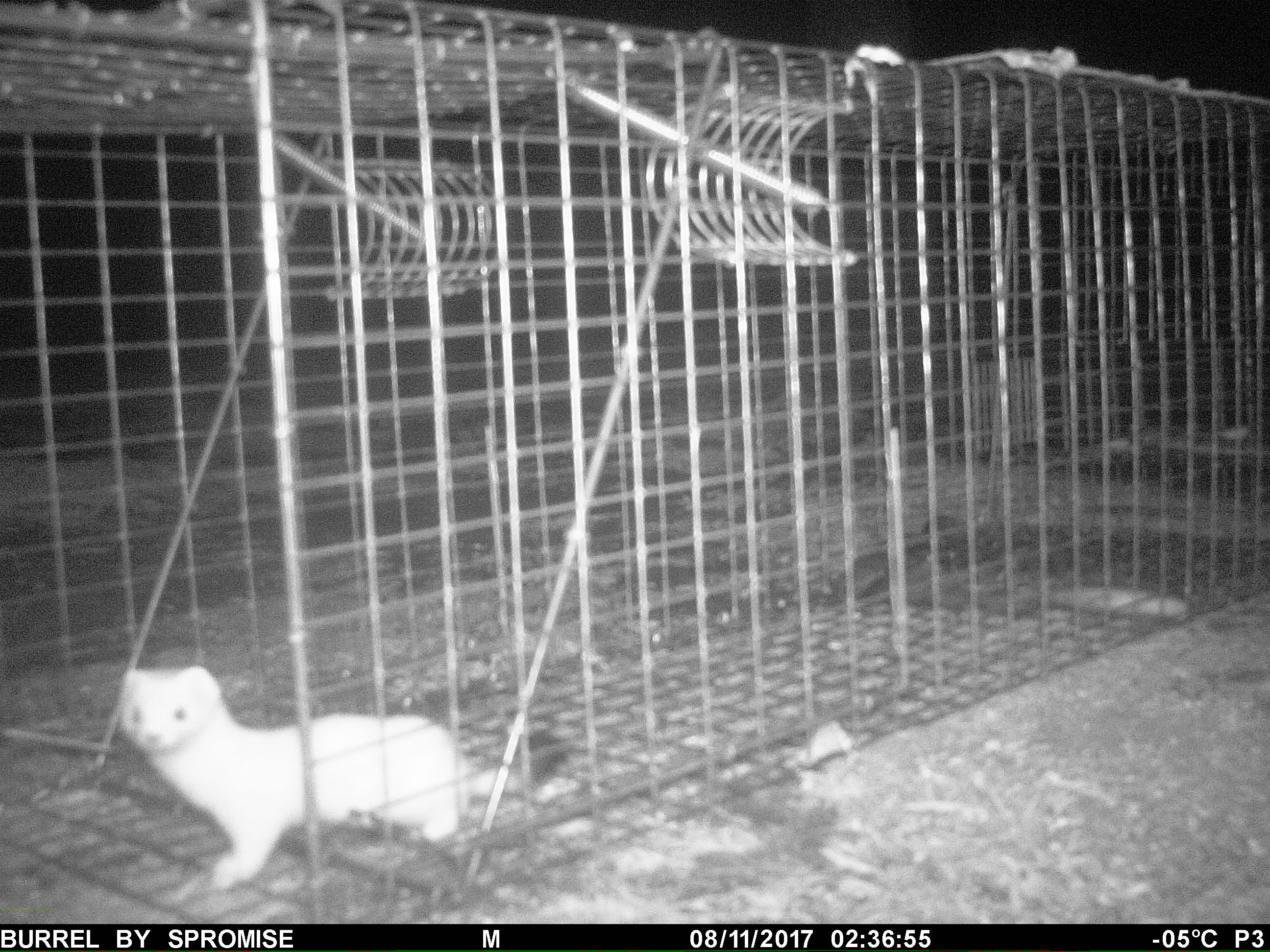
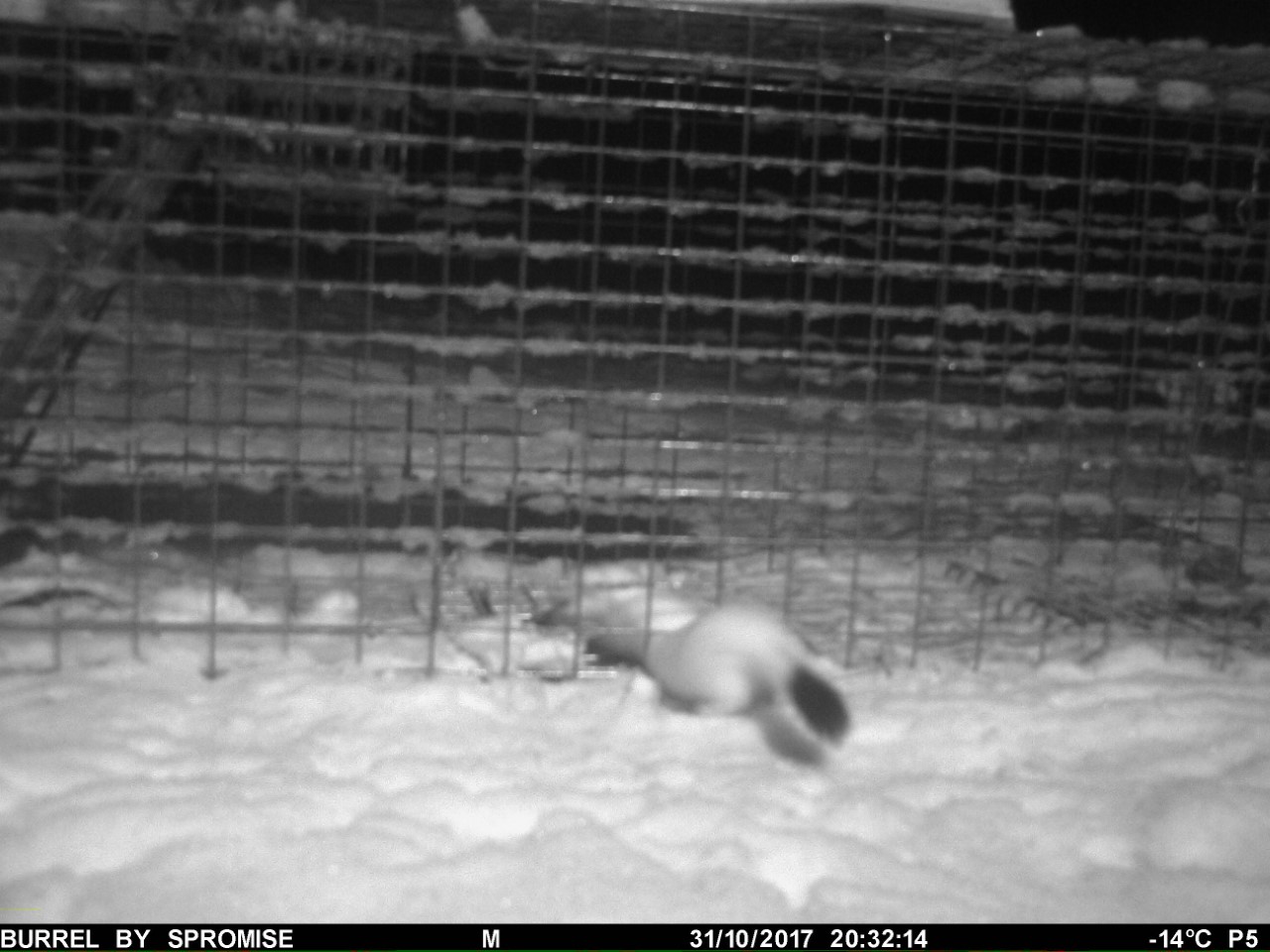
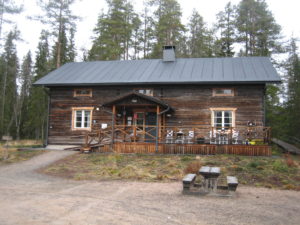

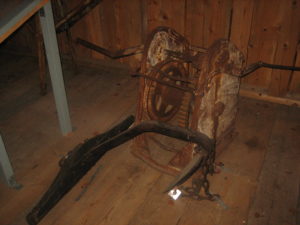
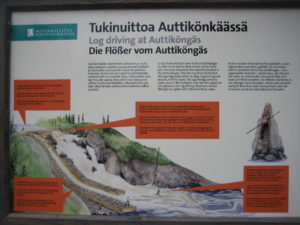
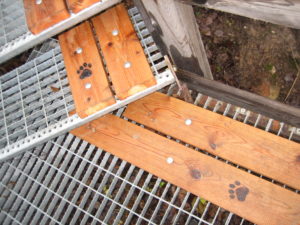
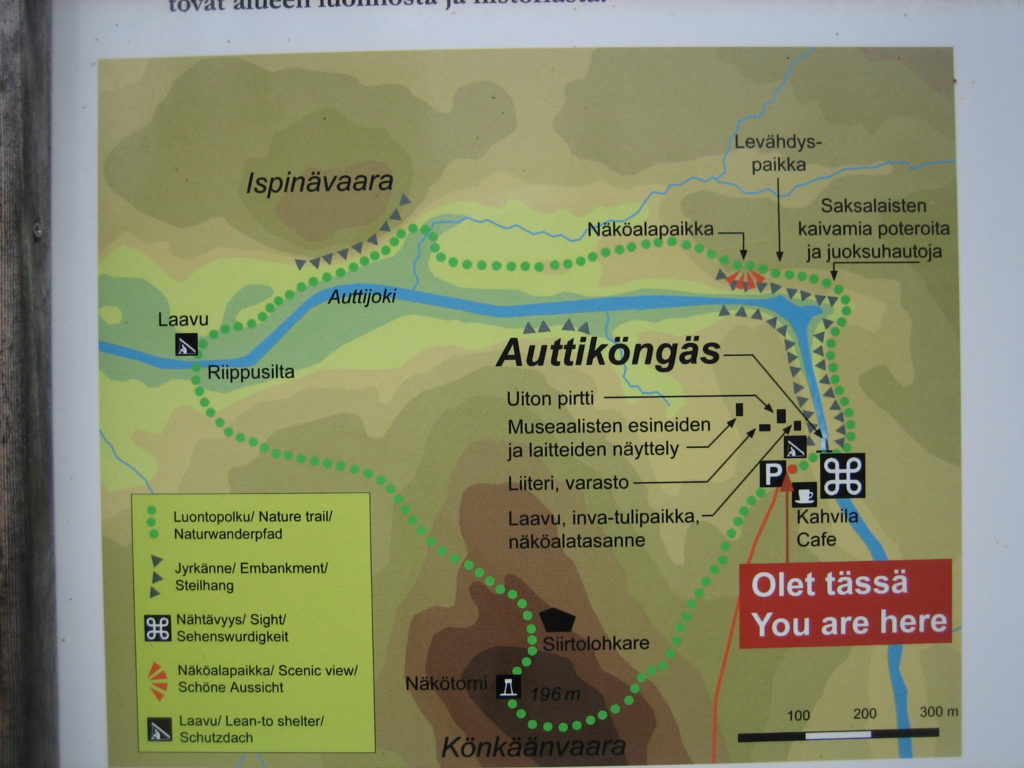
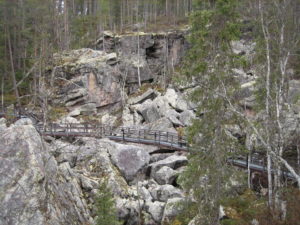

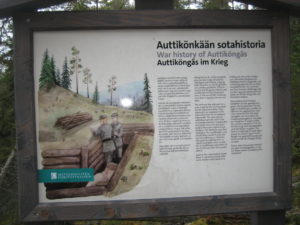
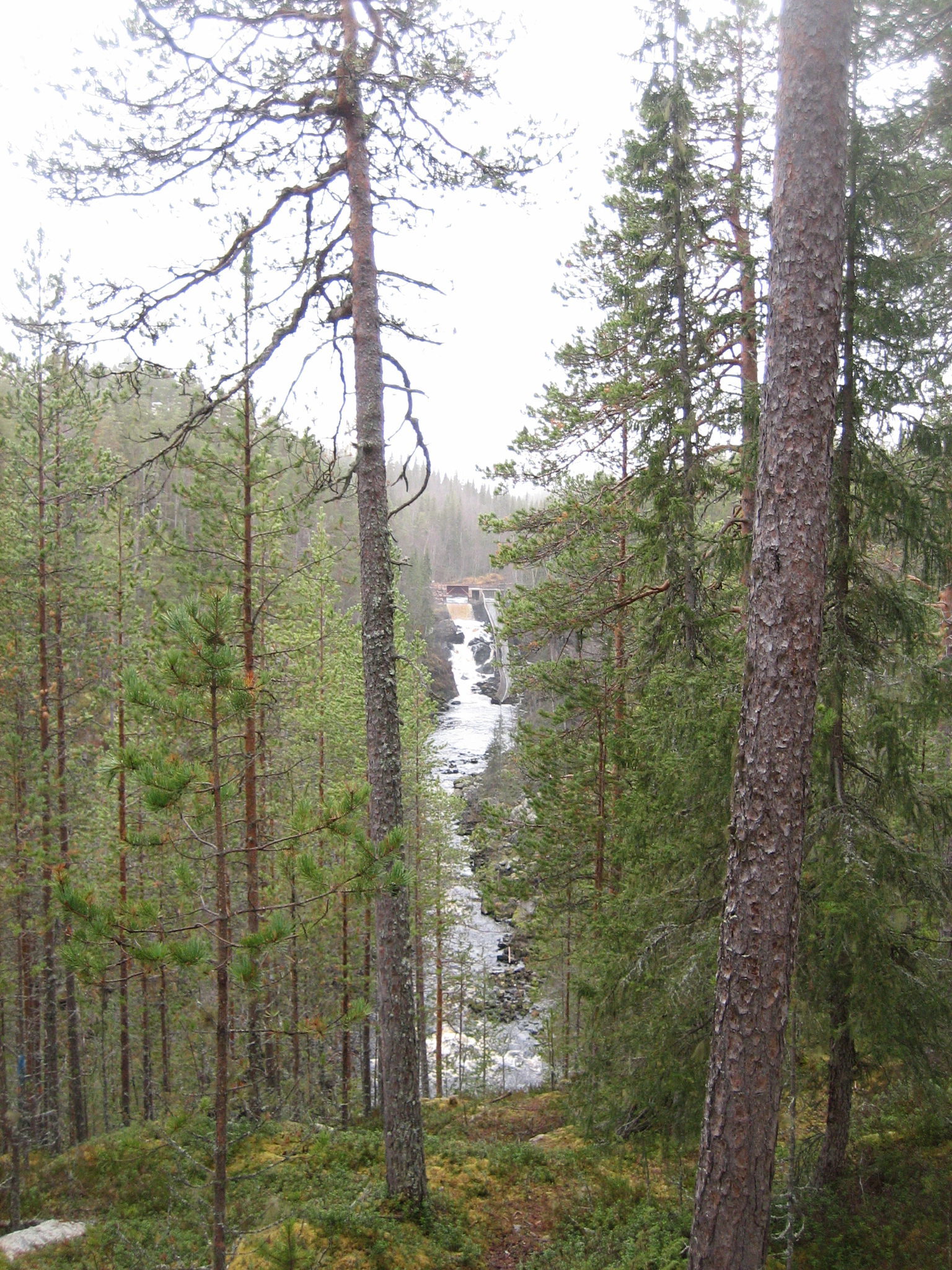

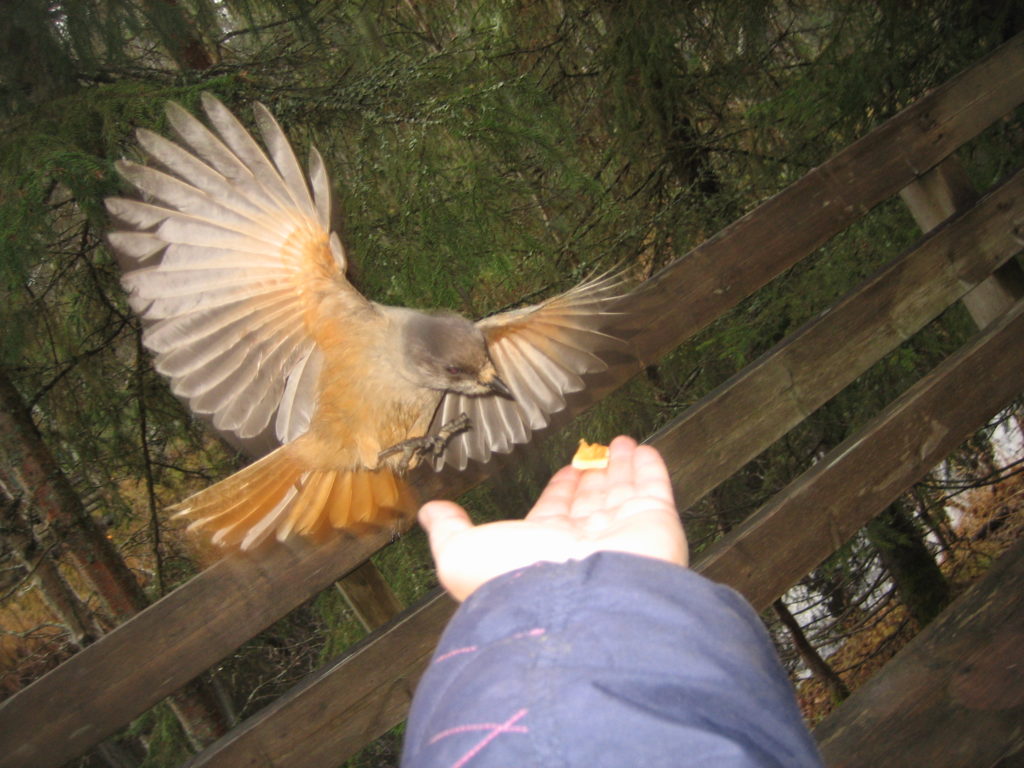
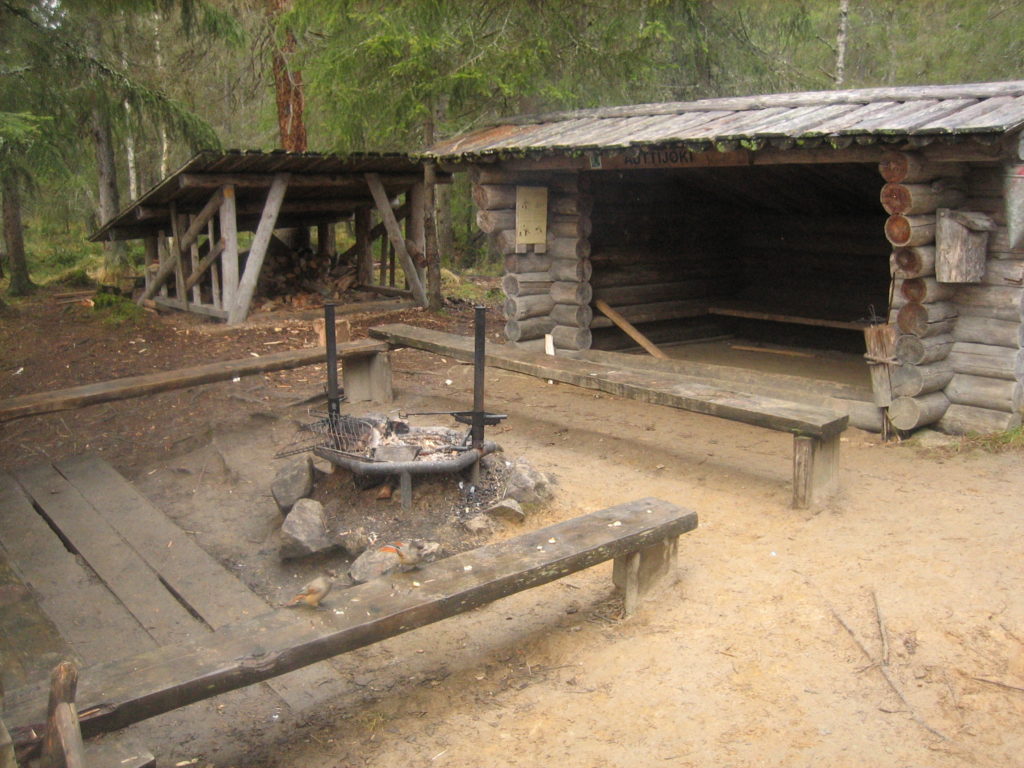
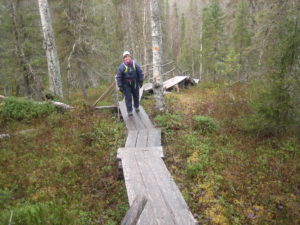
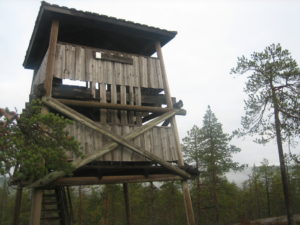
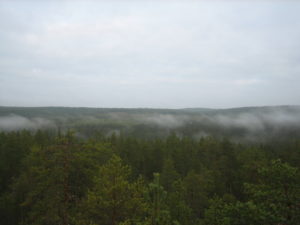
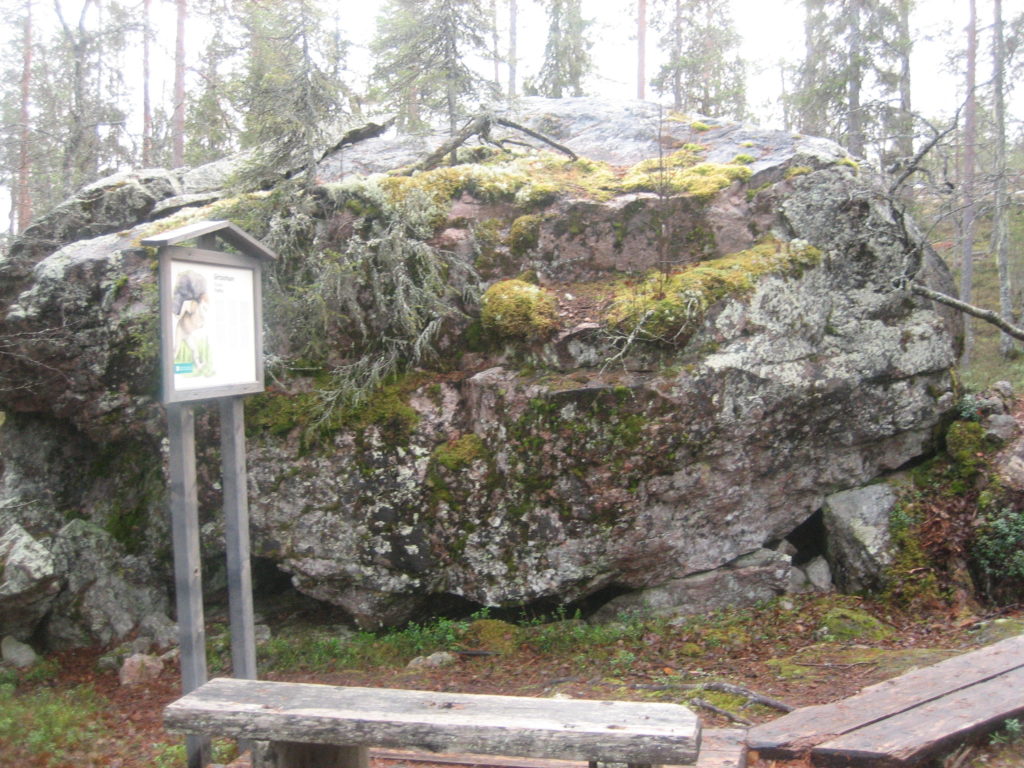
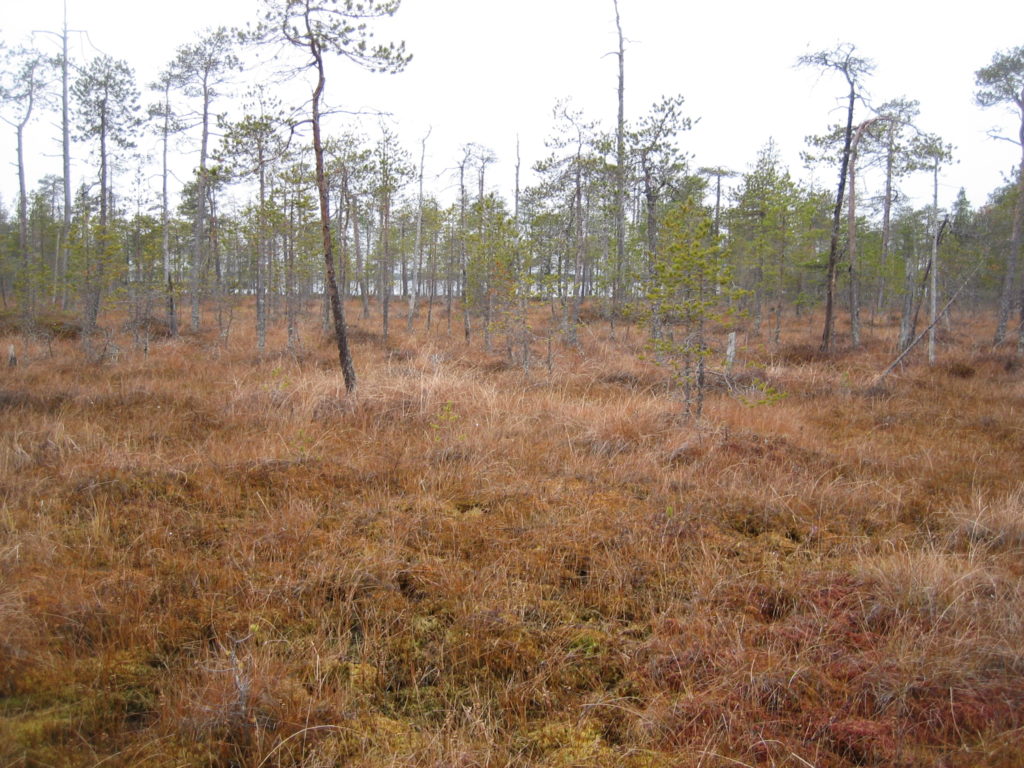
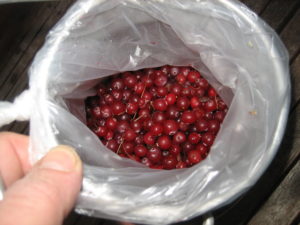
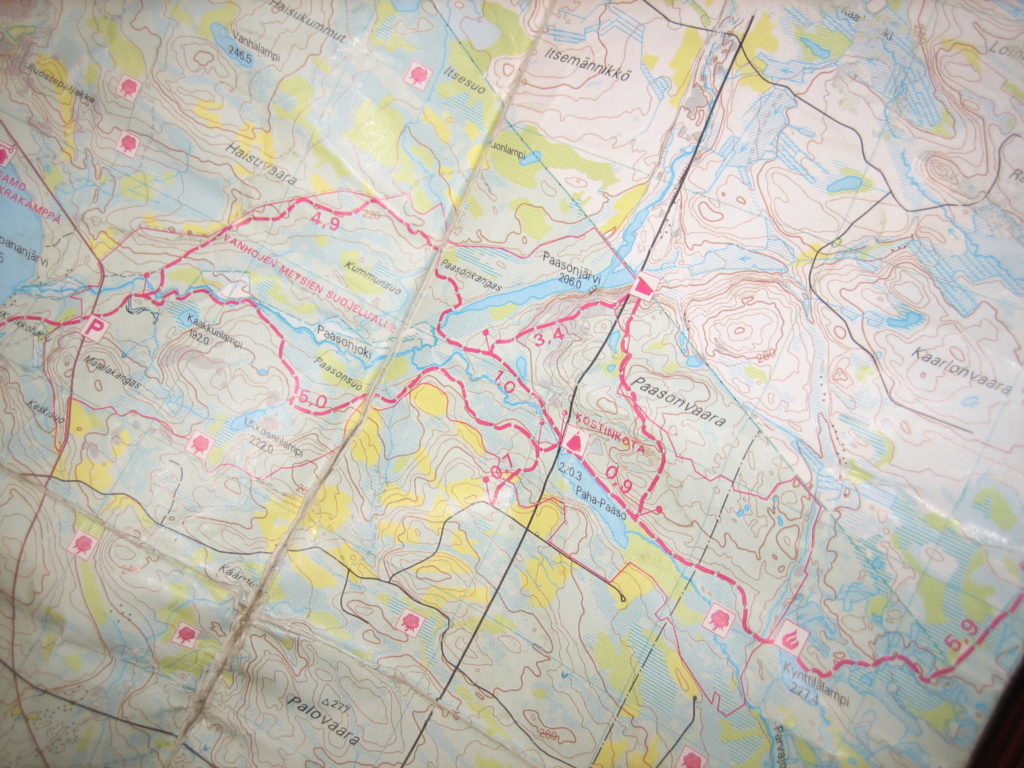
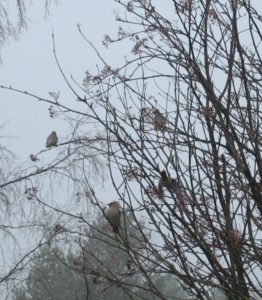

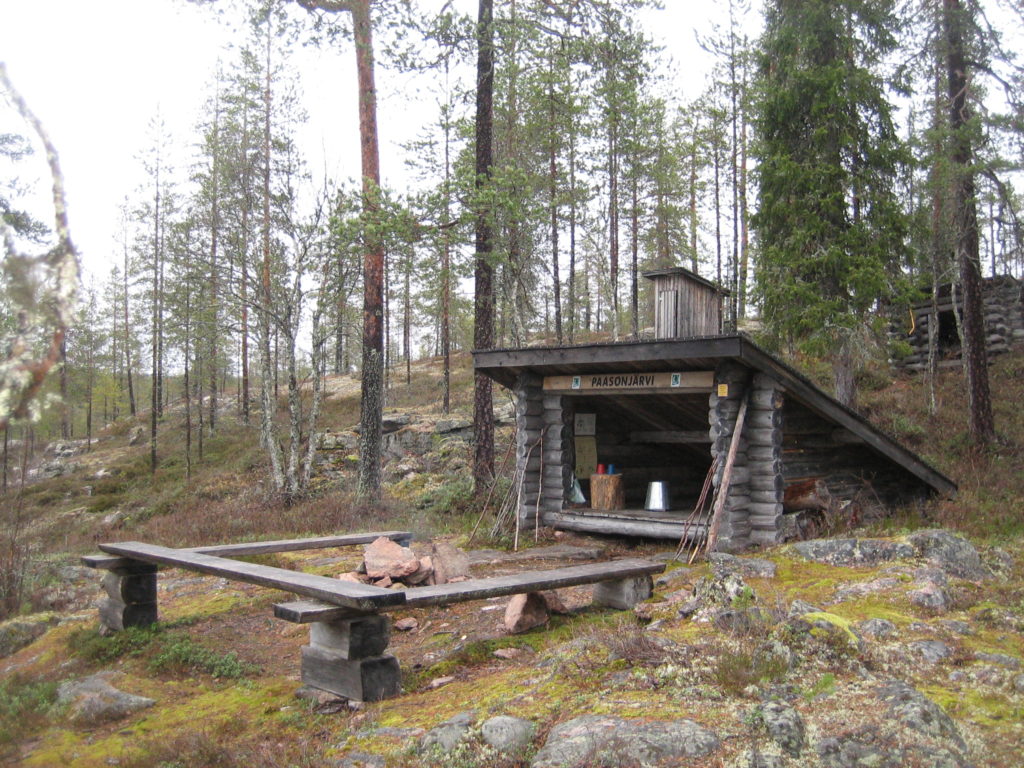

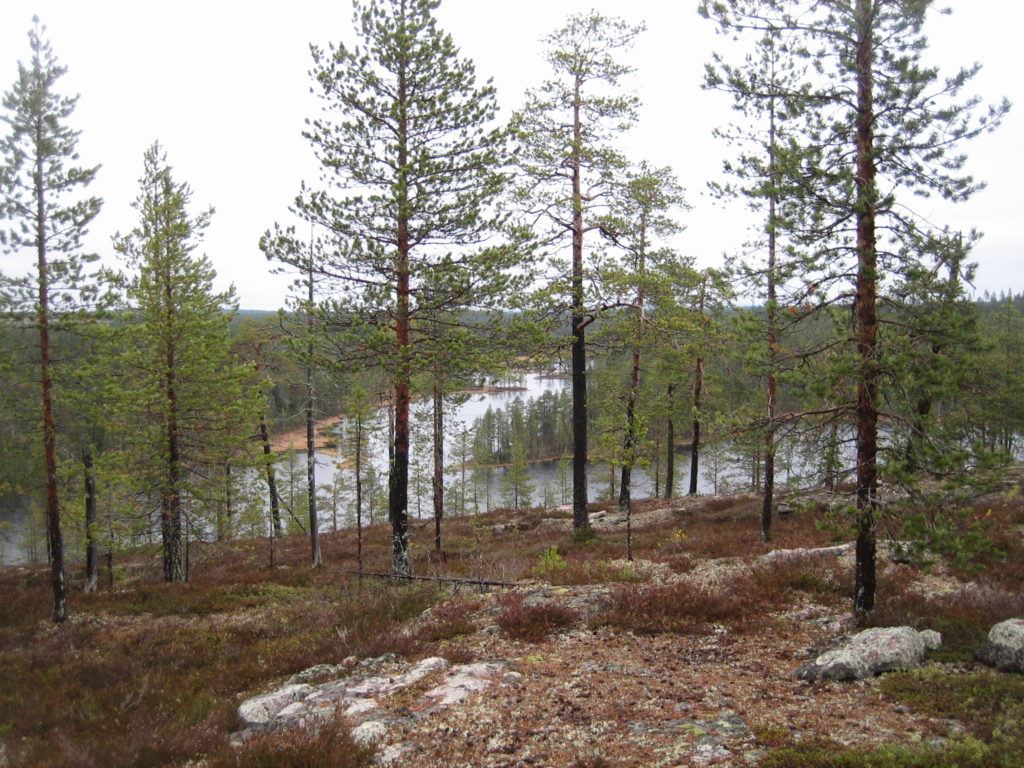
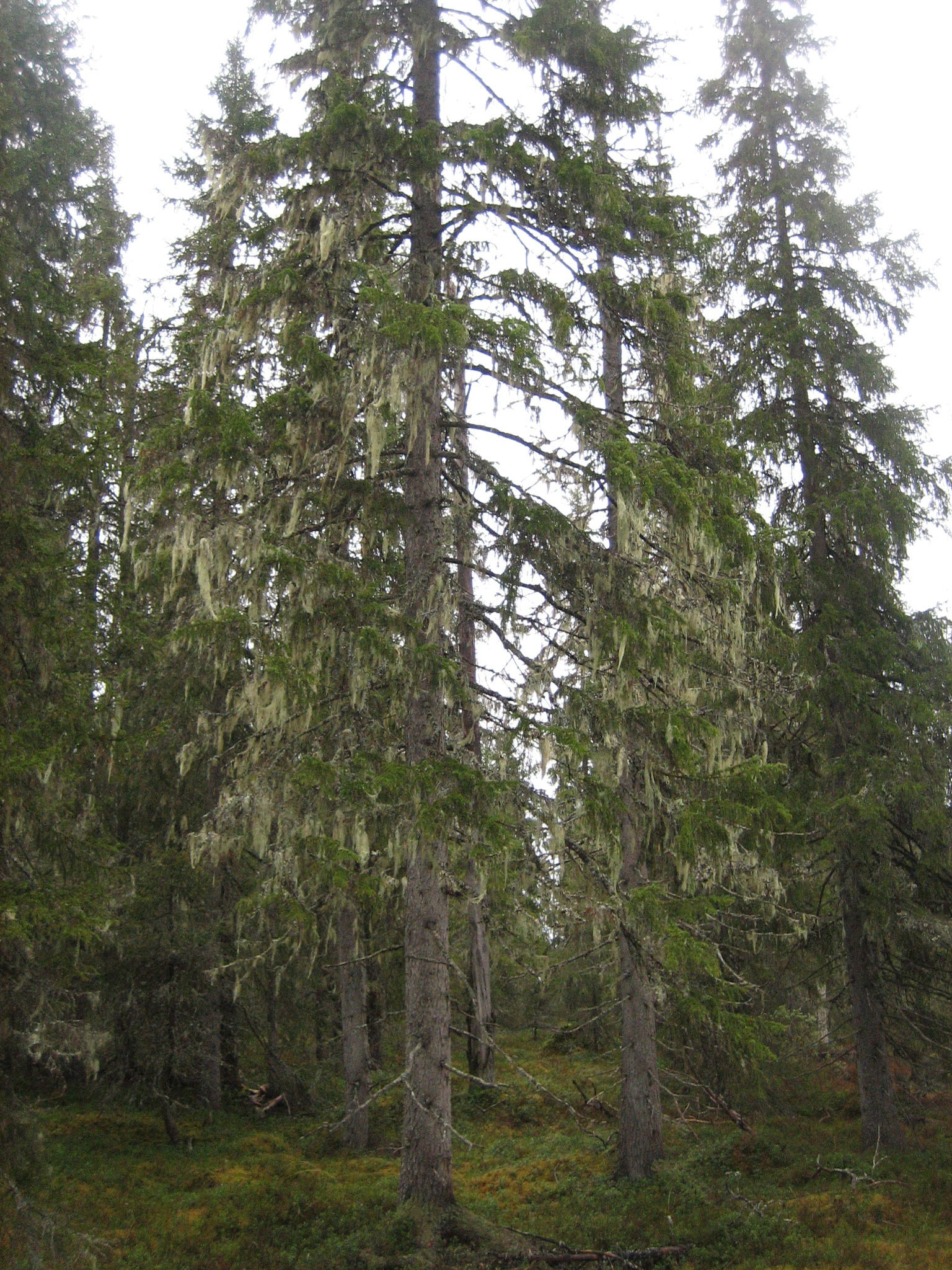
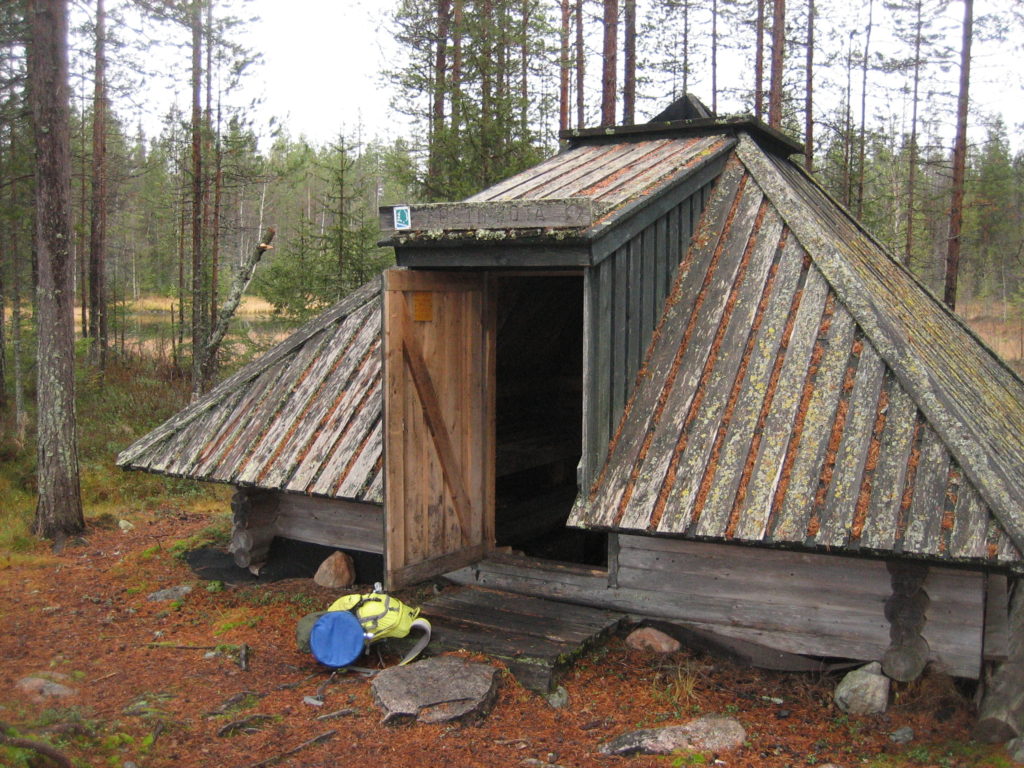
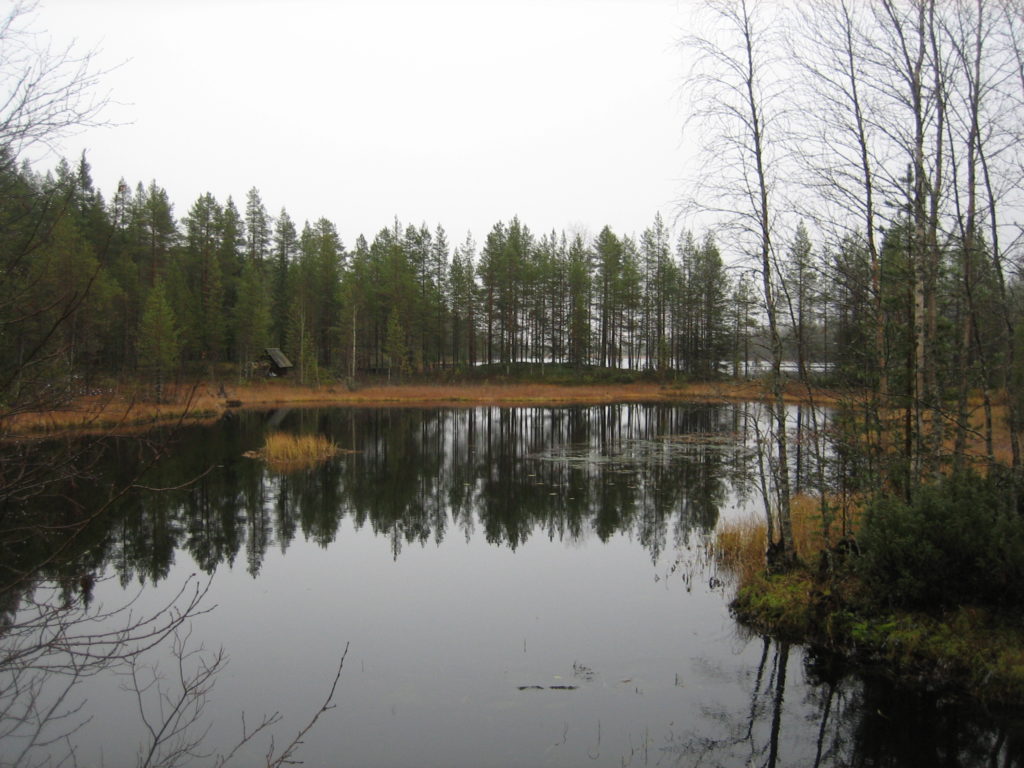
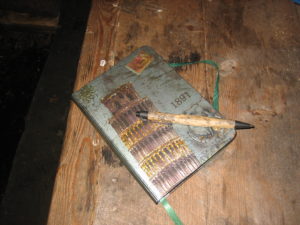

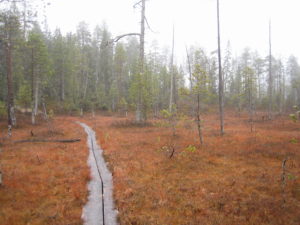
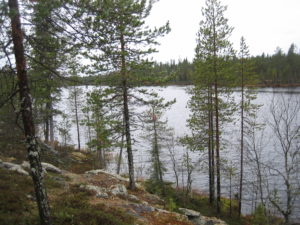
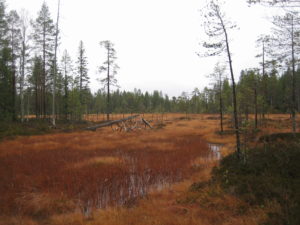
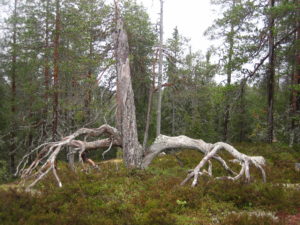
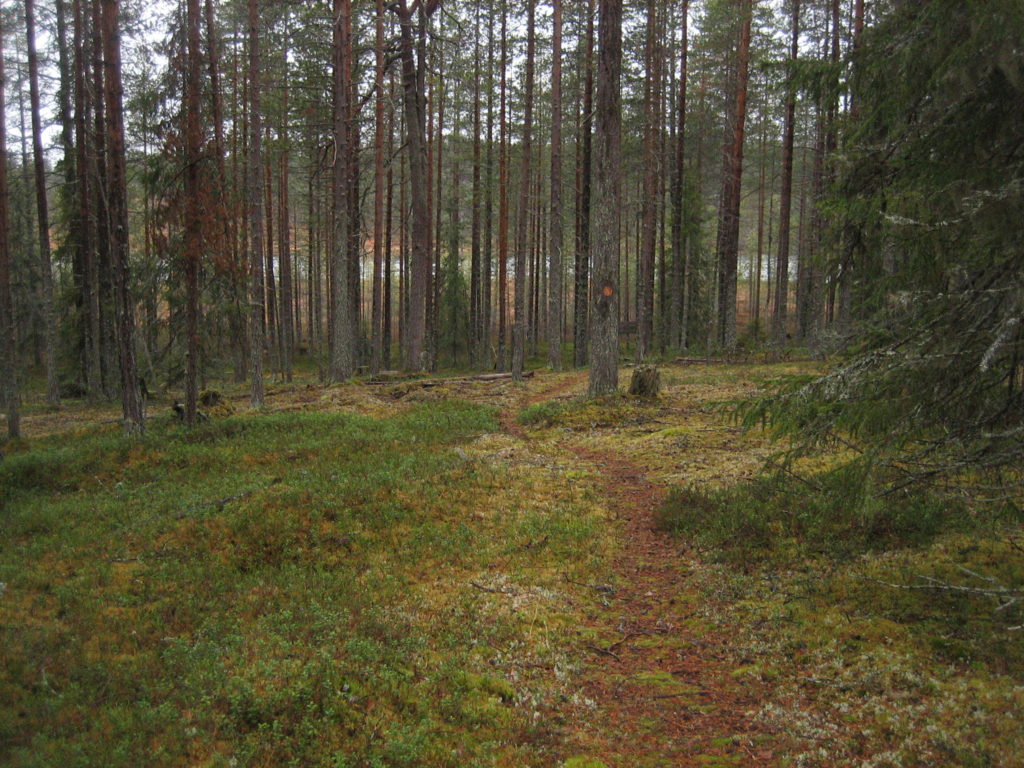
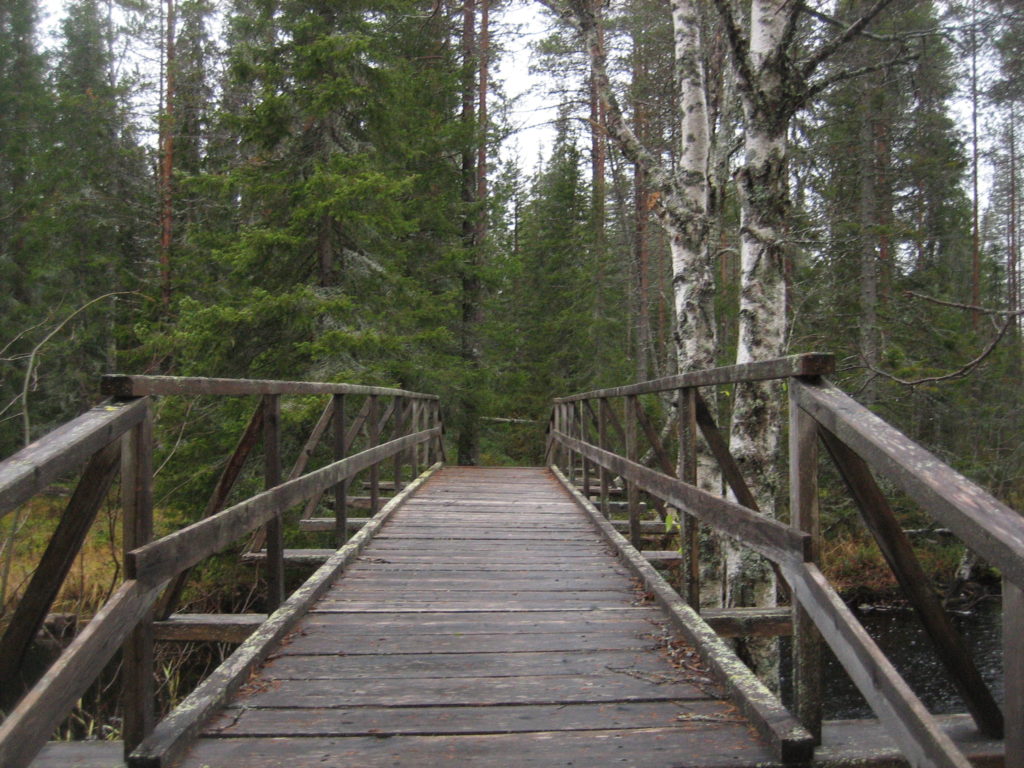
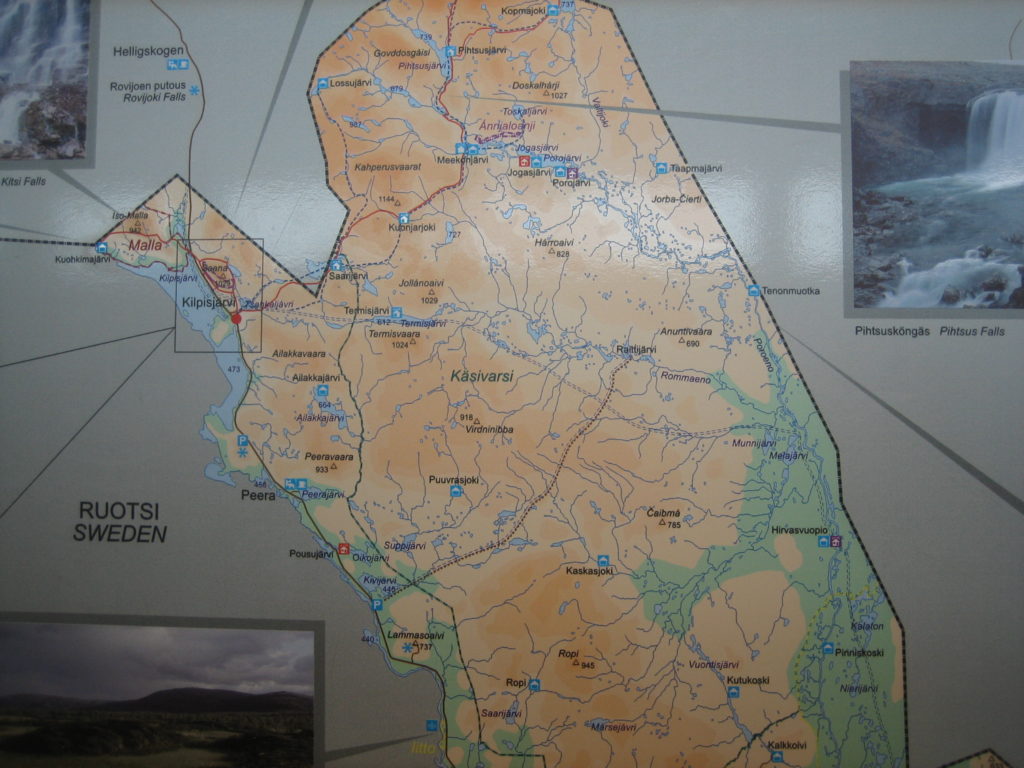
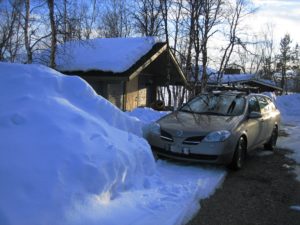
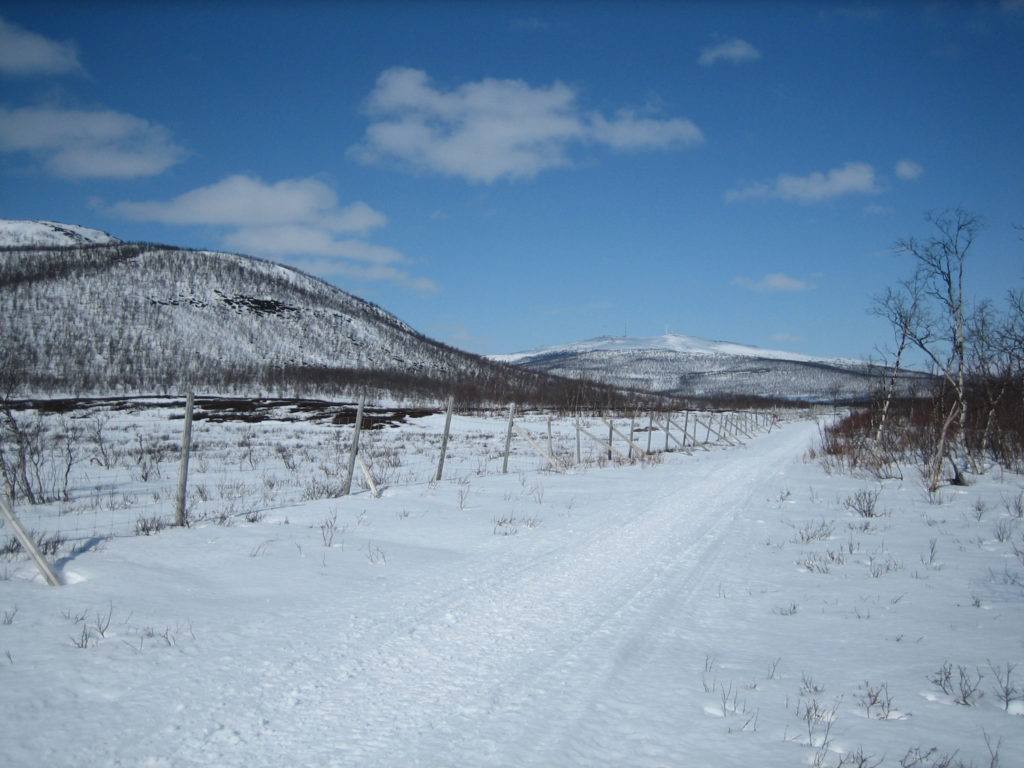
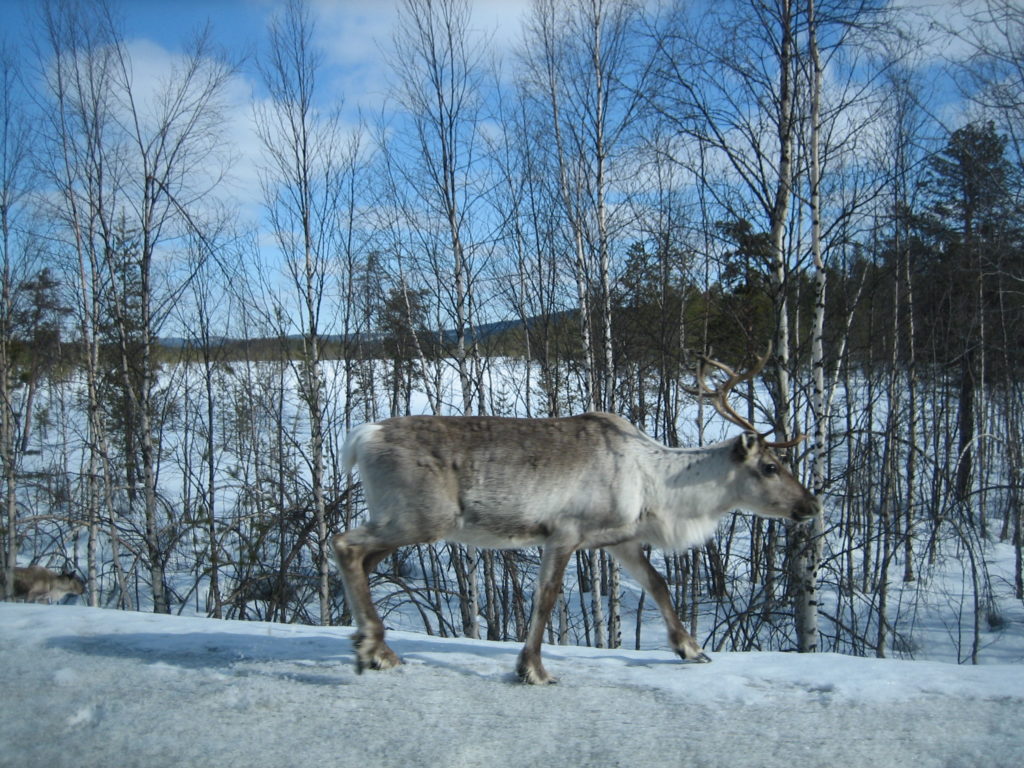

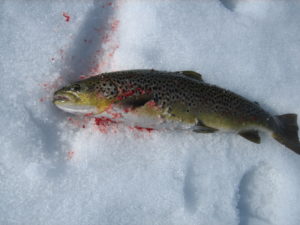
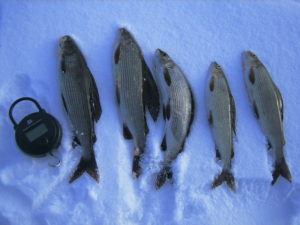
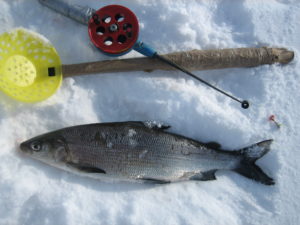
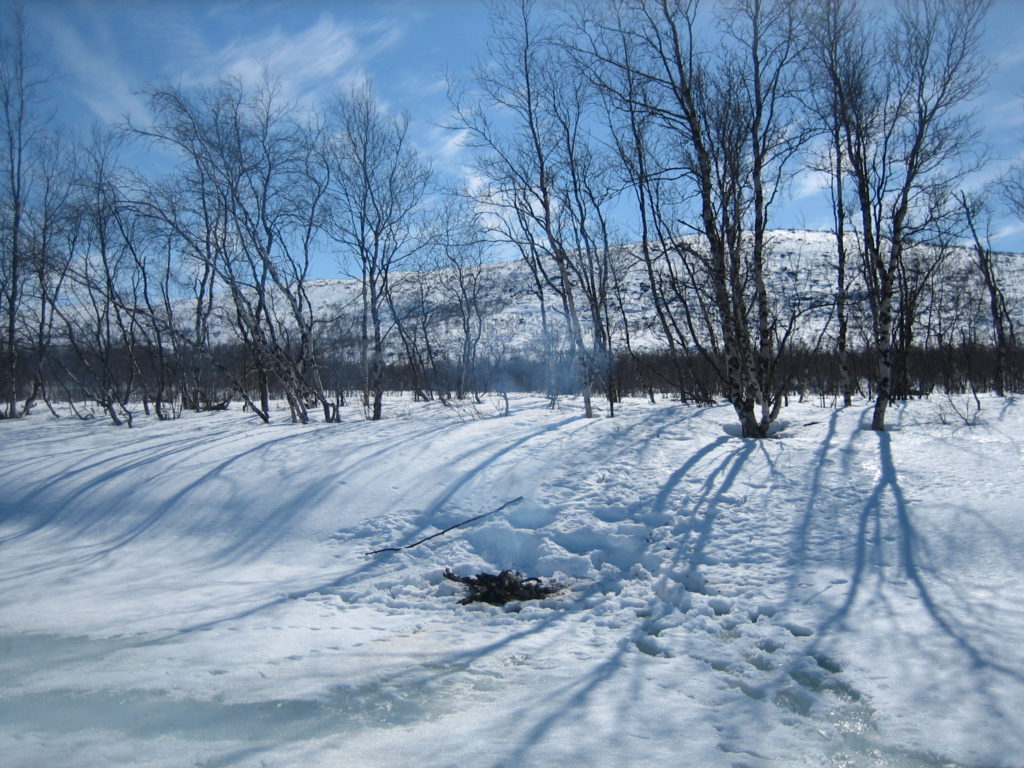
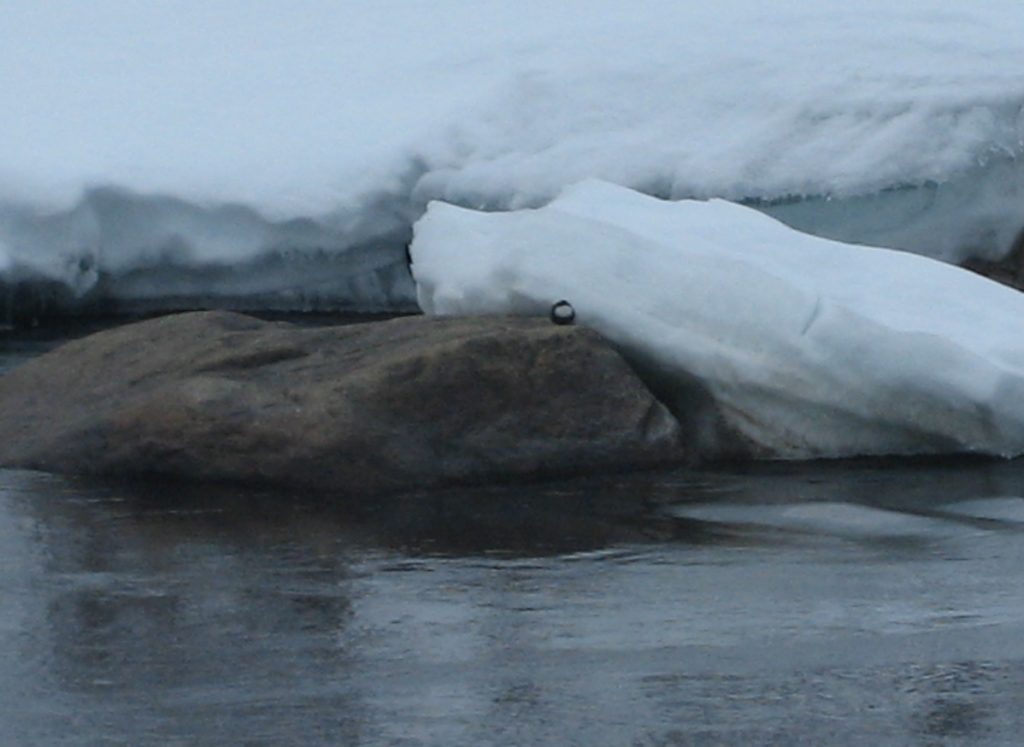
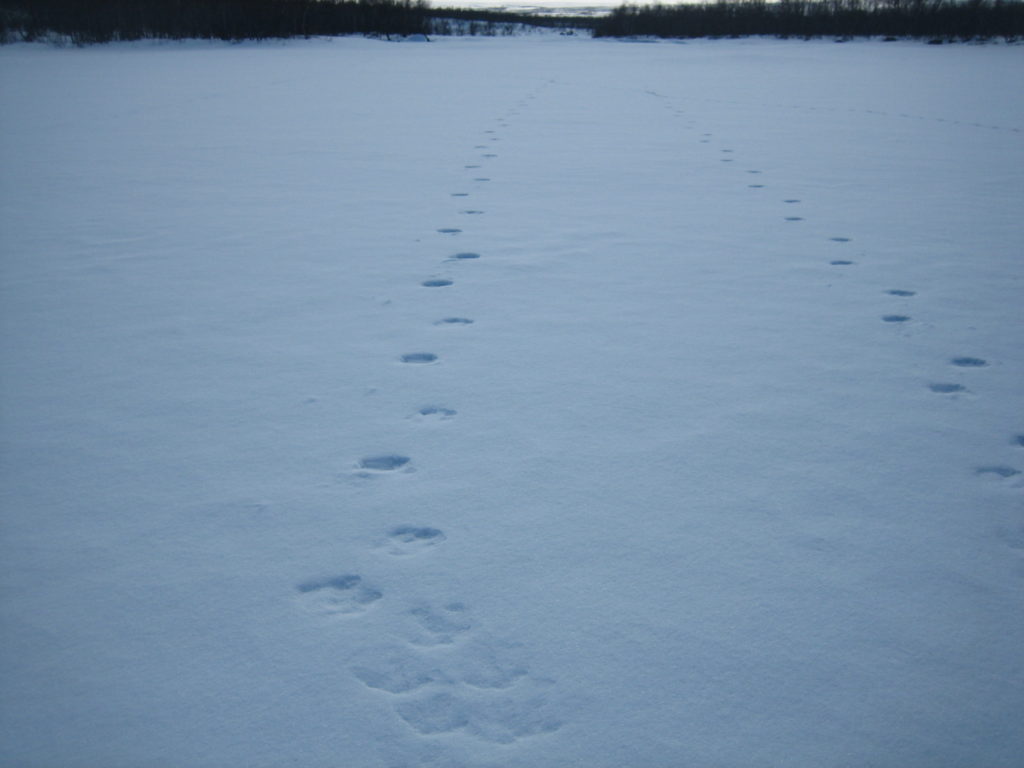
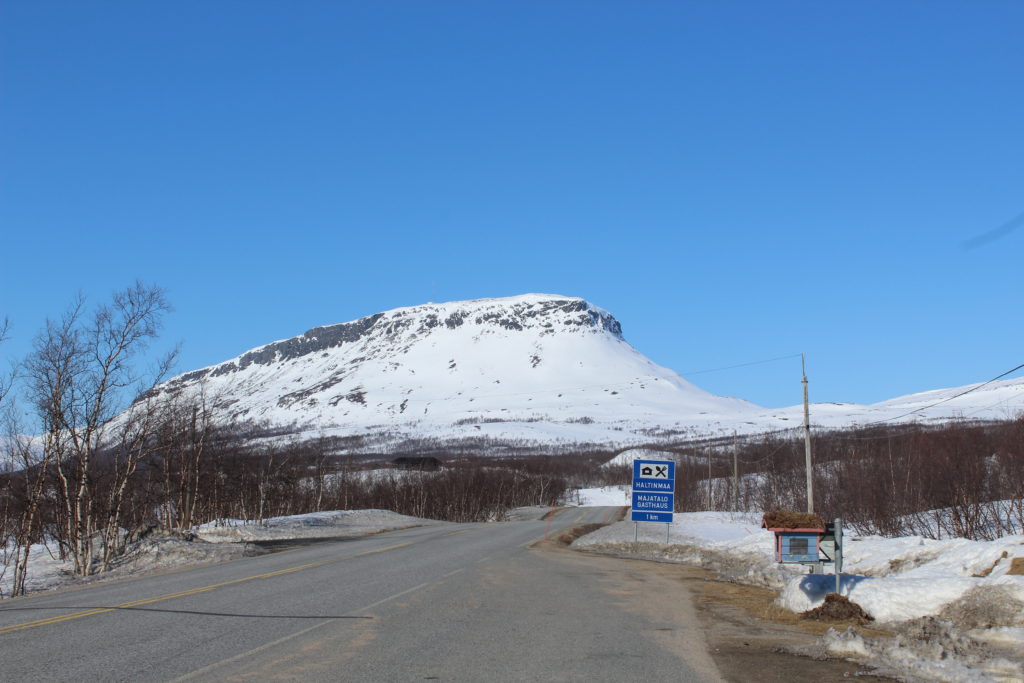
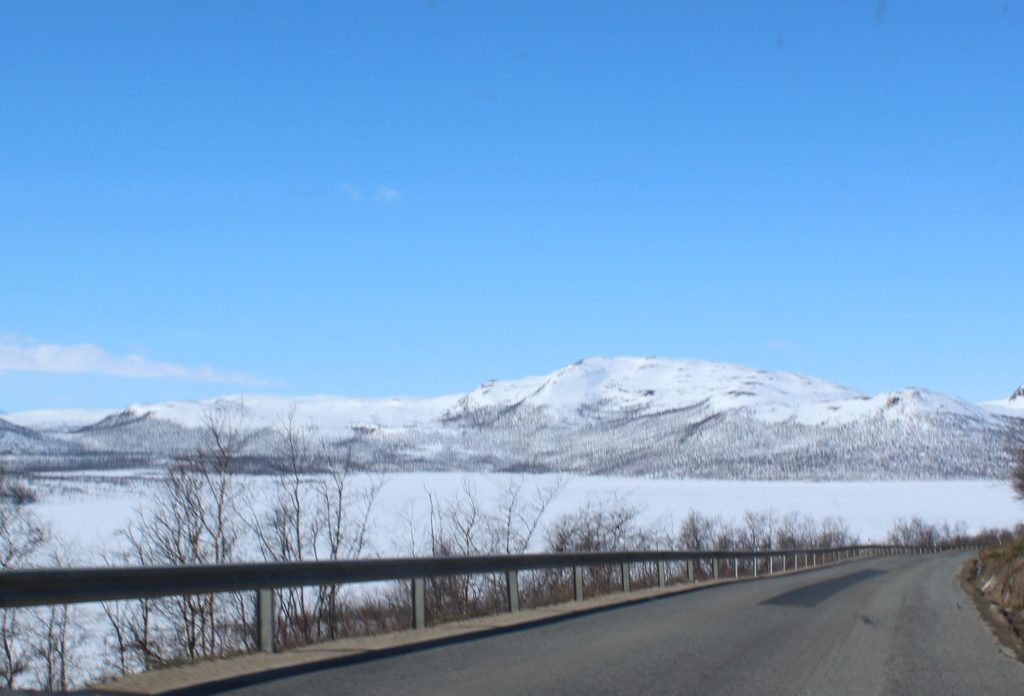


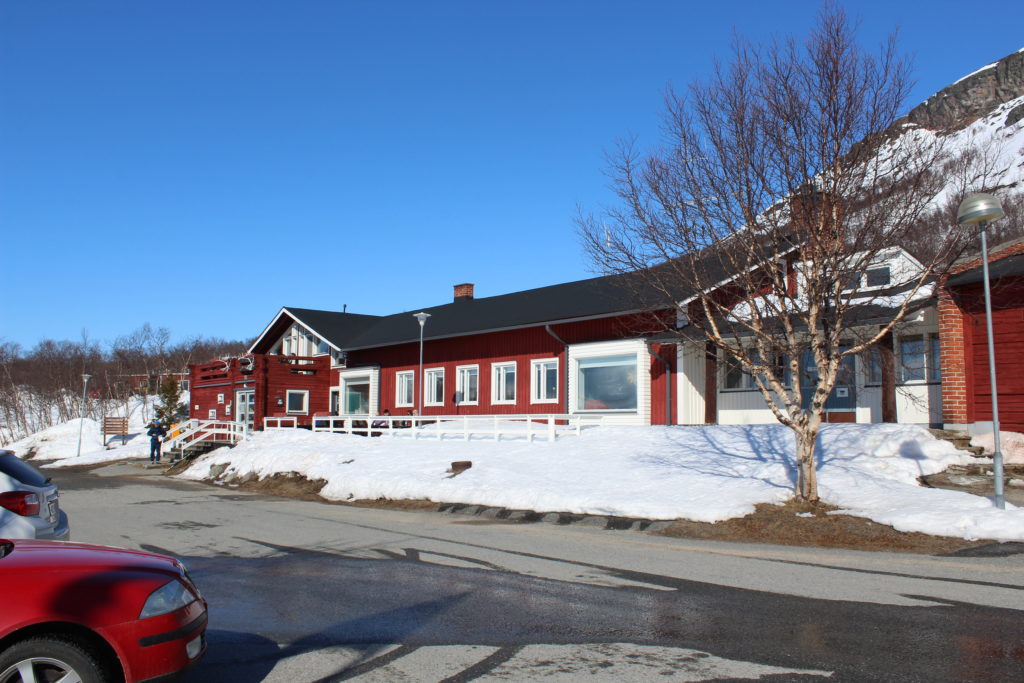





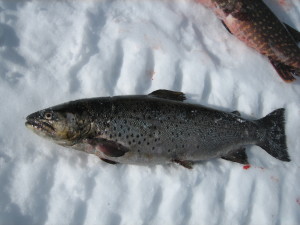
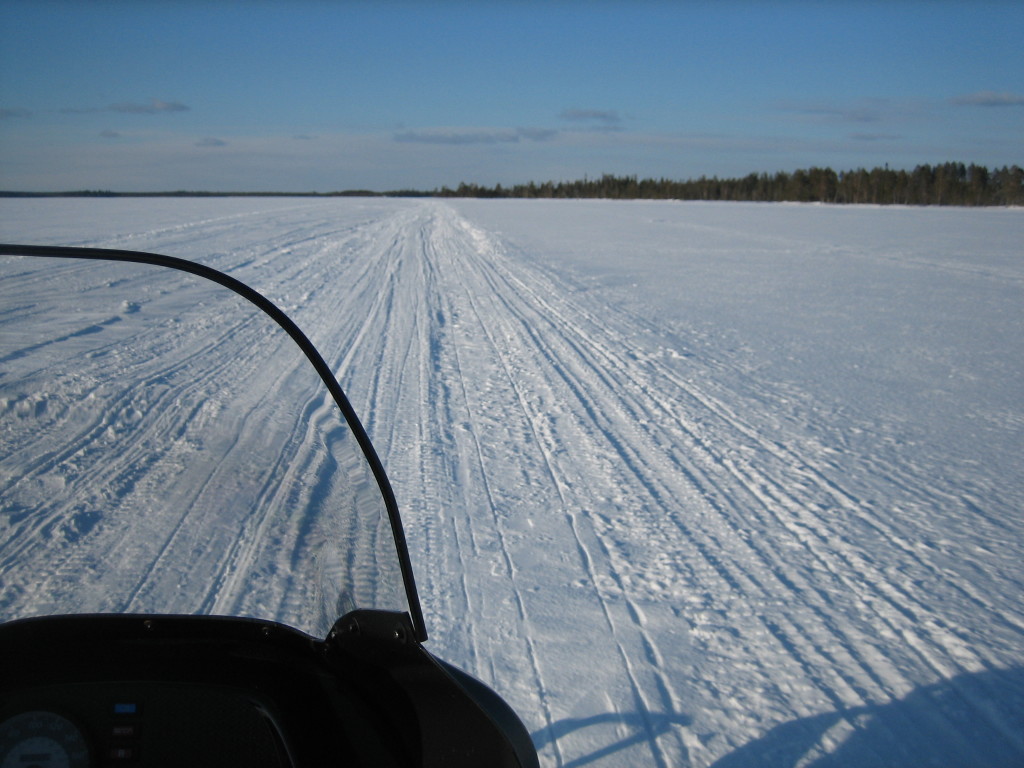
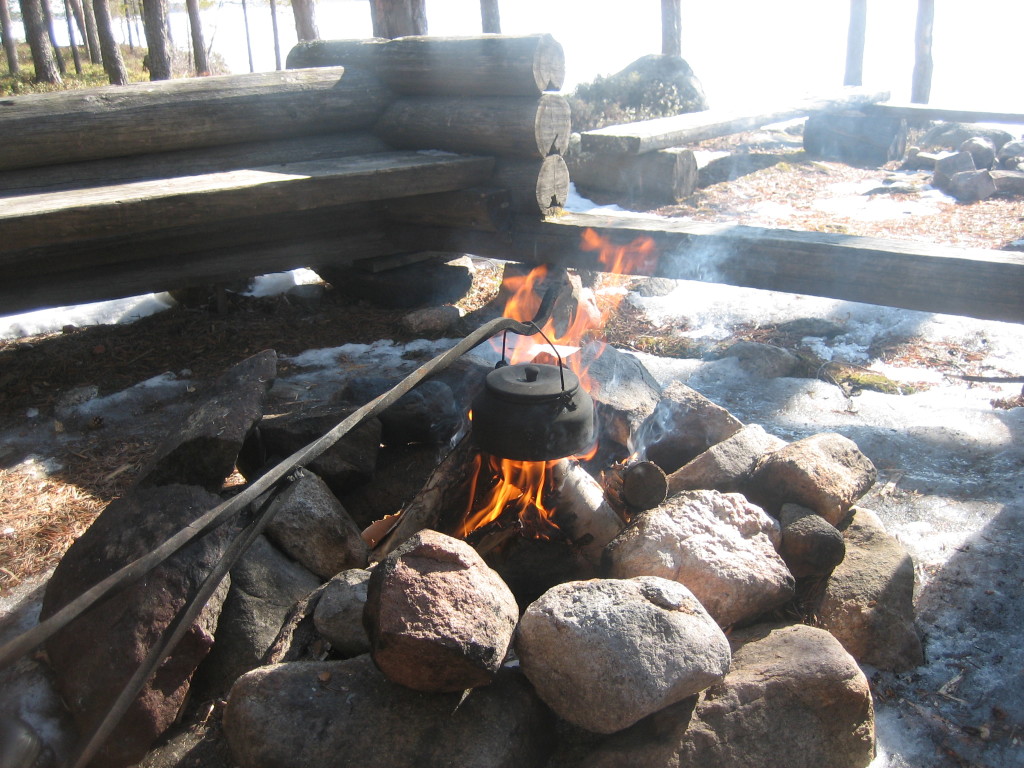
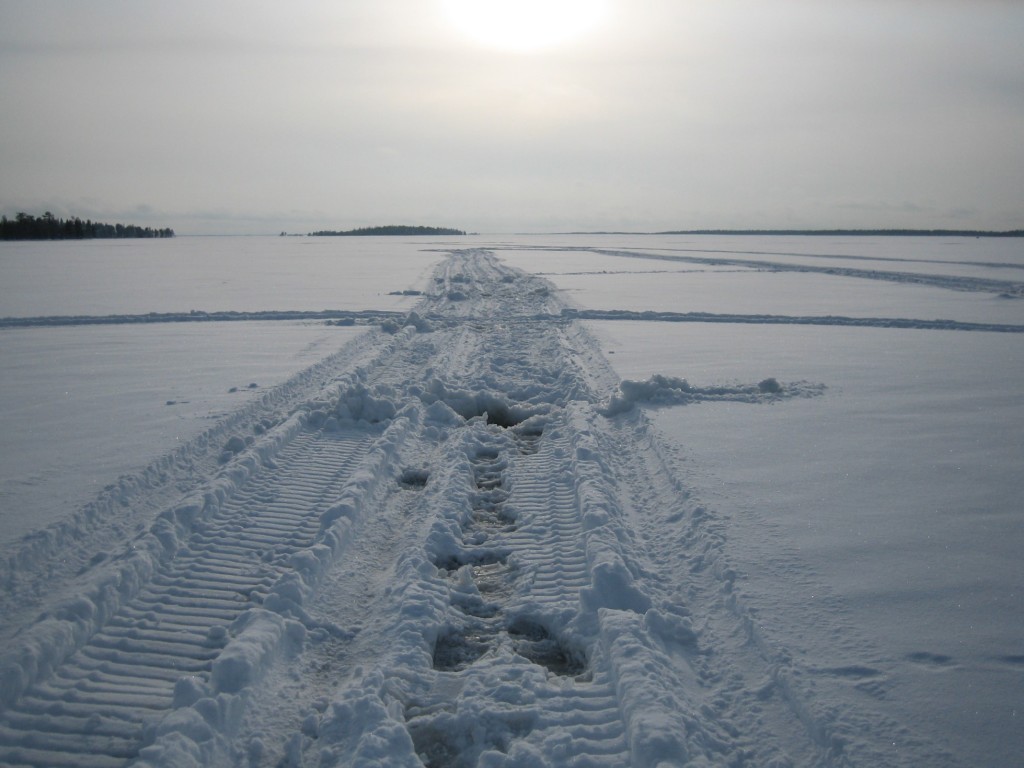
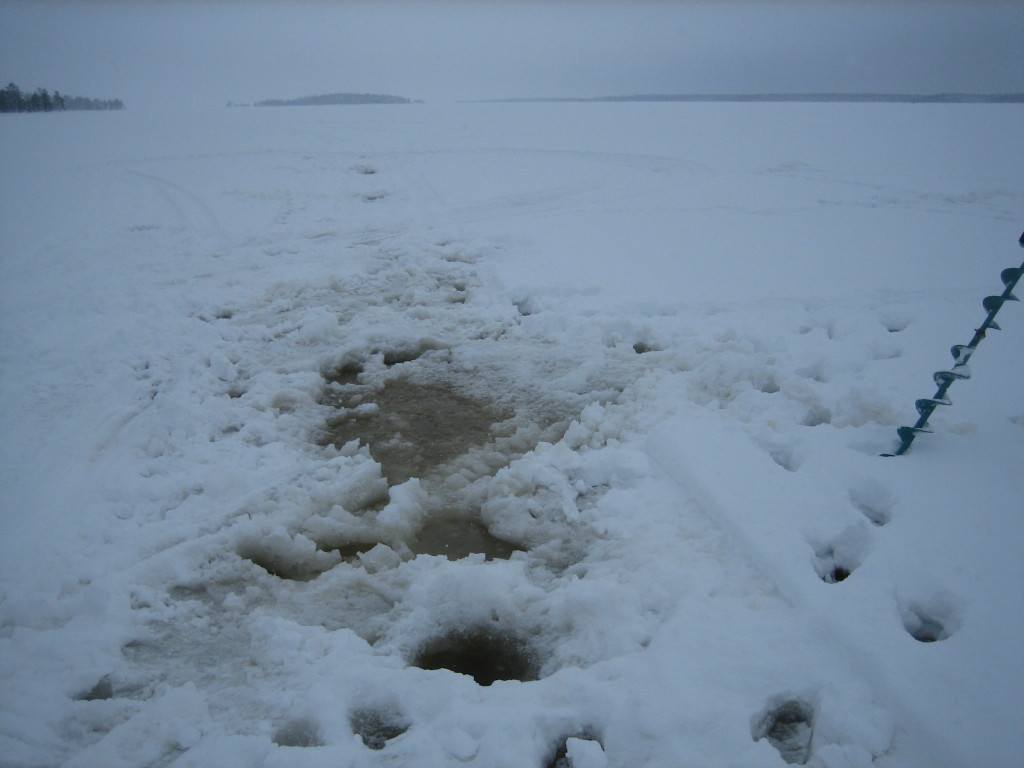

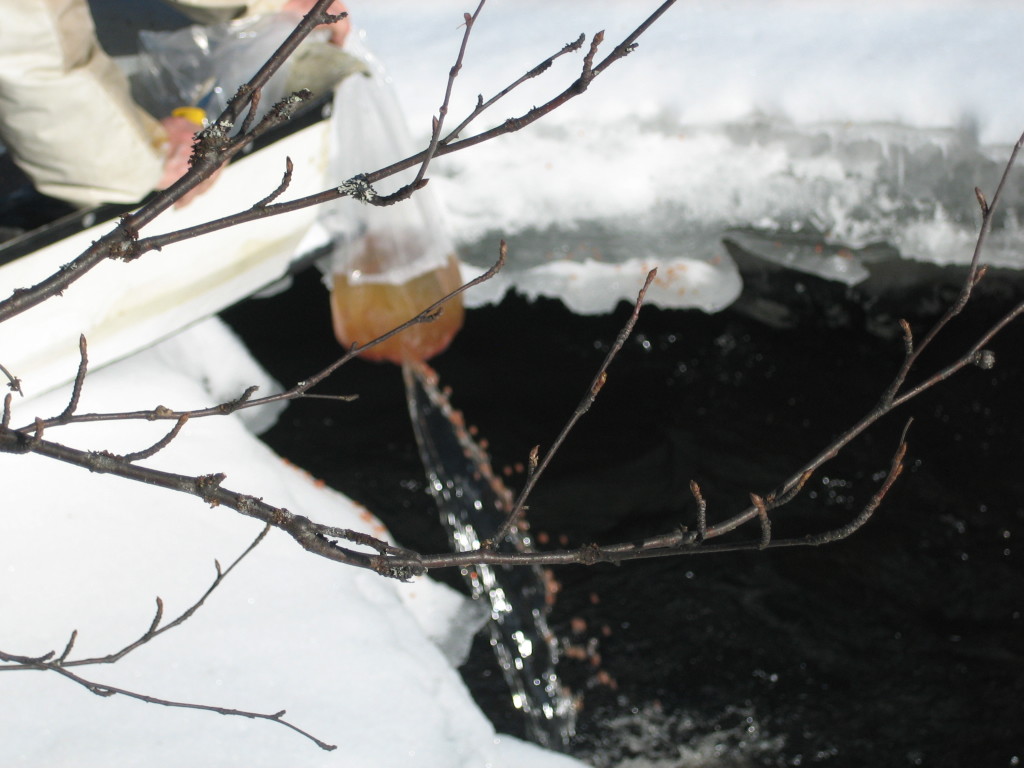
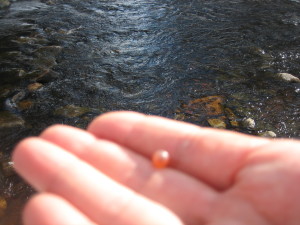
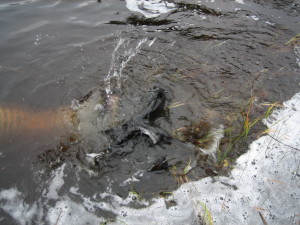
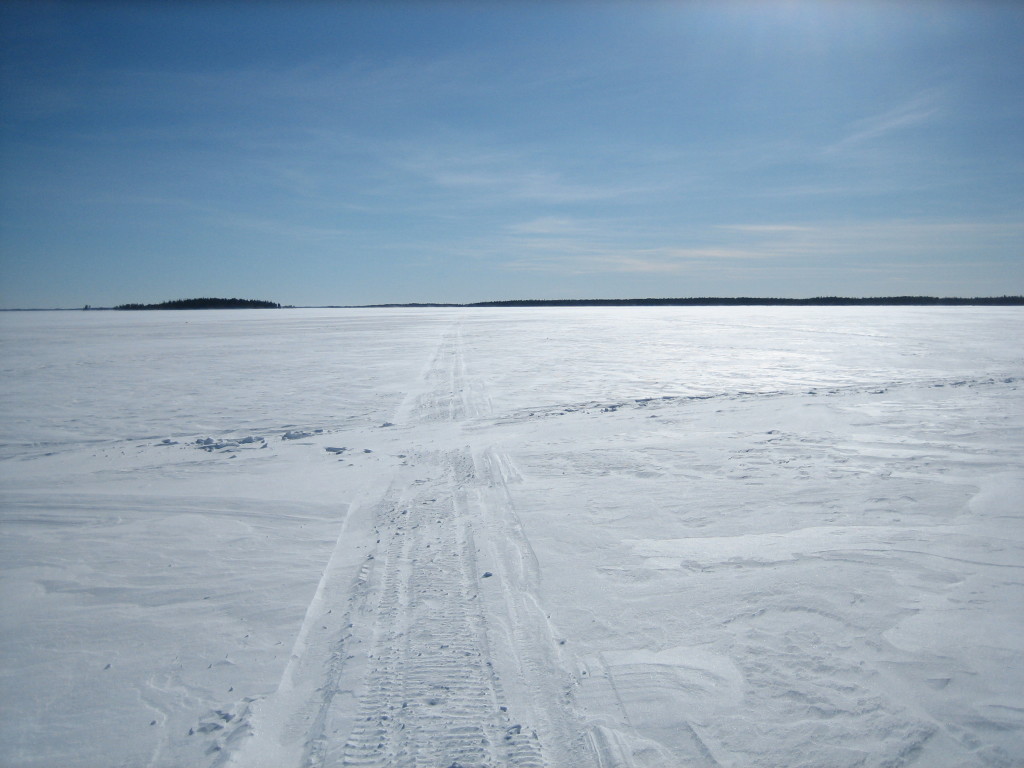
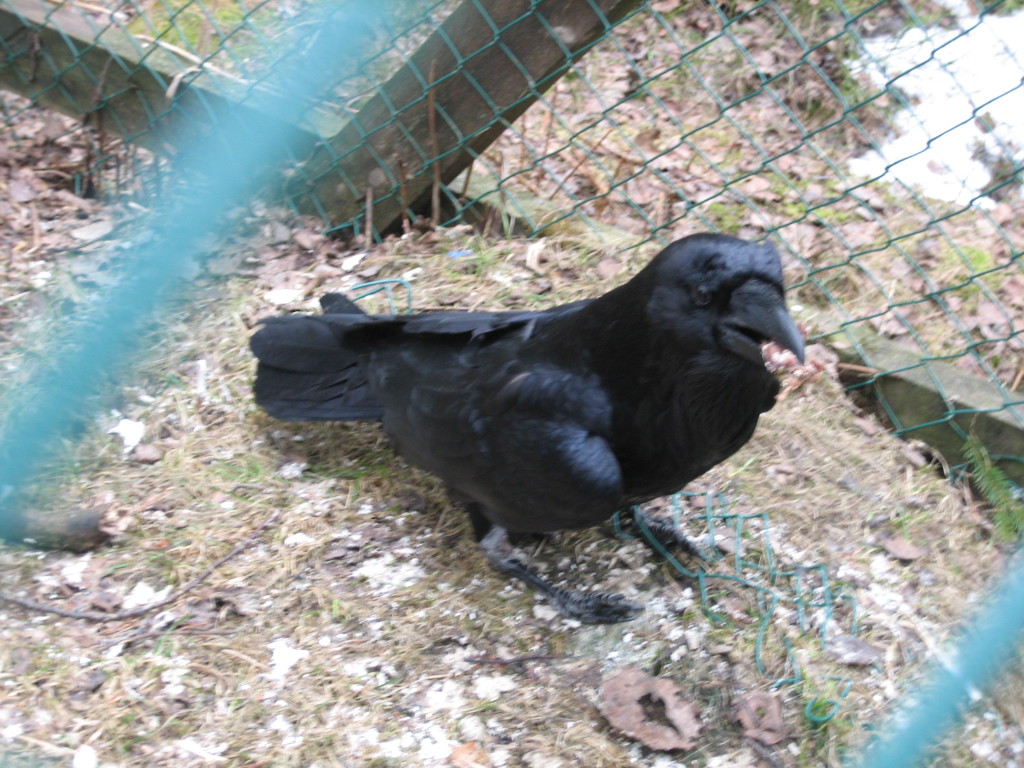
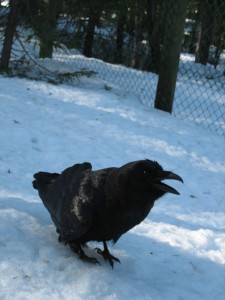
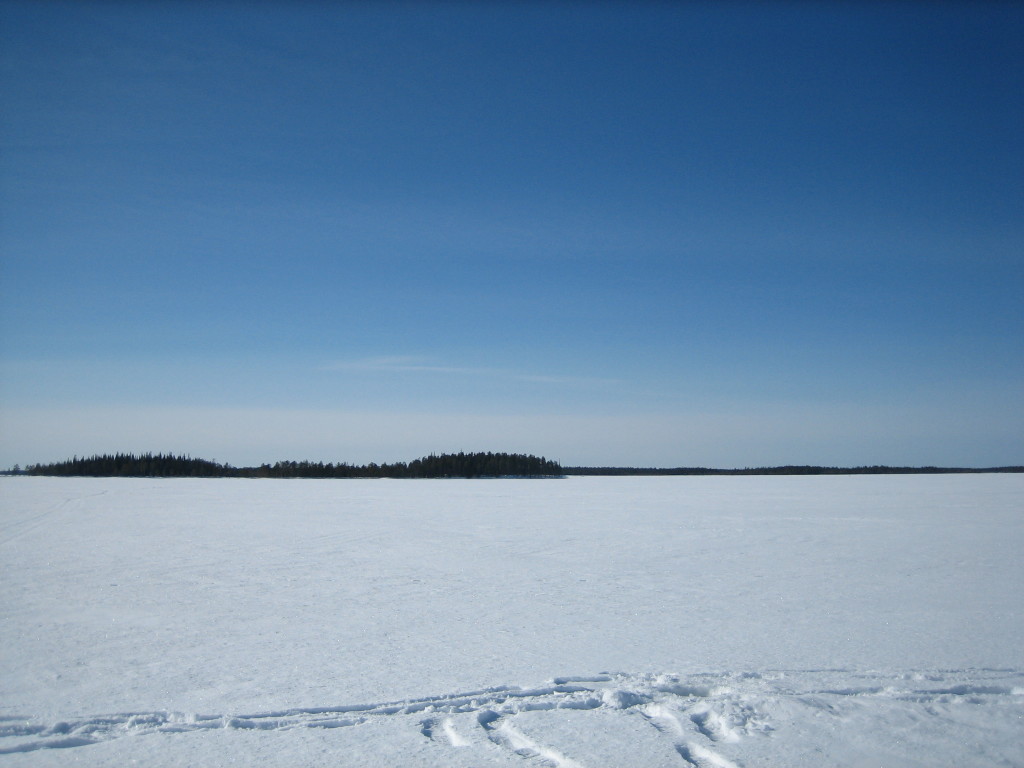
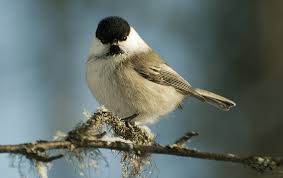
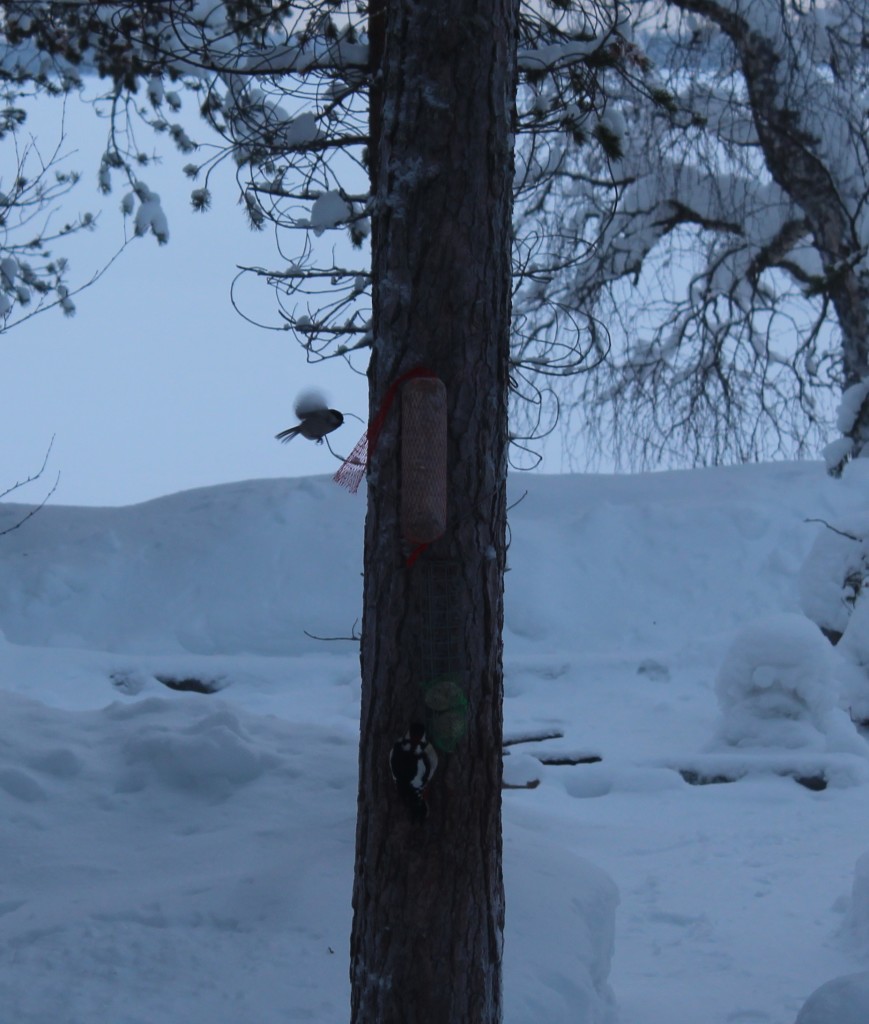
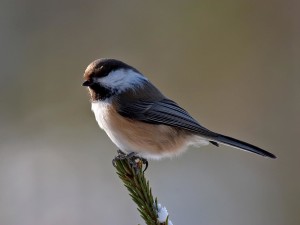

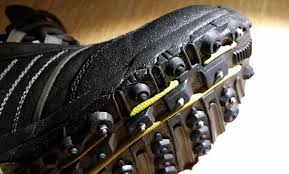
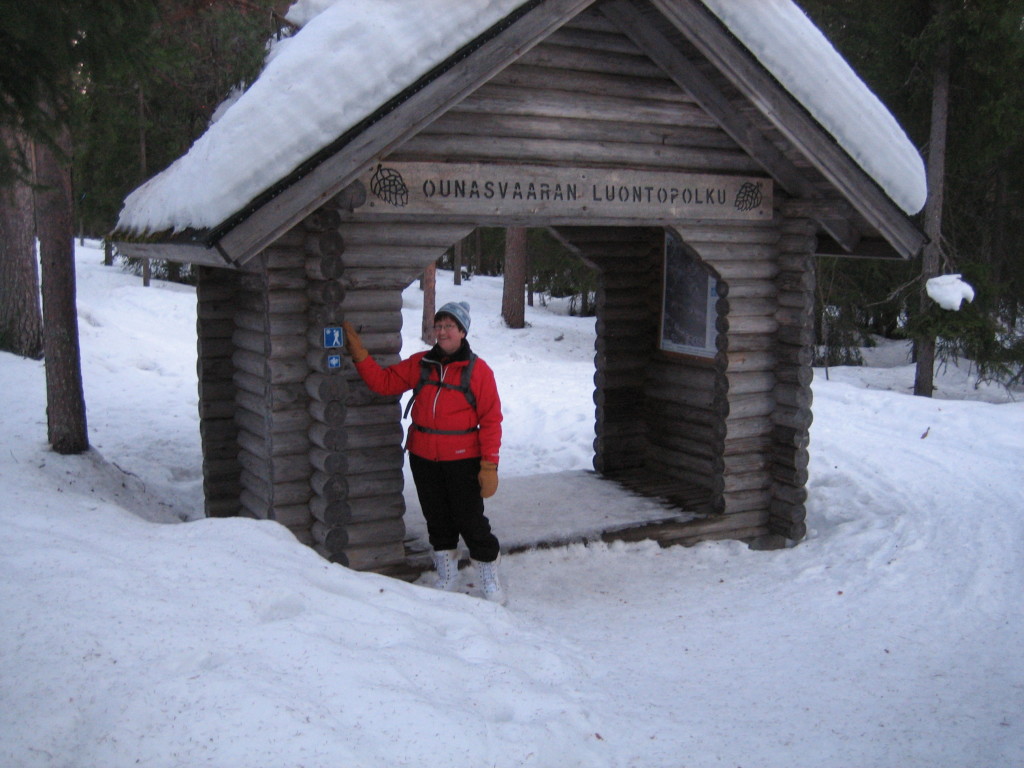

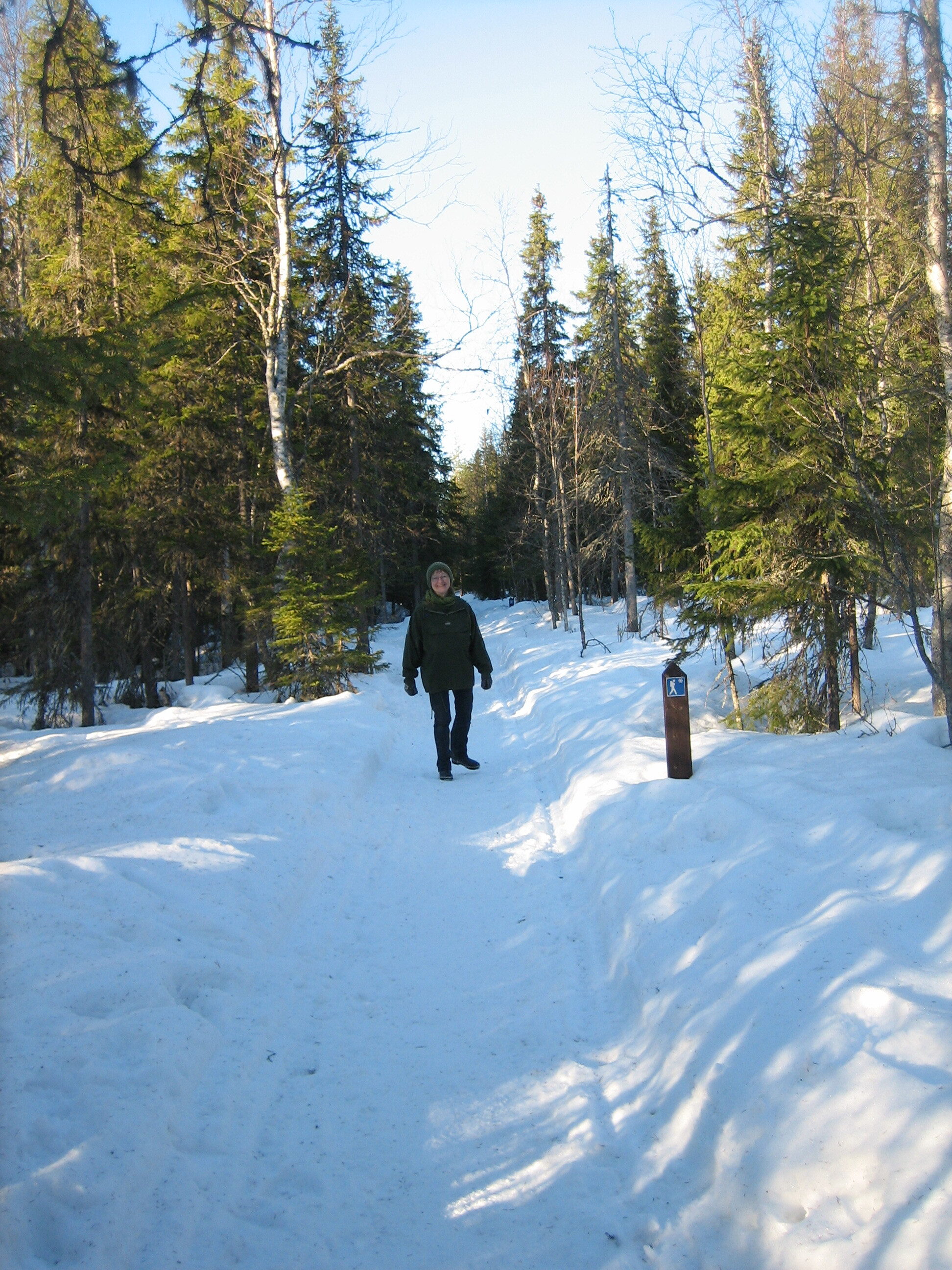
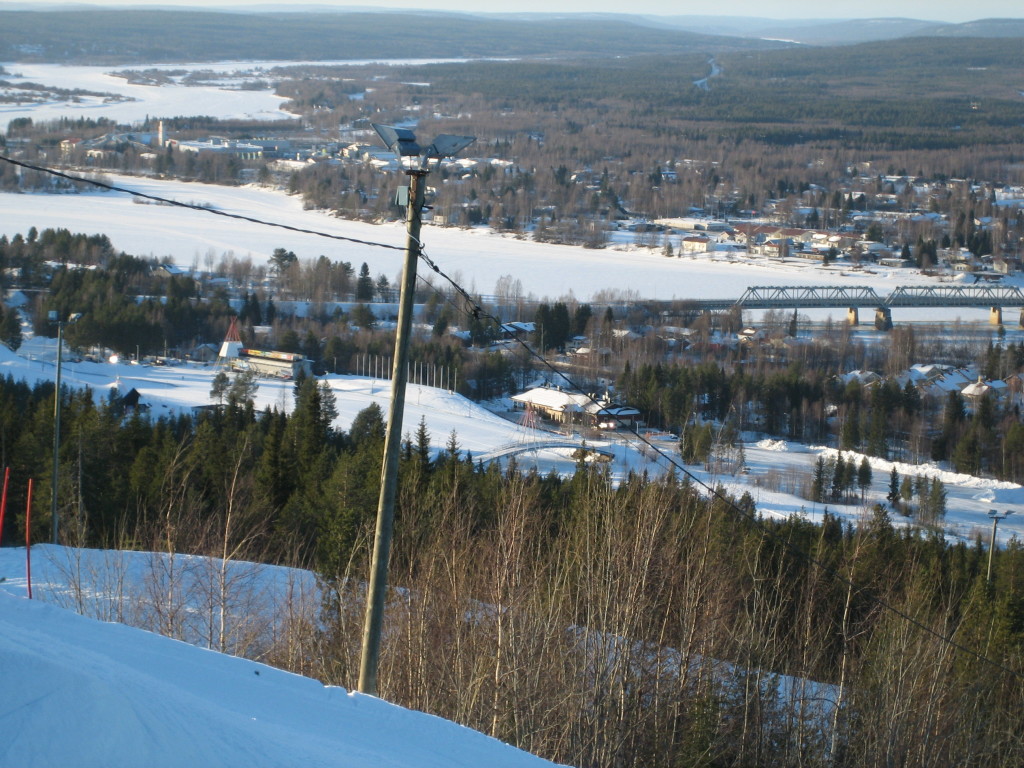
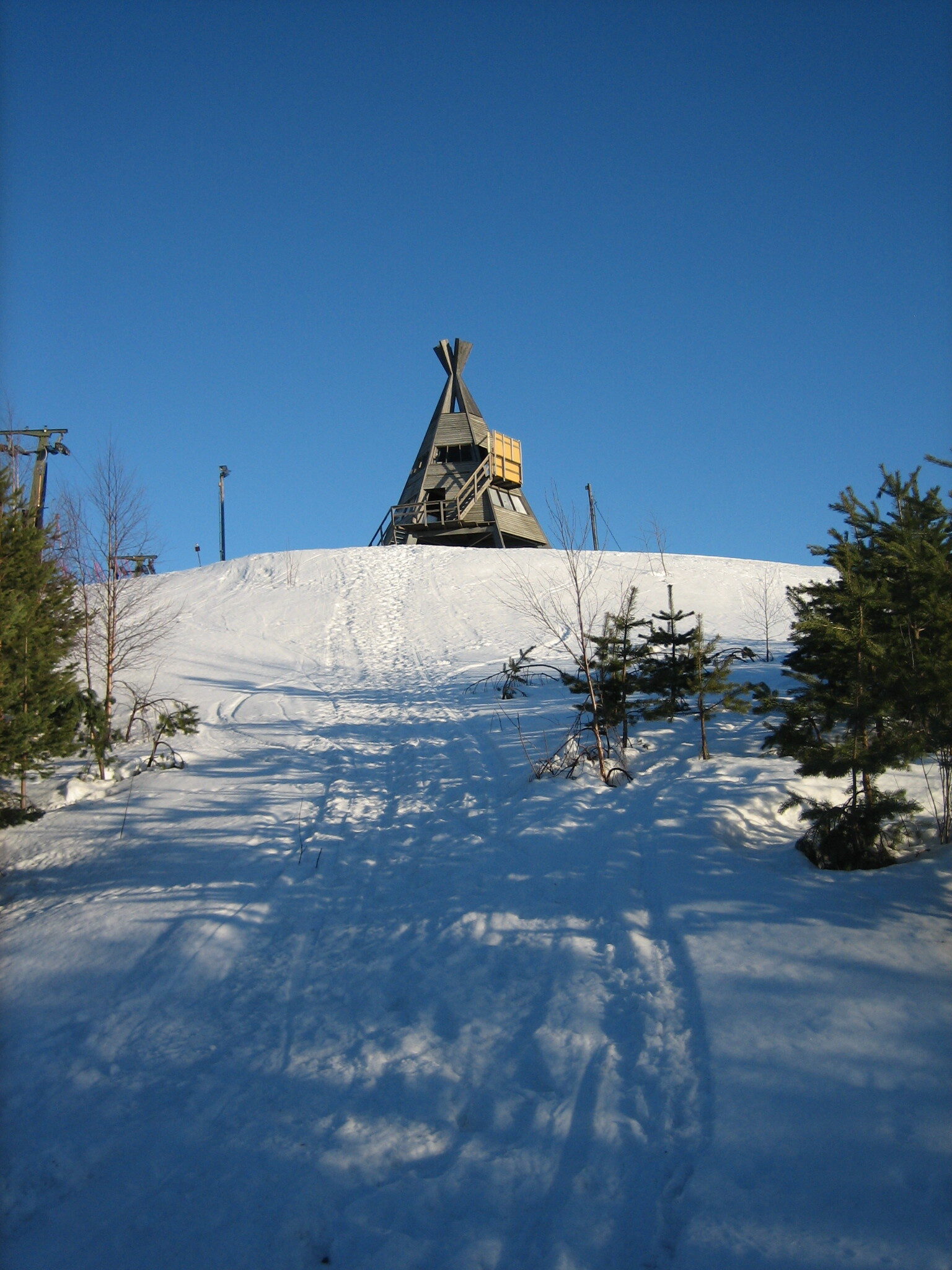
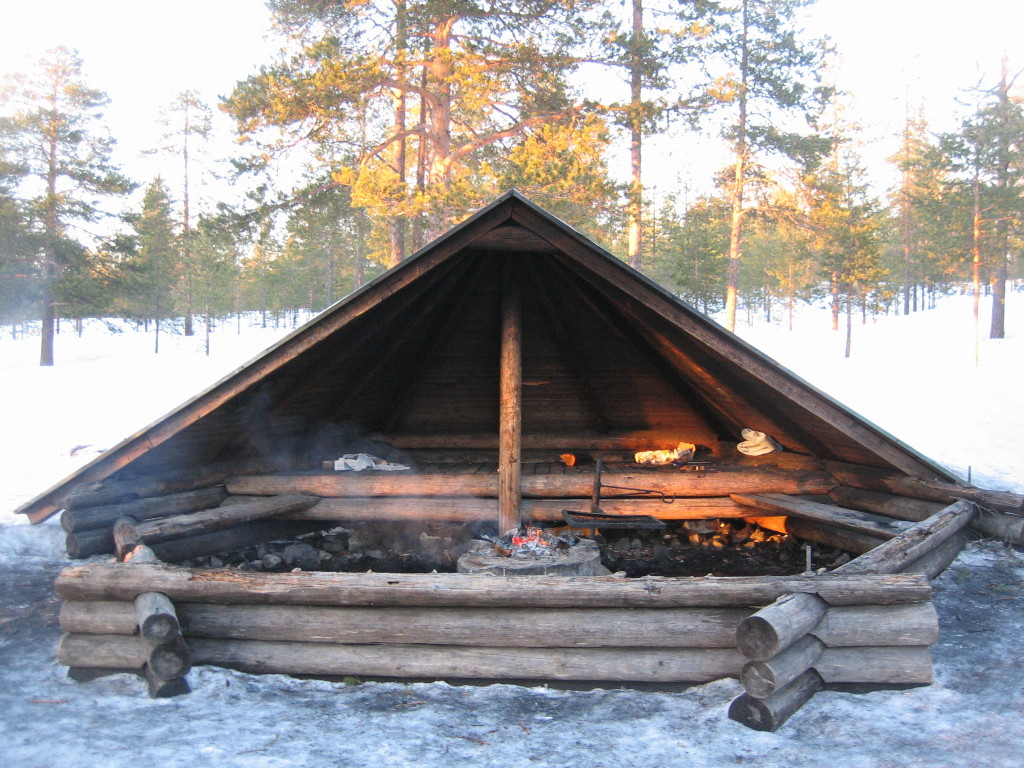
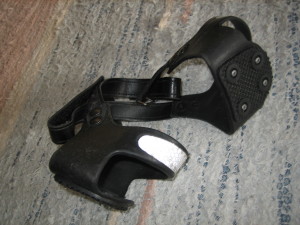

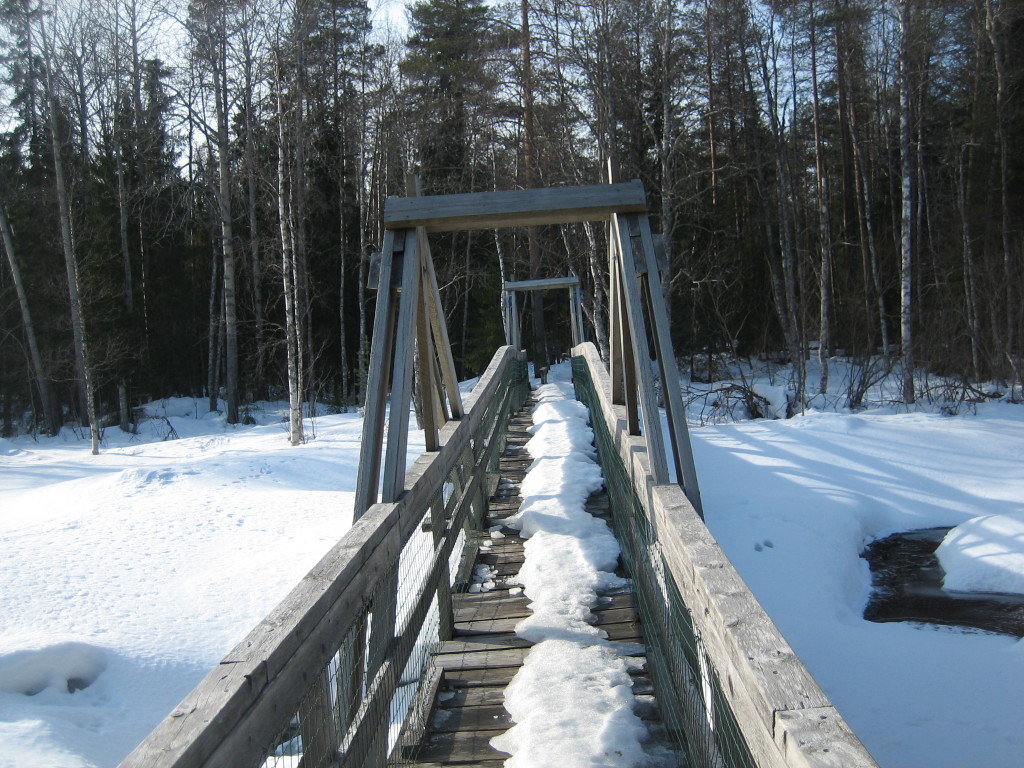

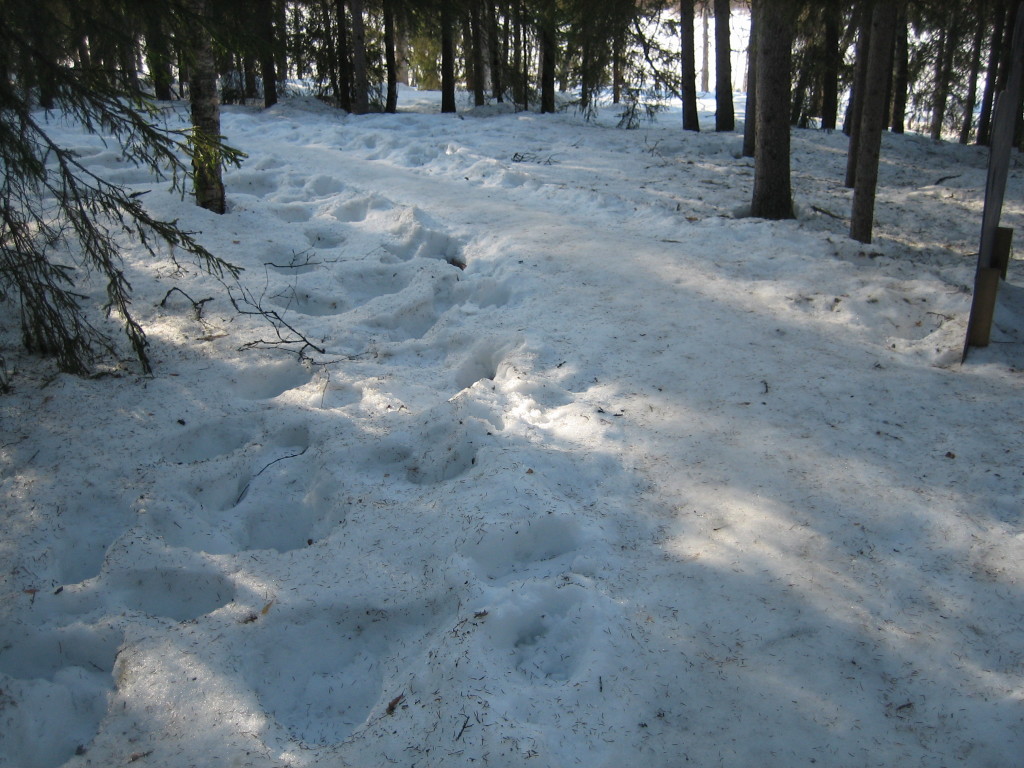

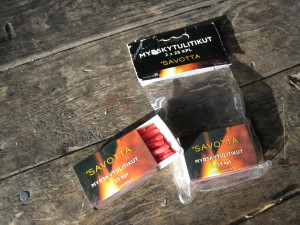
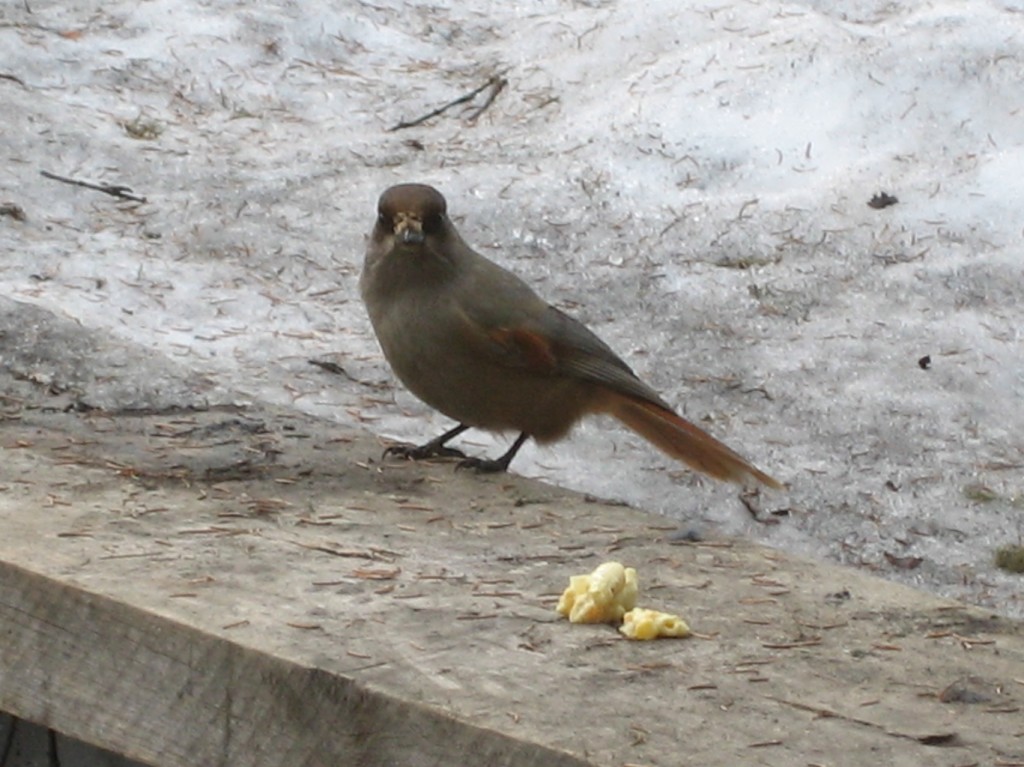
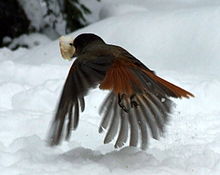
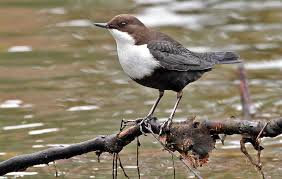
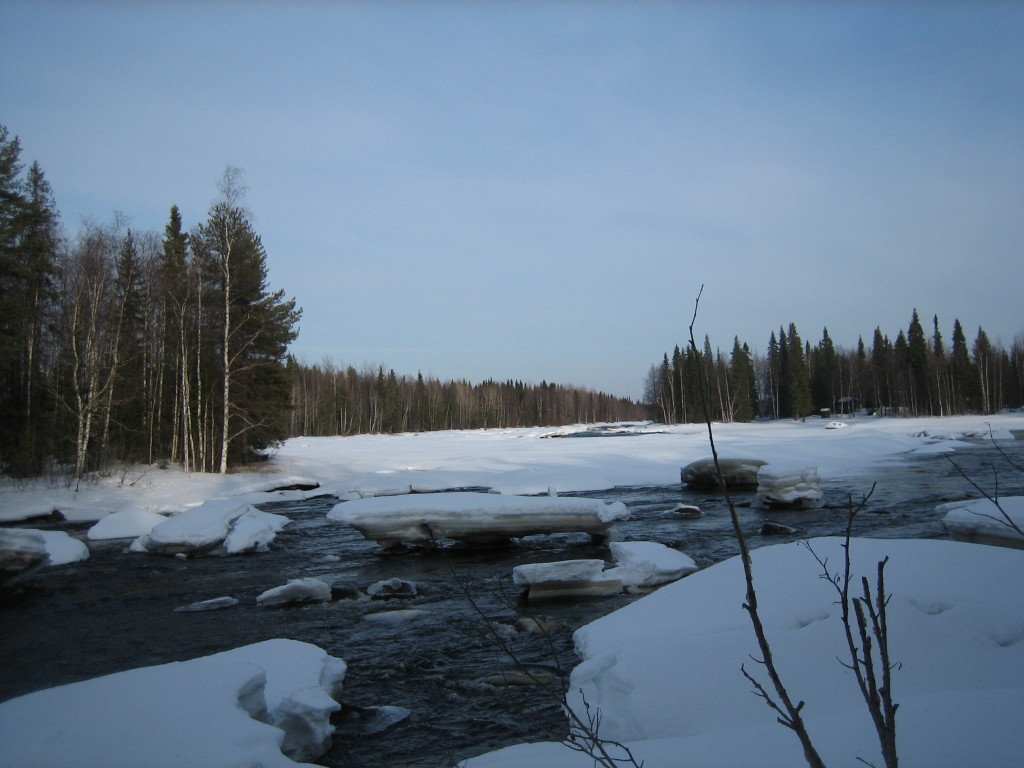

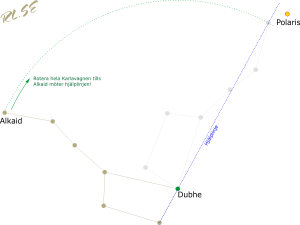


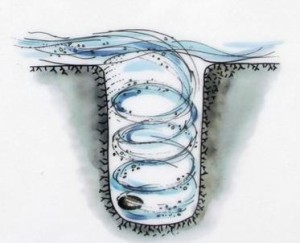
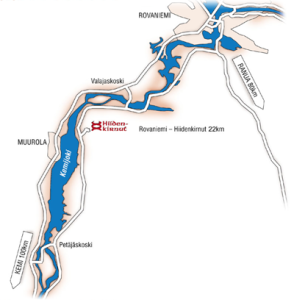
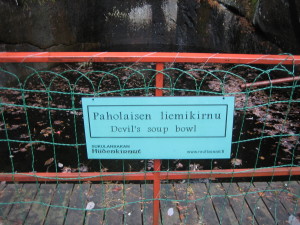
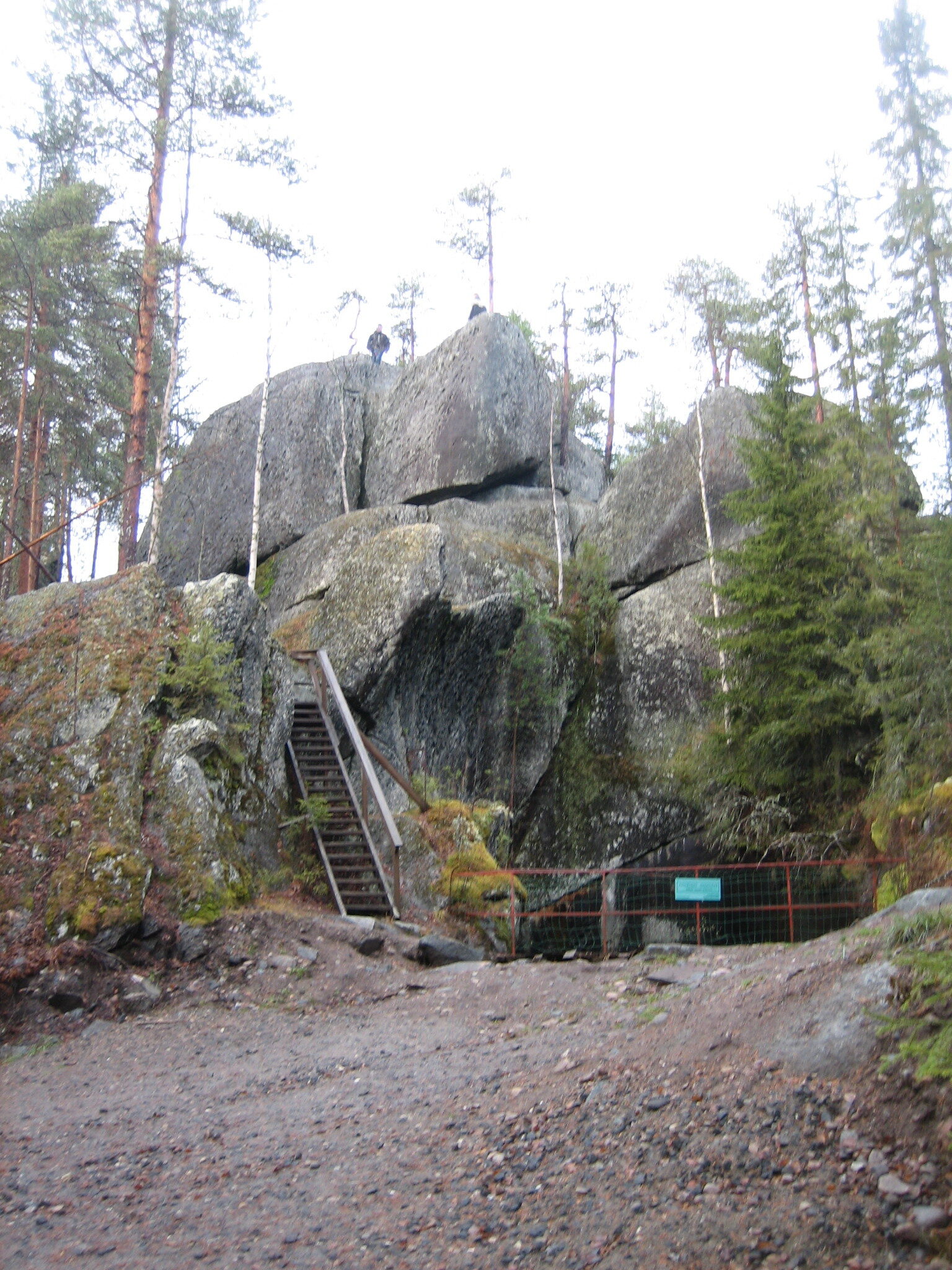
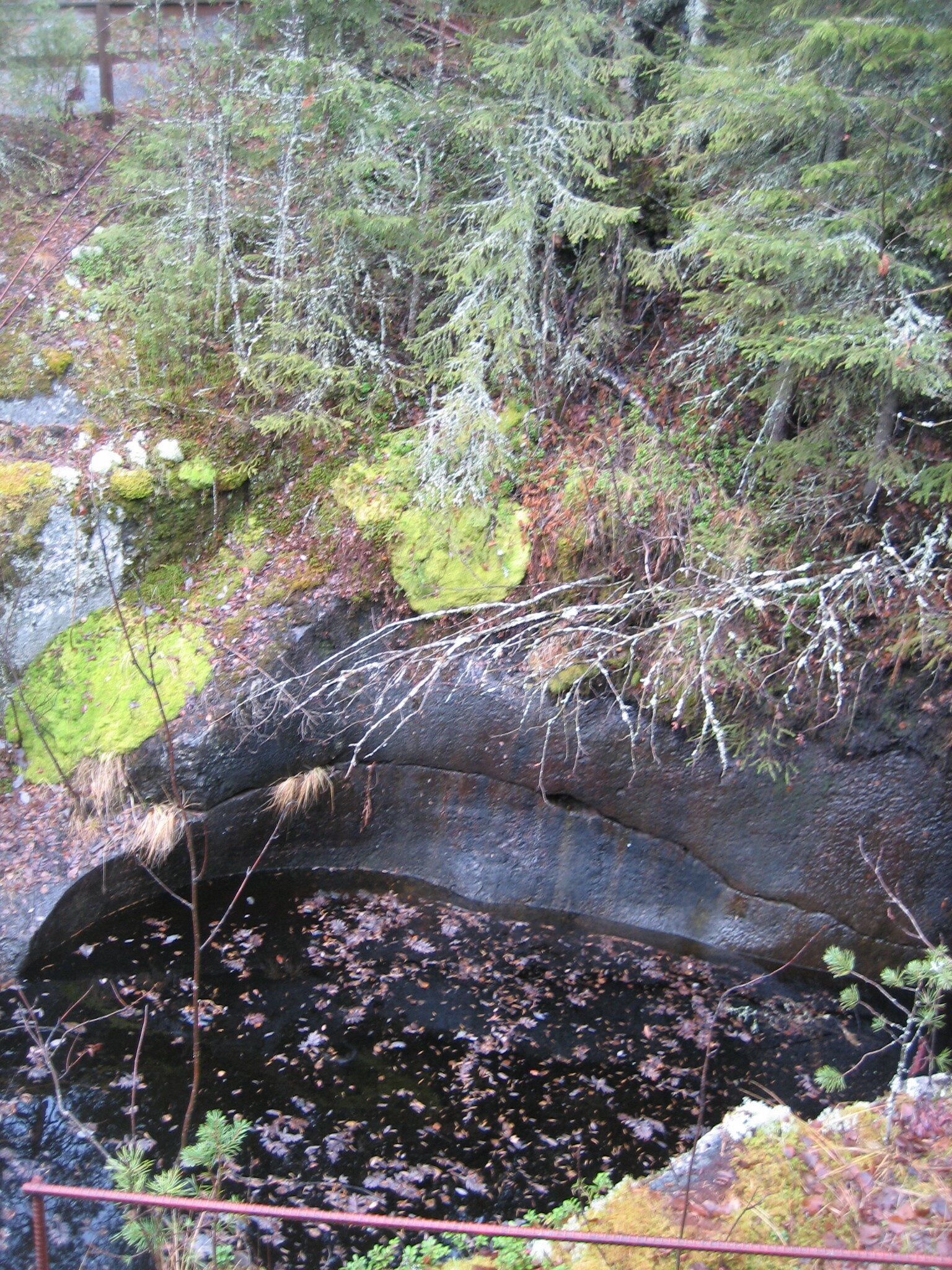


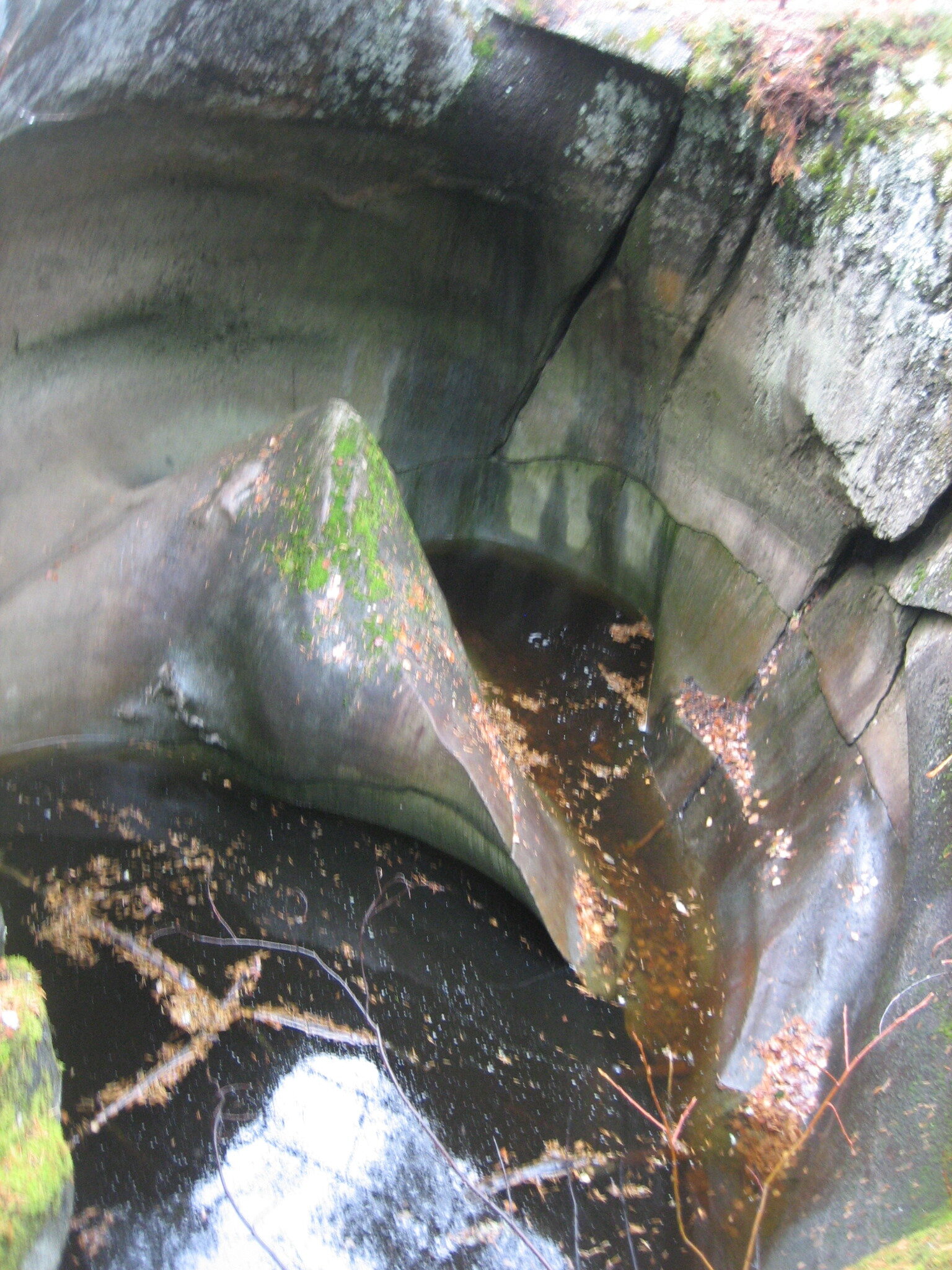
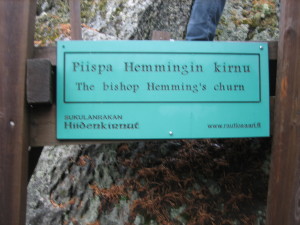
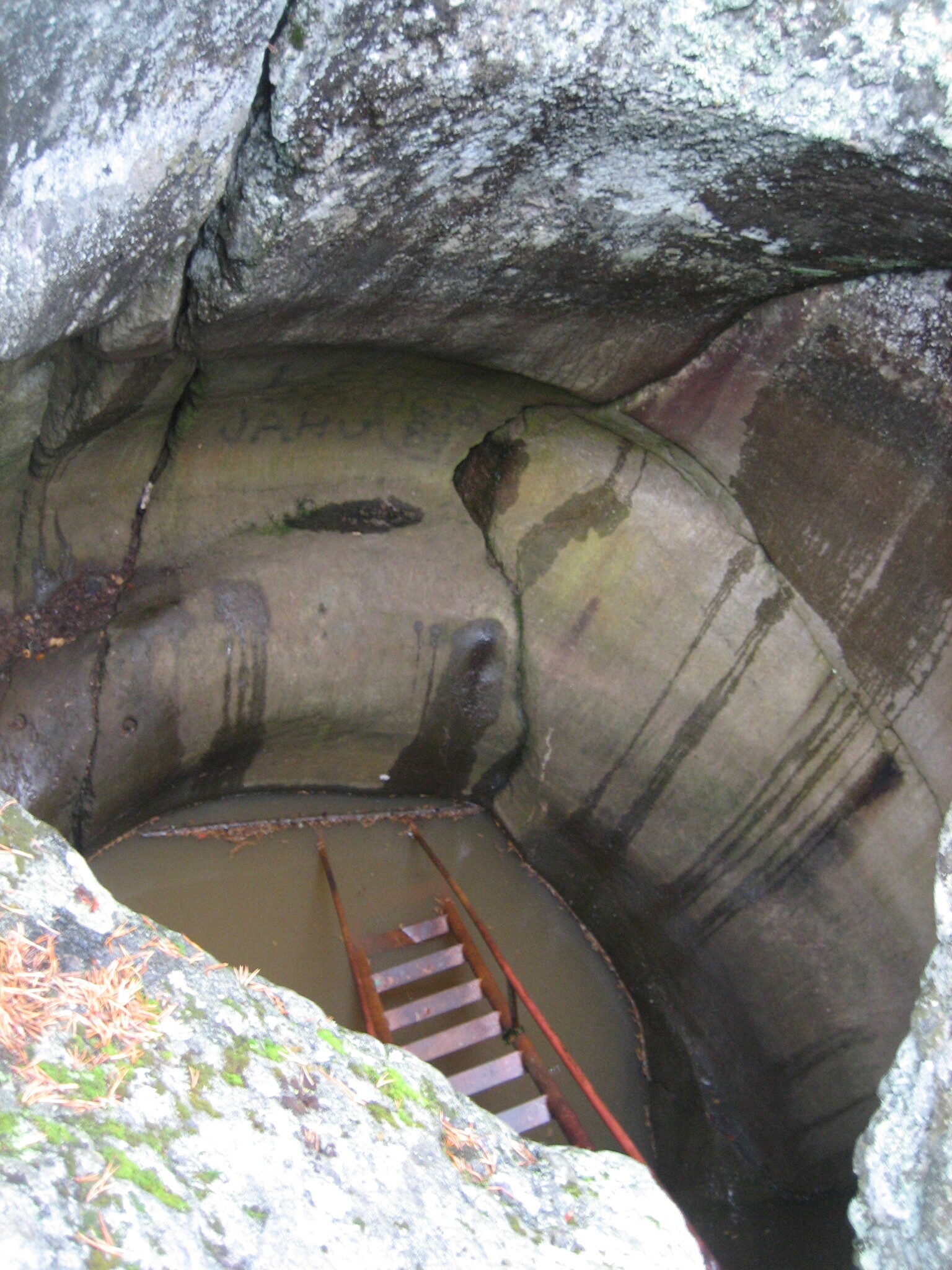
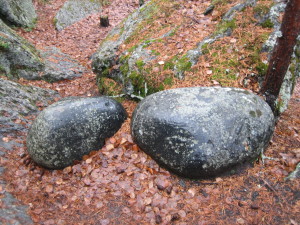
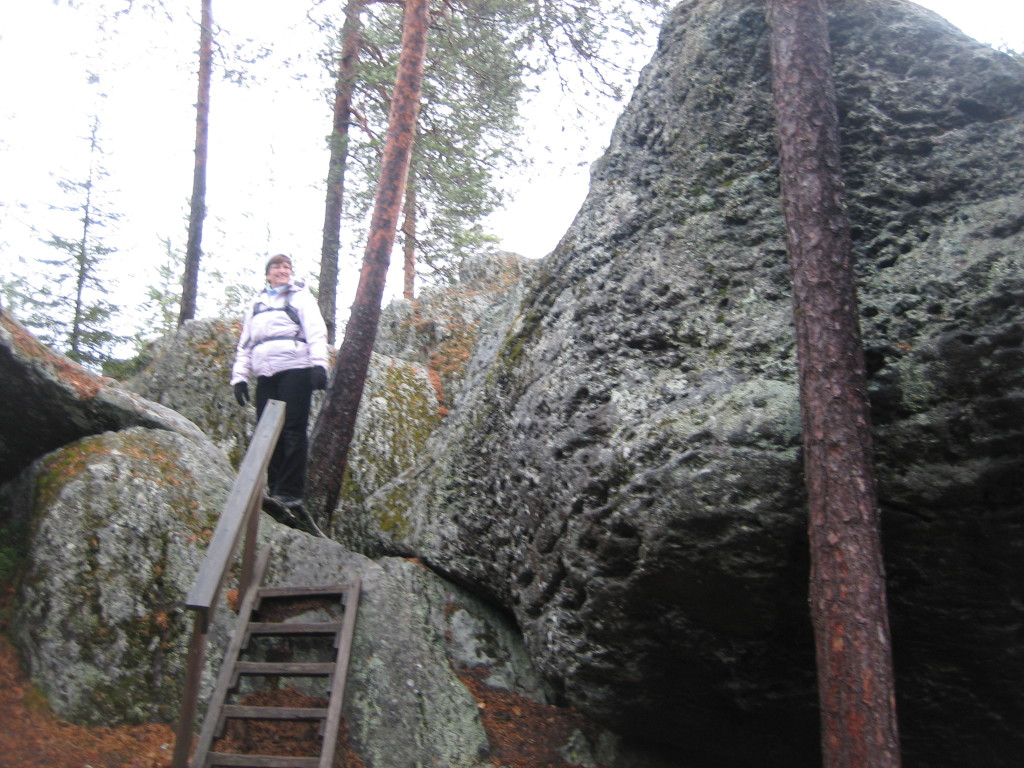
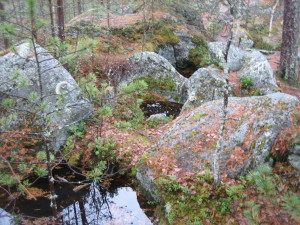
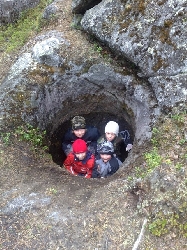

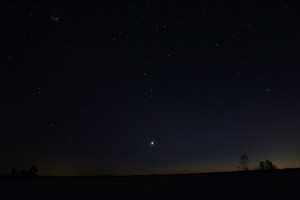

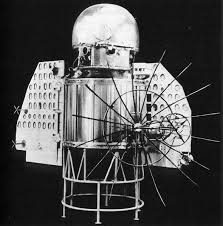

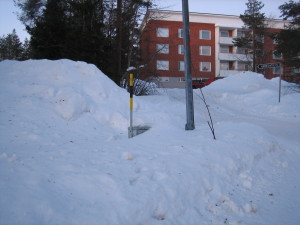

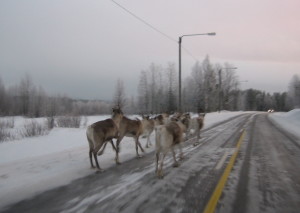
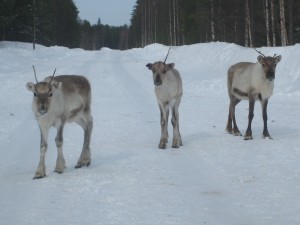
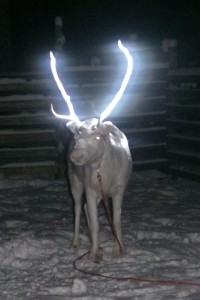
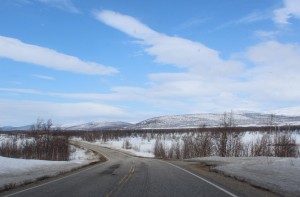
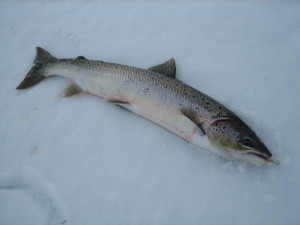
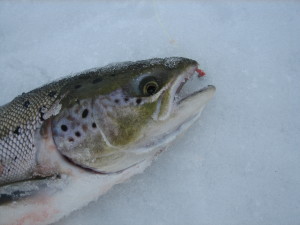
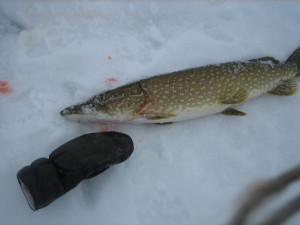

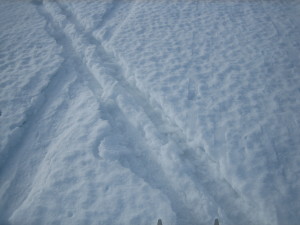
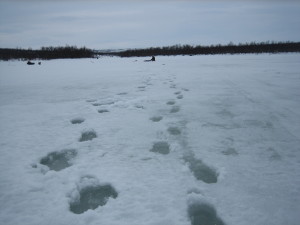
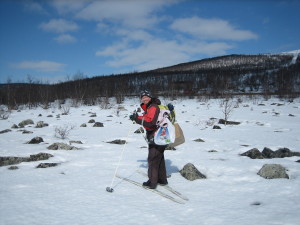
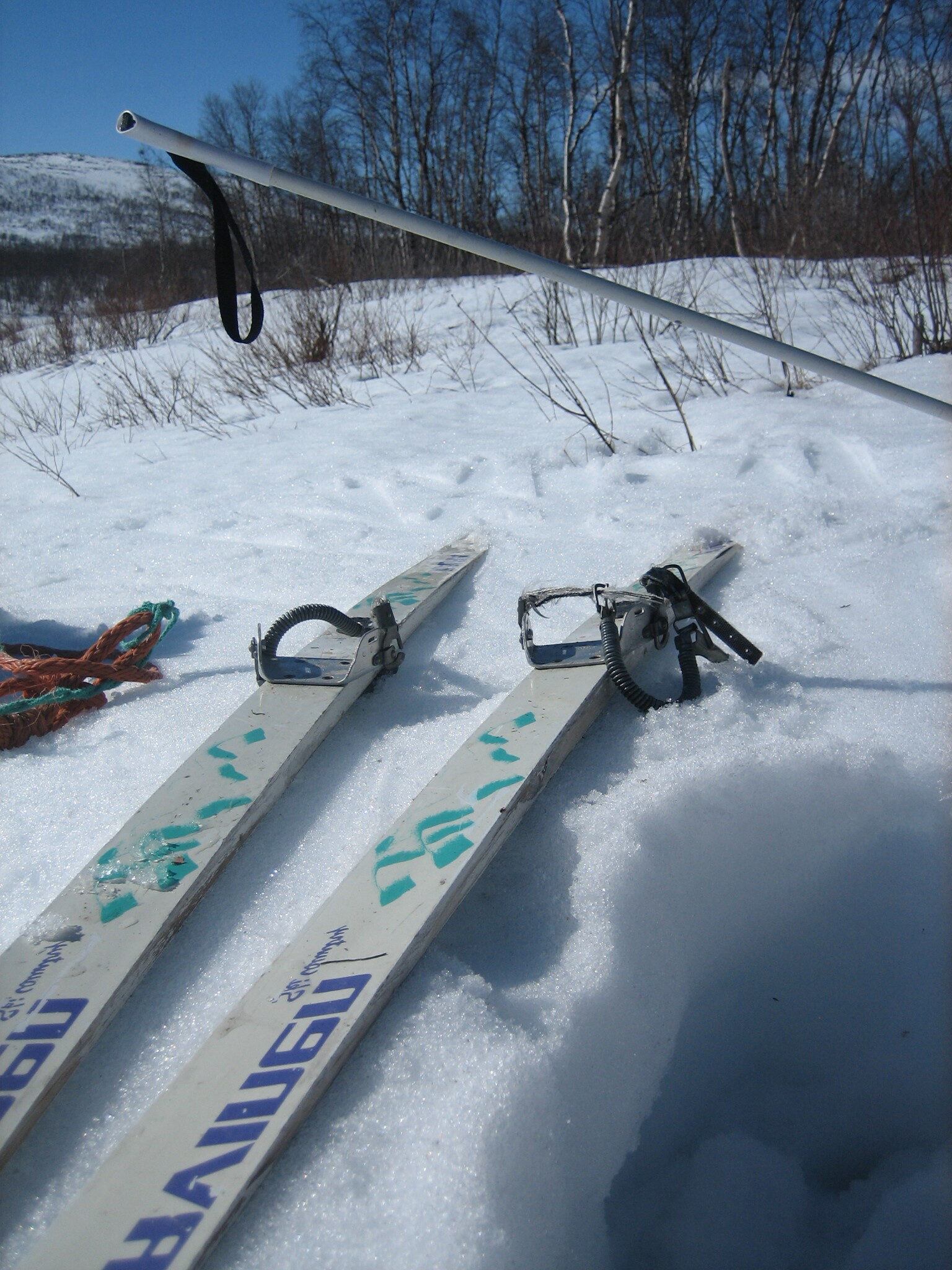
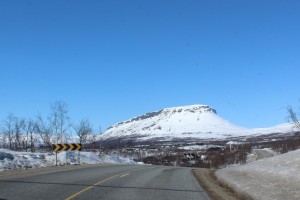
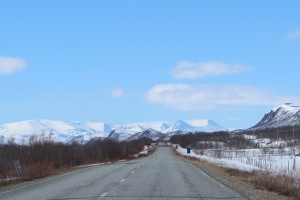
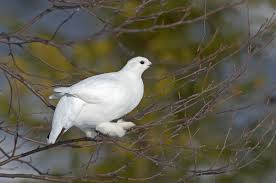
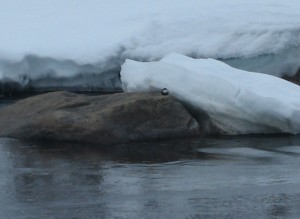


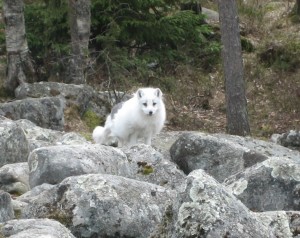

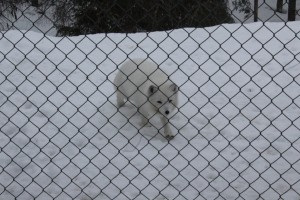
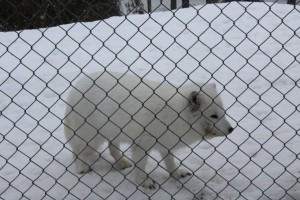
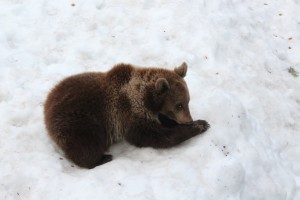
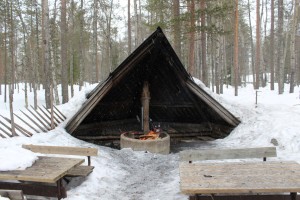
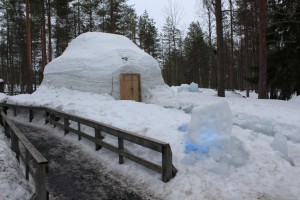
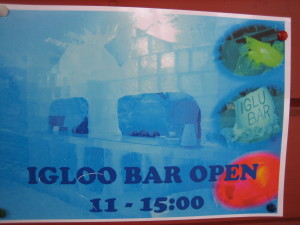
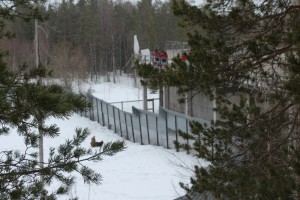
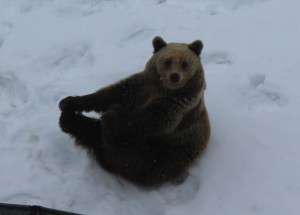
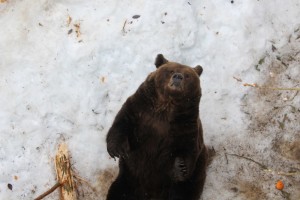

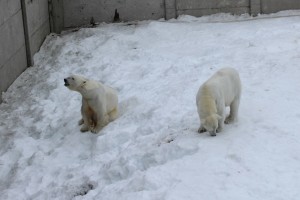

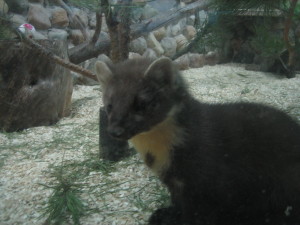
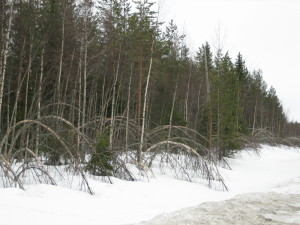
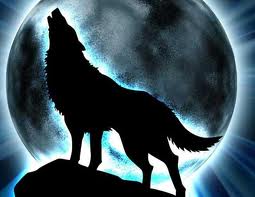
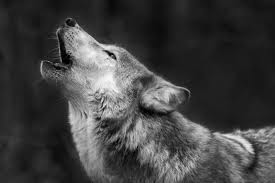
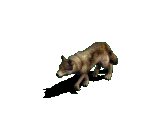 hey mainly move around during the twilight hours and they can move over distances of tens of kilometers in a single day. An old traditional story tells that a wolf could move over nine treeless bogs (valleys) in one night. In a pack only the dominant alpha pair actually breed, but the pack help to raise the cubs. Three to six cubs are born to a pack each year. Females become sexually mature at the age of about two years, while males typically mature a year later. Wolves mate in February or March, and their cubs are born a couple of months later. Cubs usually leave the pack at the age of 1-2 years. They go far away from their birthplace searching for a mate and a territory of their own.
hey mainly move around during the twilight hours and they can move over distances of tens of kilometers in a single day. An old traditional story tells that a wolf could move over nine treeless bogs (valleys) in one night. In a pack only the dominant alpha pair actually breed, but the pack help to raise the cubs. Three to six cubs are born to a pack each year. Females become sexually mature at the age of about two years, while males typically mature a year later. Wolves mate in February or March, and their cubs are born a couple of months later. Cubs usually leave the pack at the age of 1-2 years. They go far away from their birthplace searching for a mate and a territory of their own.

 The coat is mainly yellowish-grey, but there are variations. People often mistake big dogs for wolves, and wolves can be most easily distinguished from wolf-like dogs by their slanting eyes – if you come so near you can see the eyes – and the way they hold their tails at a downward angle. Their tracks are very hard to tell apart from dogs’ tracks. Wolves often walk straight, while dogs tend to wander more. The wolves’ footprints are often larger than the footprint of dogs.
The coat is mainly yellowish-grey, but there are variations. People often mistake big dogs for wolves, and wolves can be most easily distinguished from wolf-like dogs by their slanting eyes – if you come so near you can see the eyes – and the way they hold their tails at a downward angle. Their tracks are very hard to tell apart from dogs’ tracks. Wolves often walk straight, while dogs tend to wander more. The wolves’ footprints are often larger than the footprint of dogs.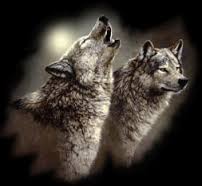 In Finland you can see wolves in
In Finland you can see wolves in 